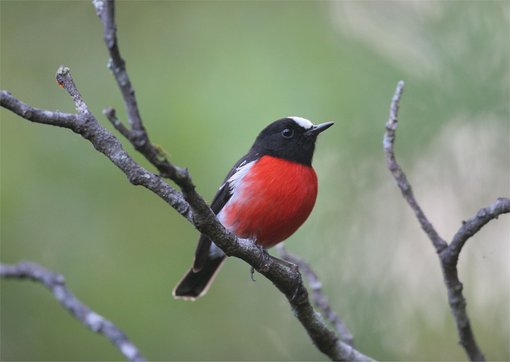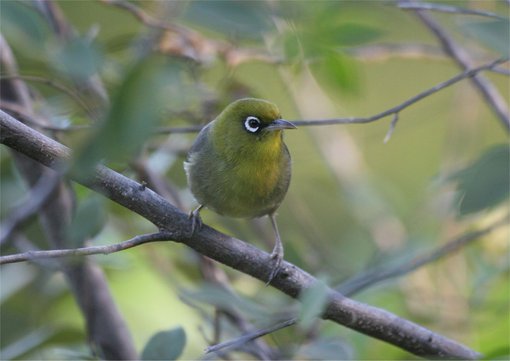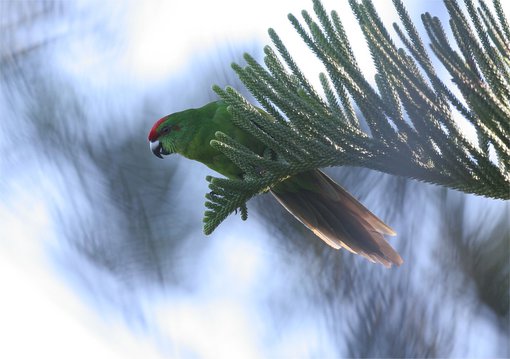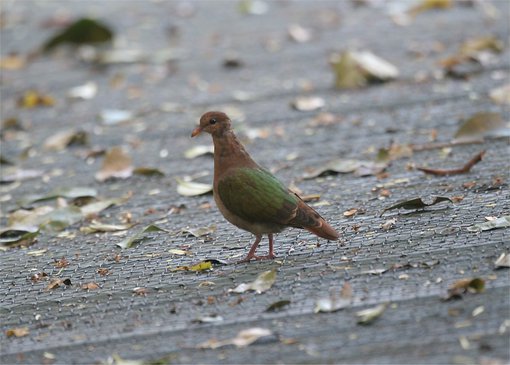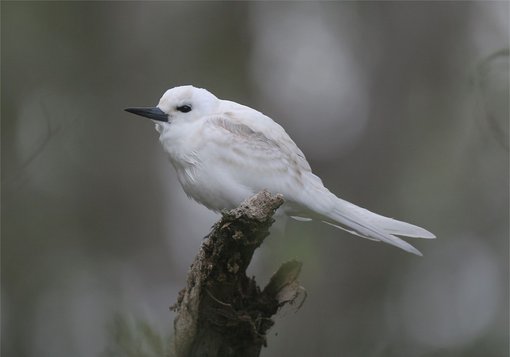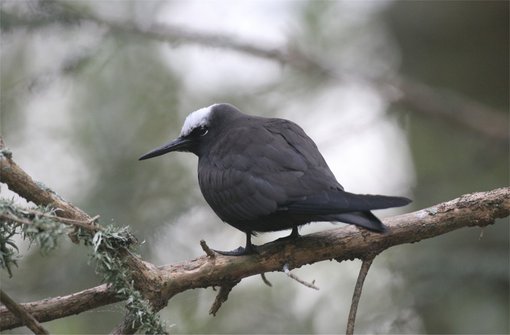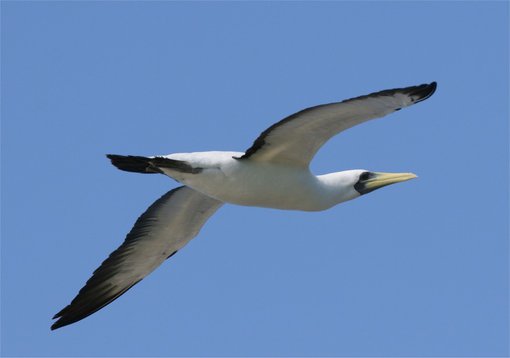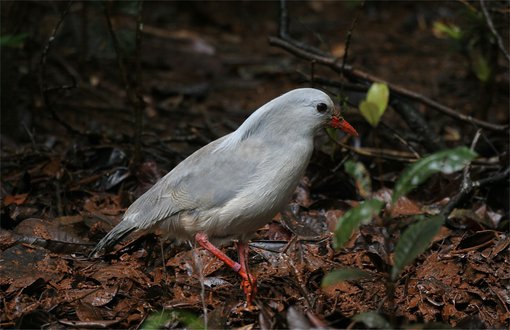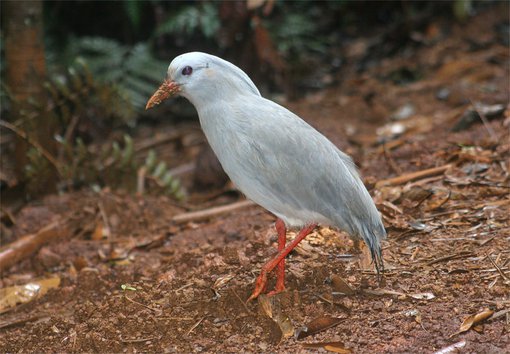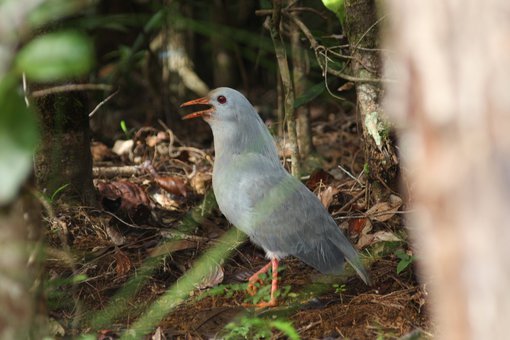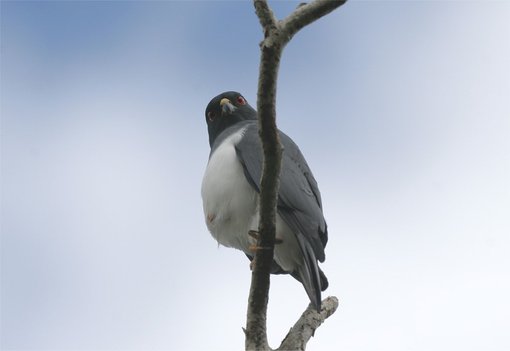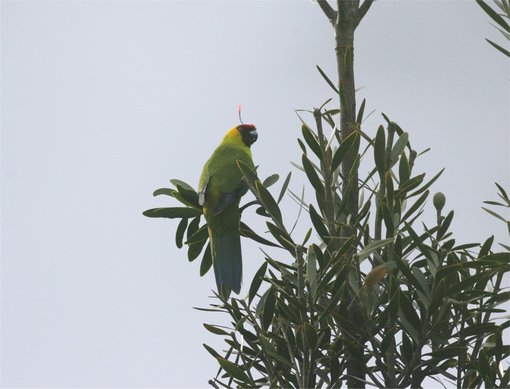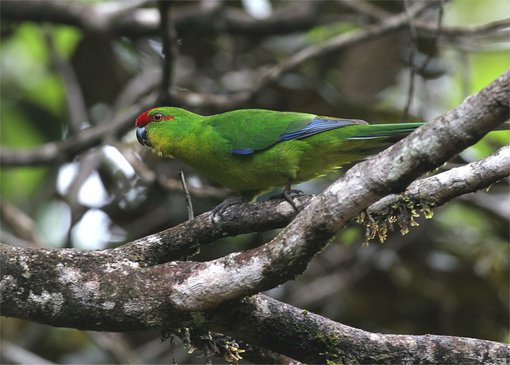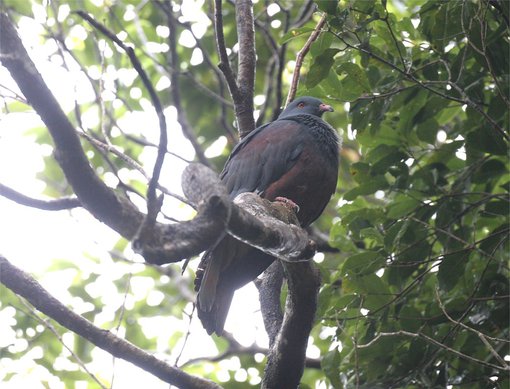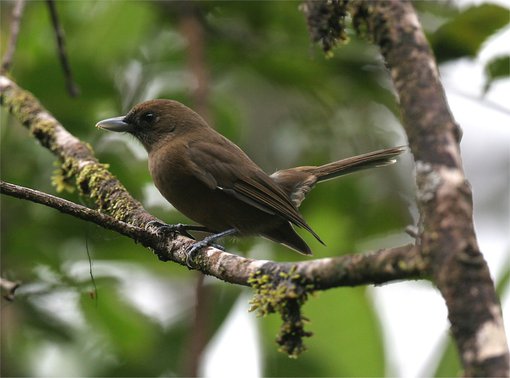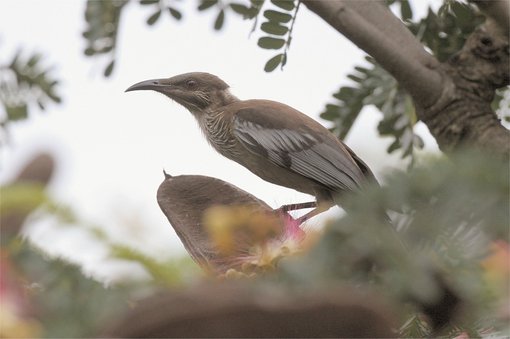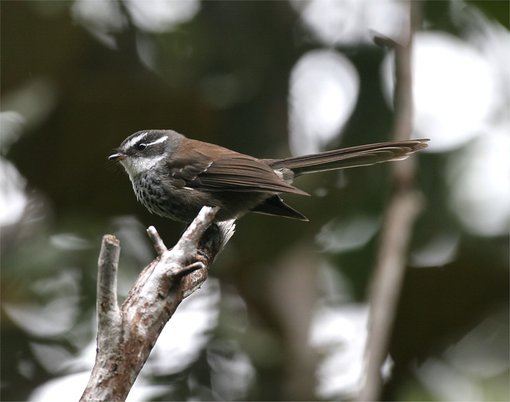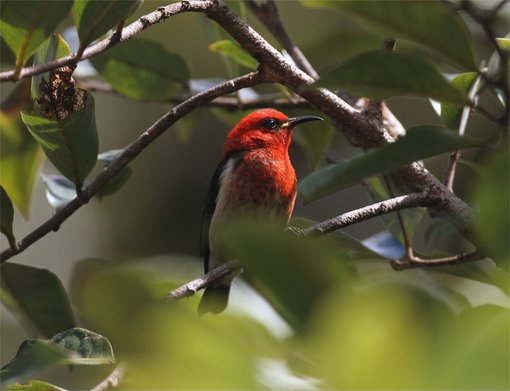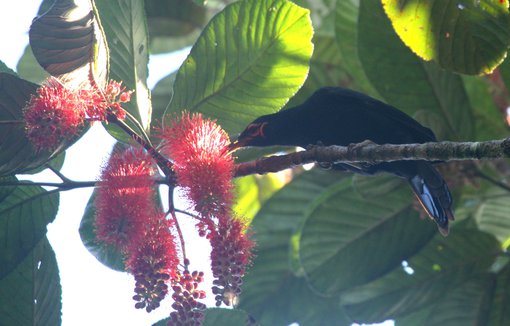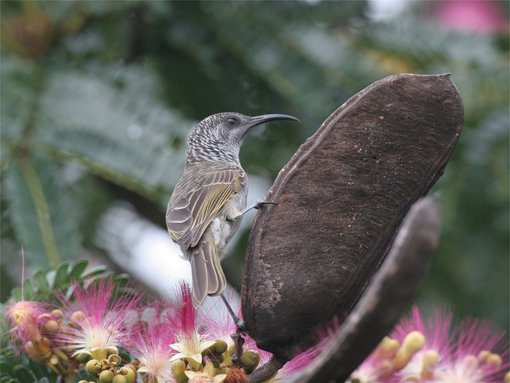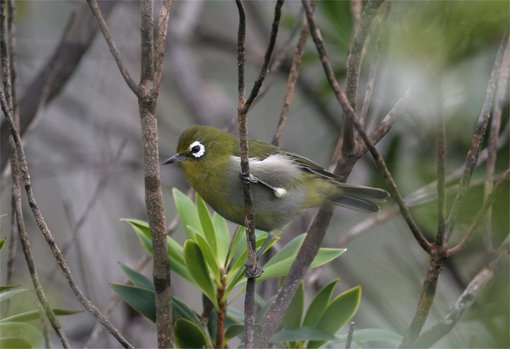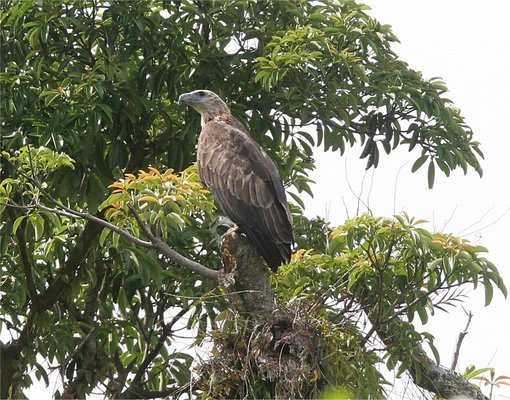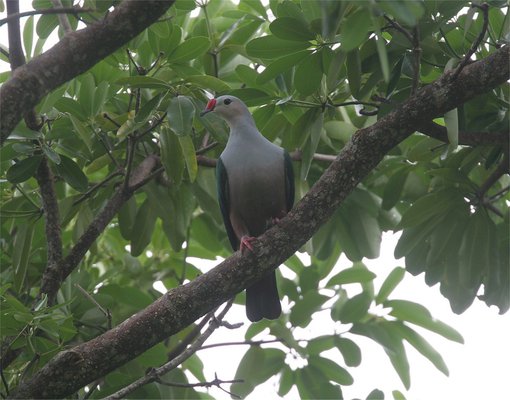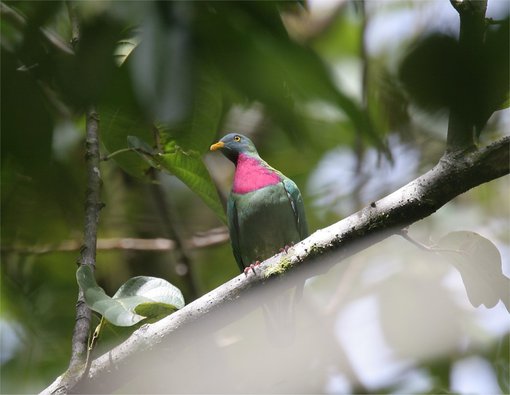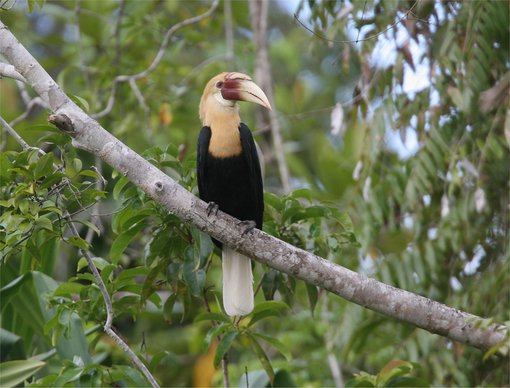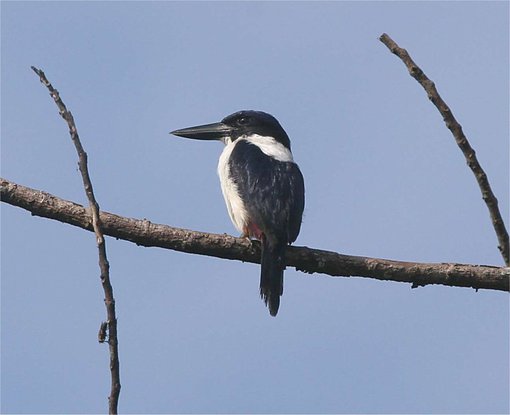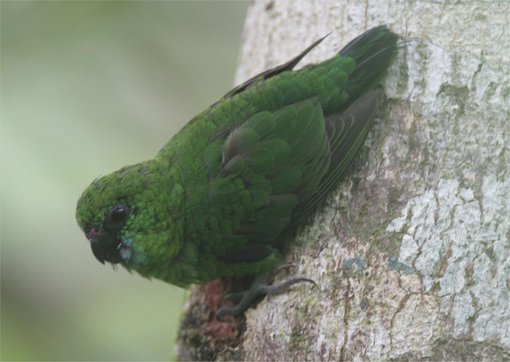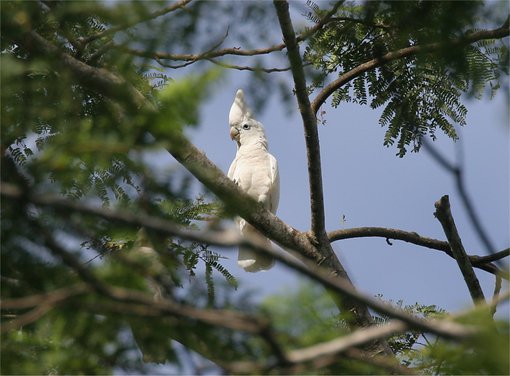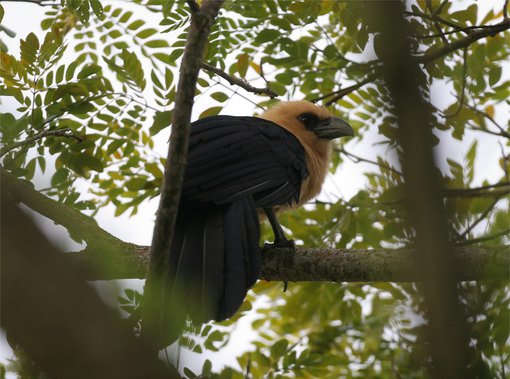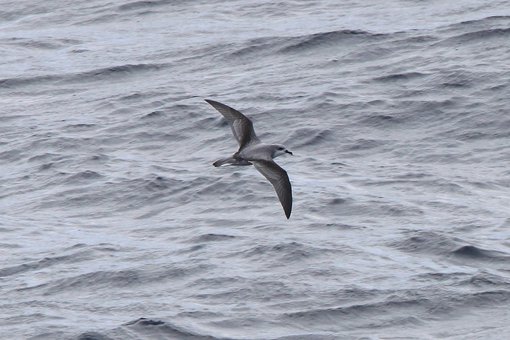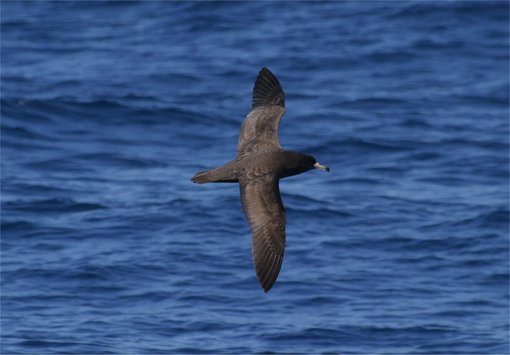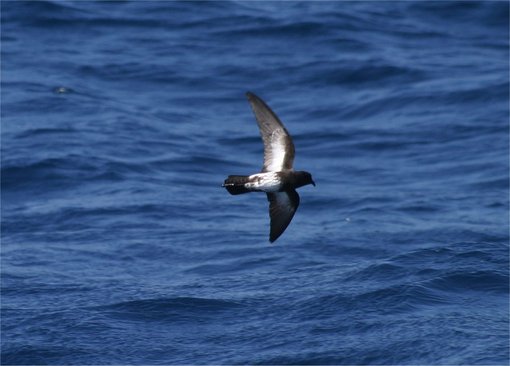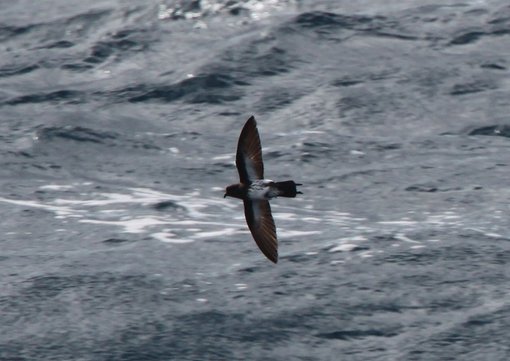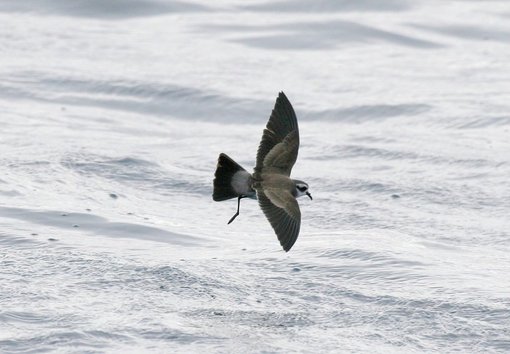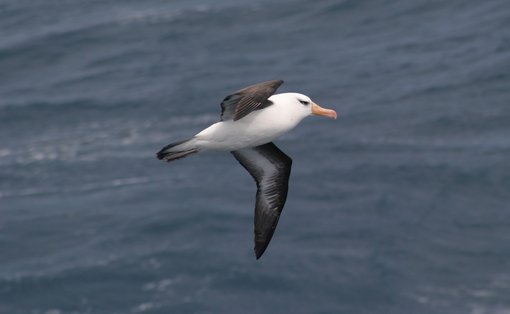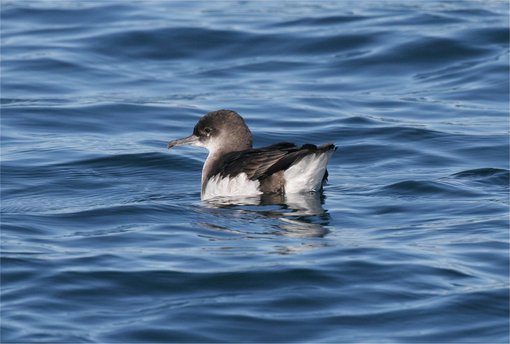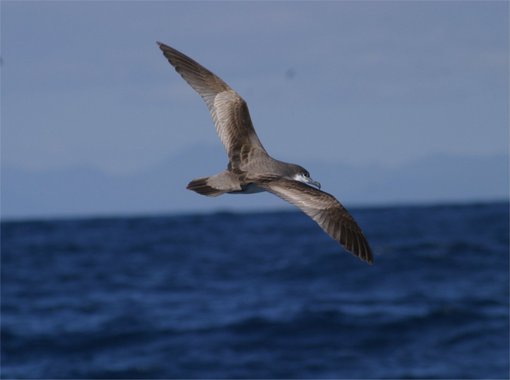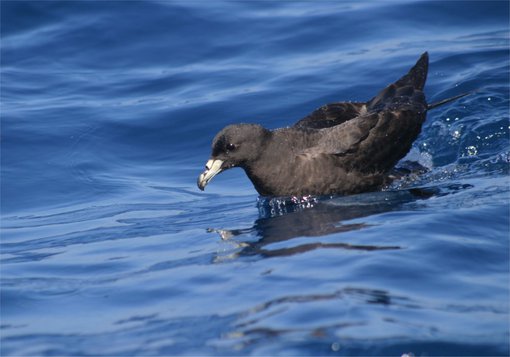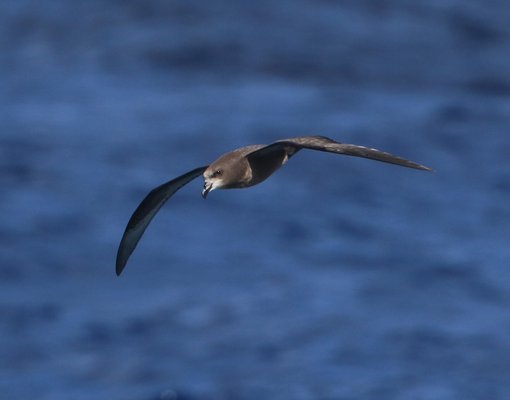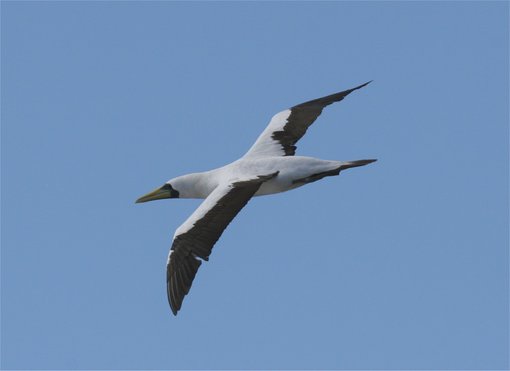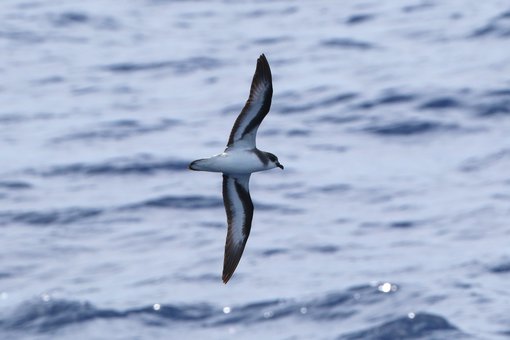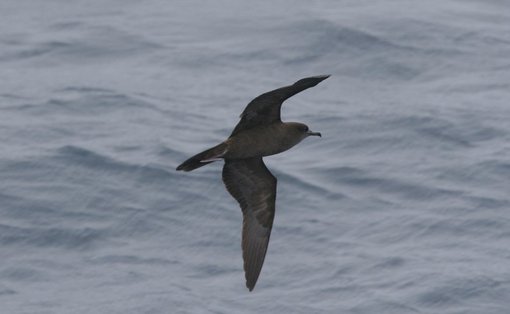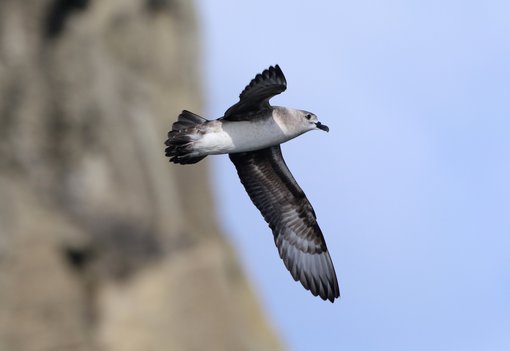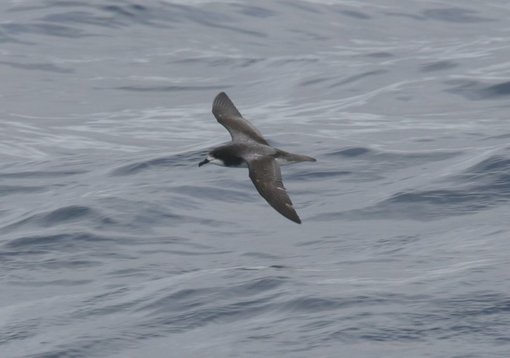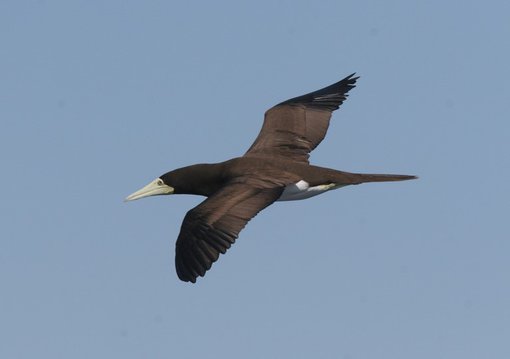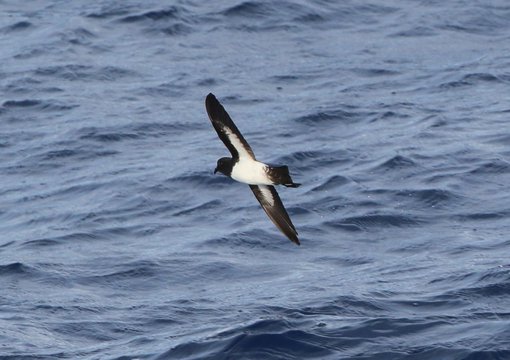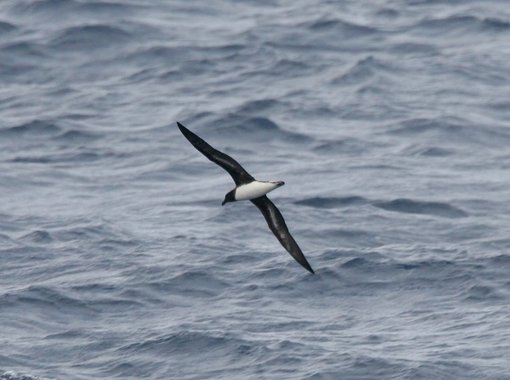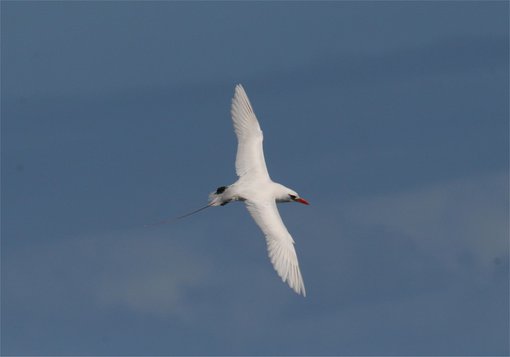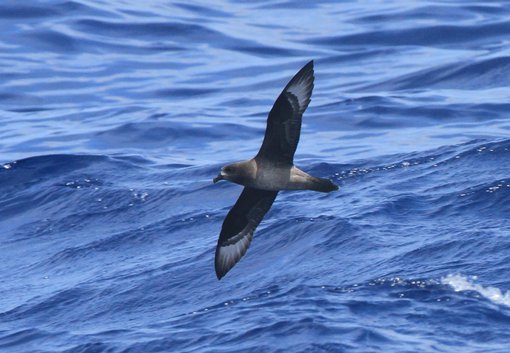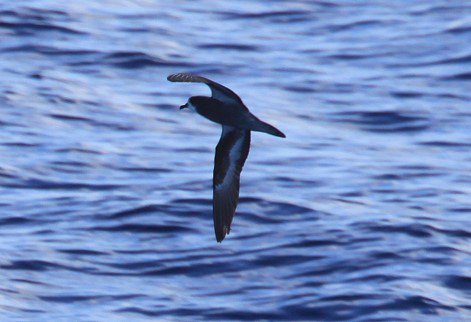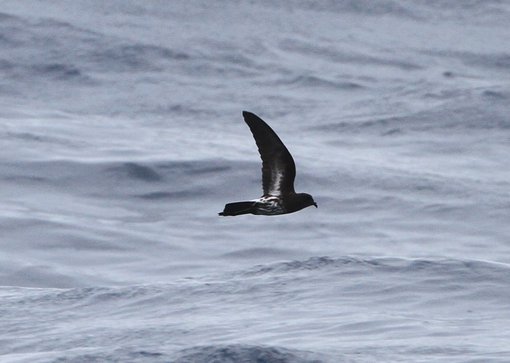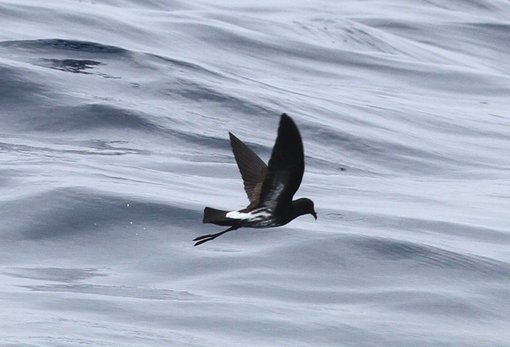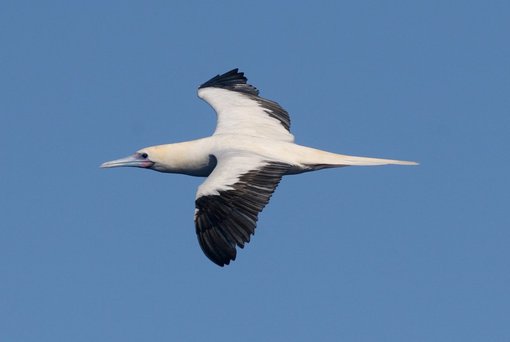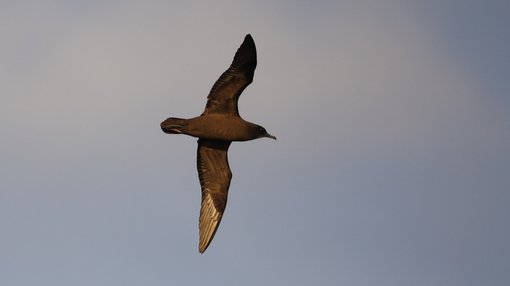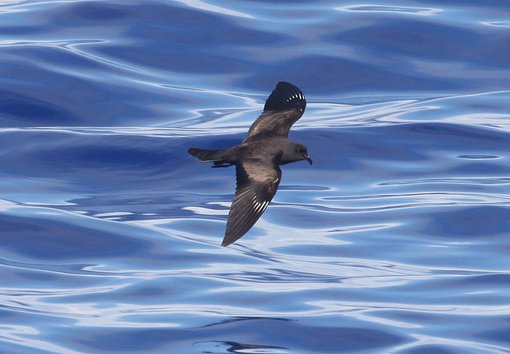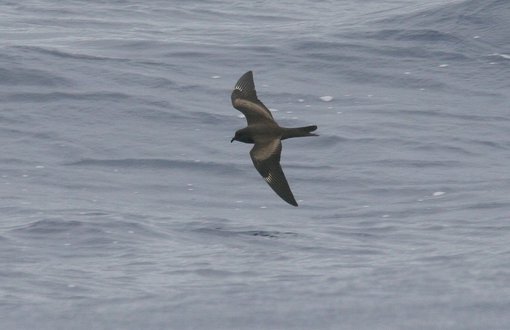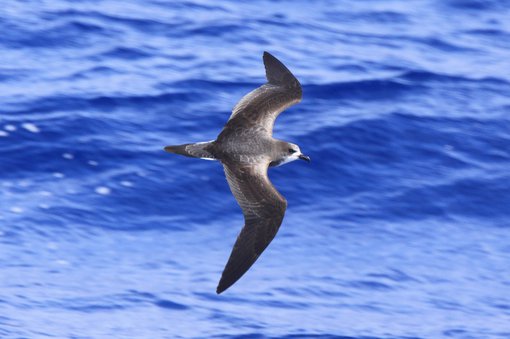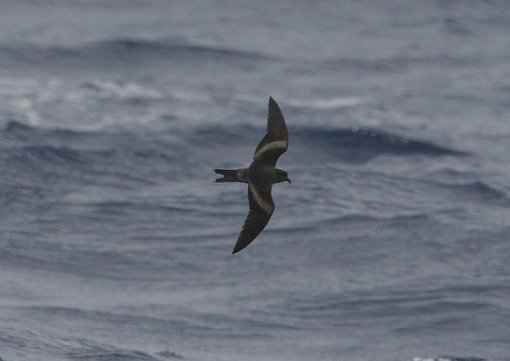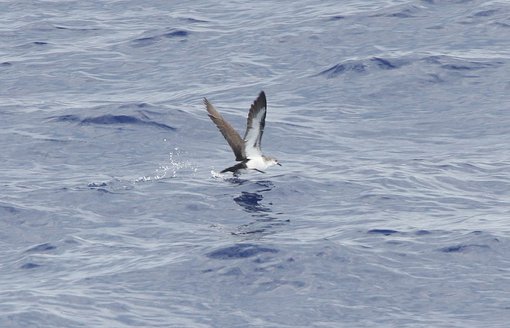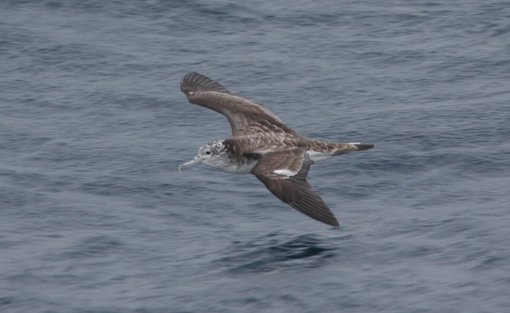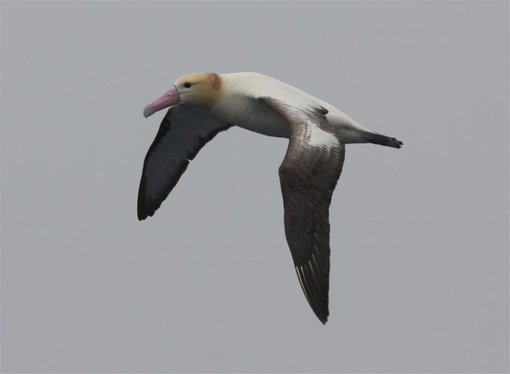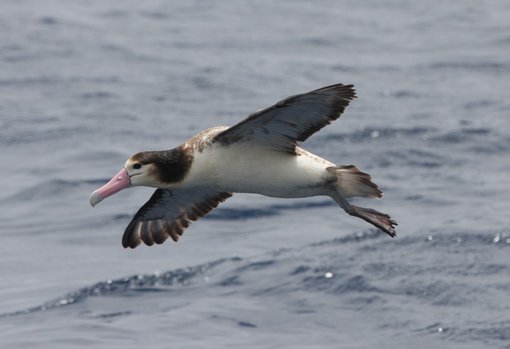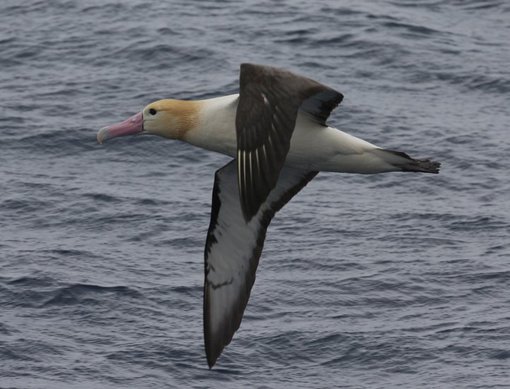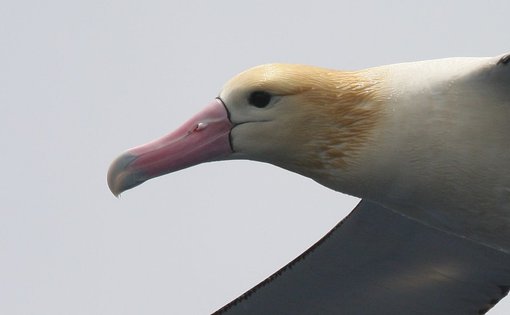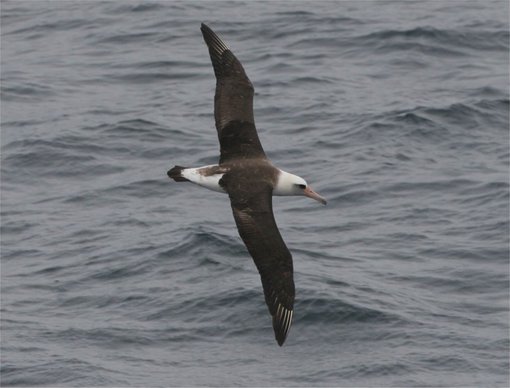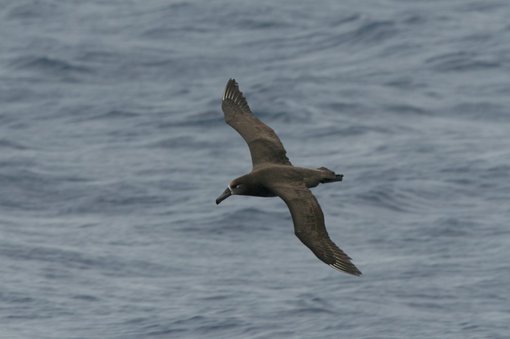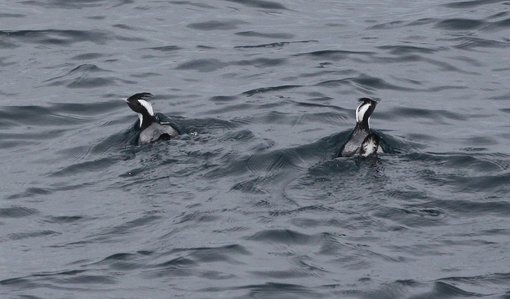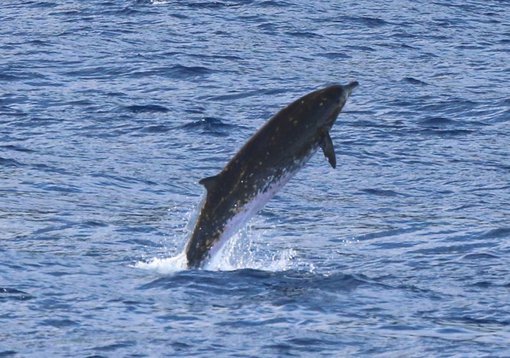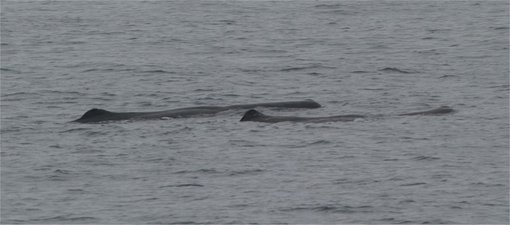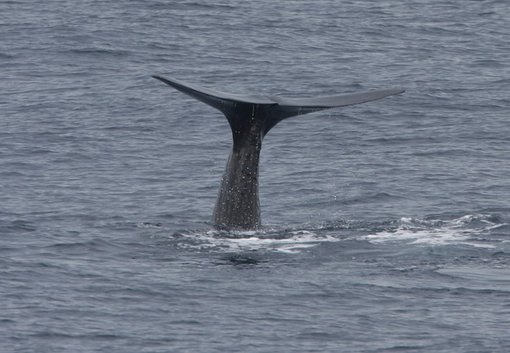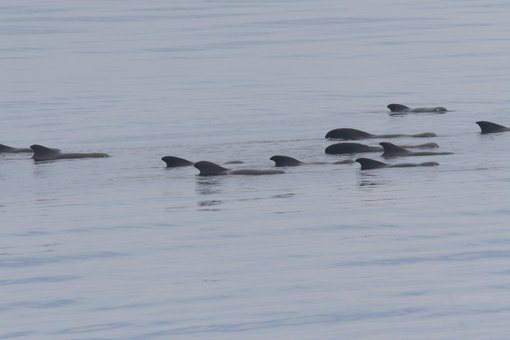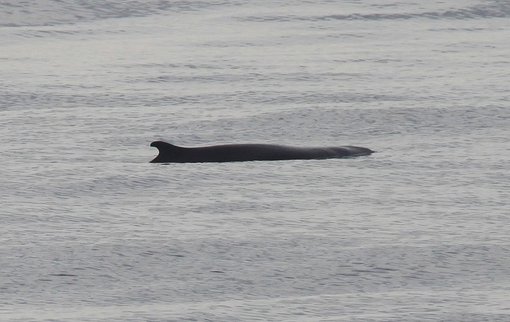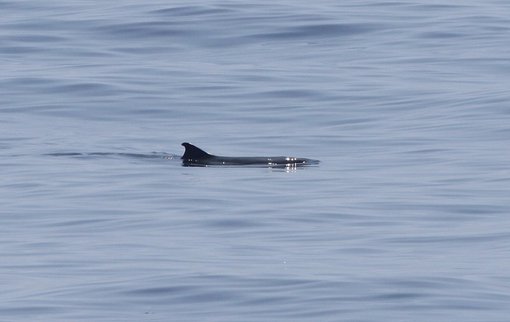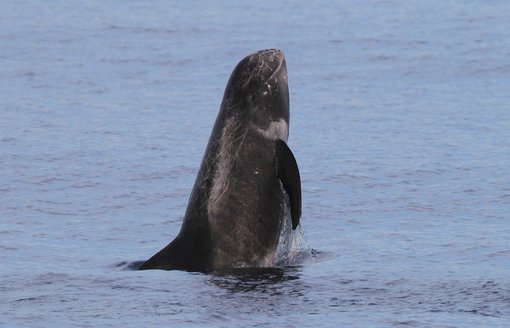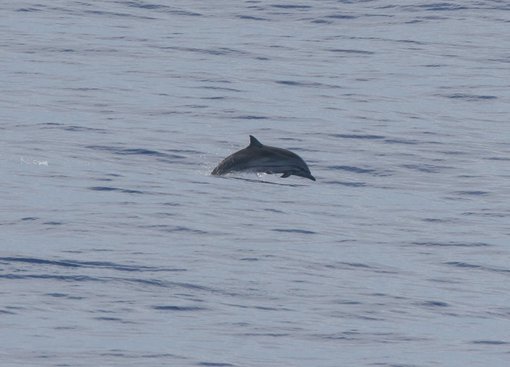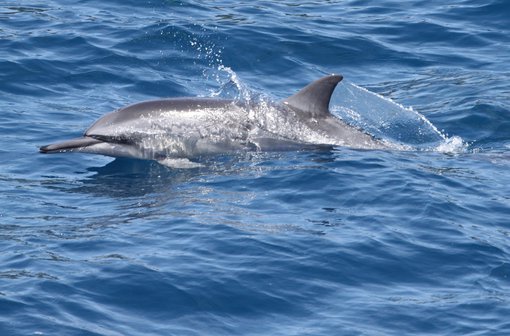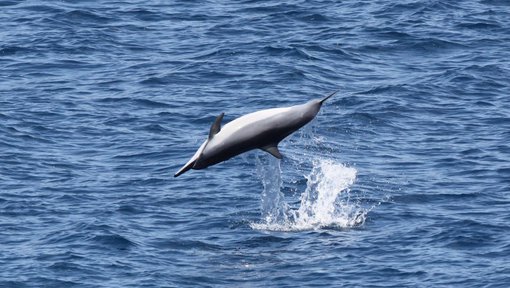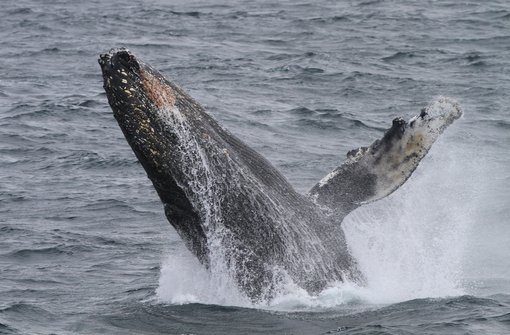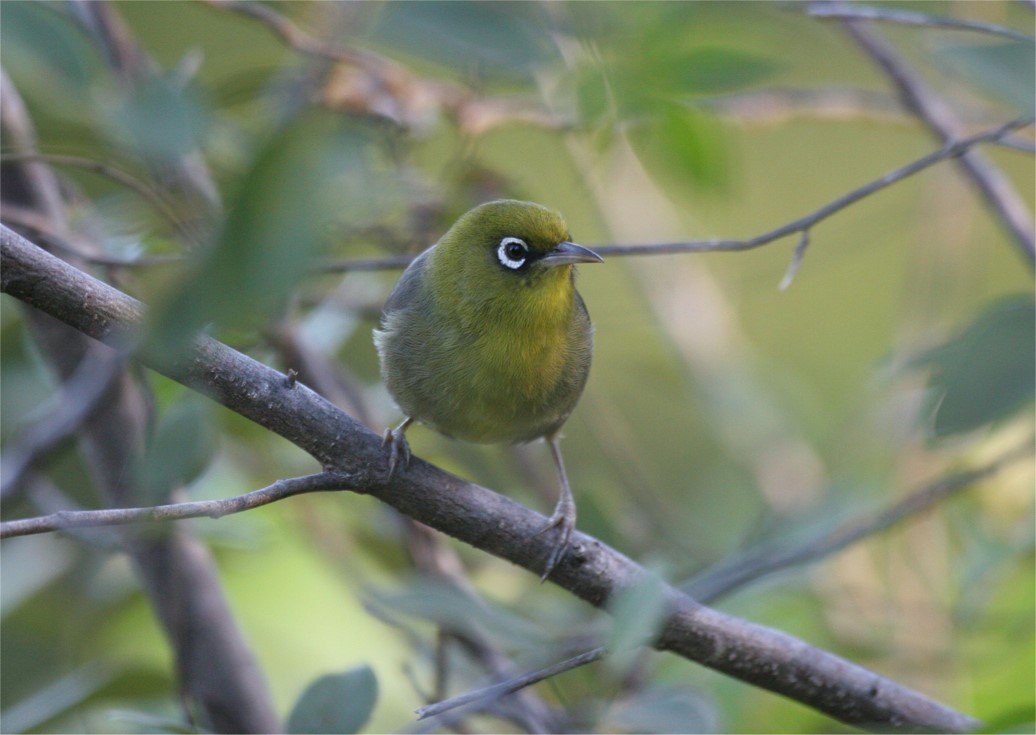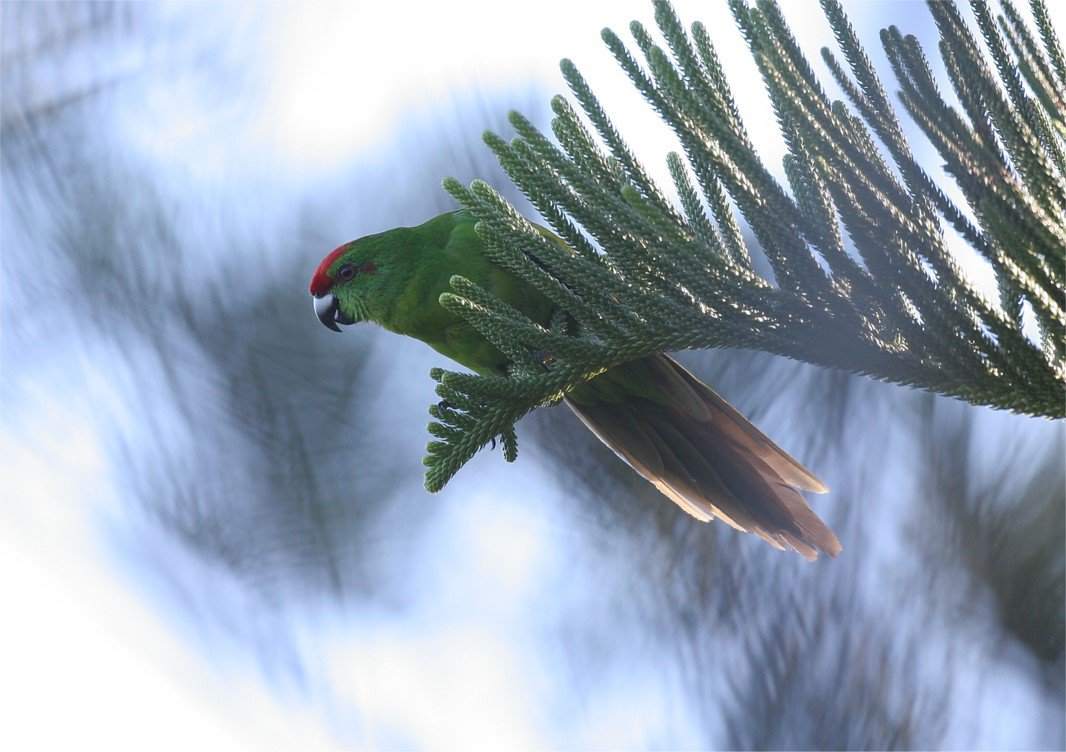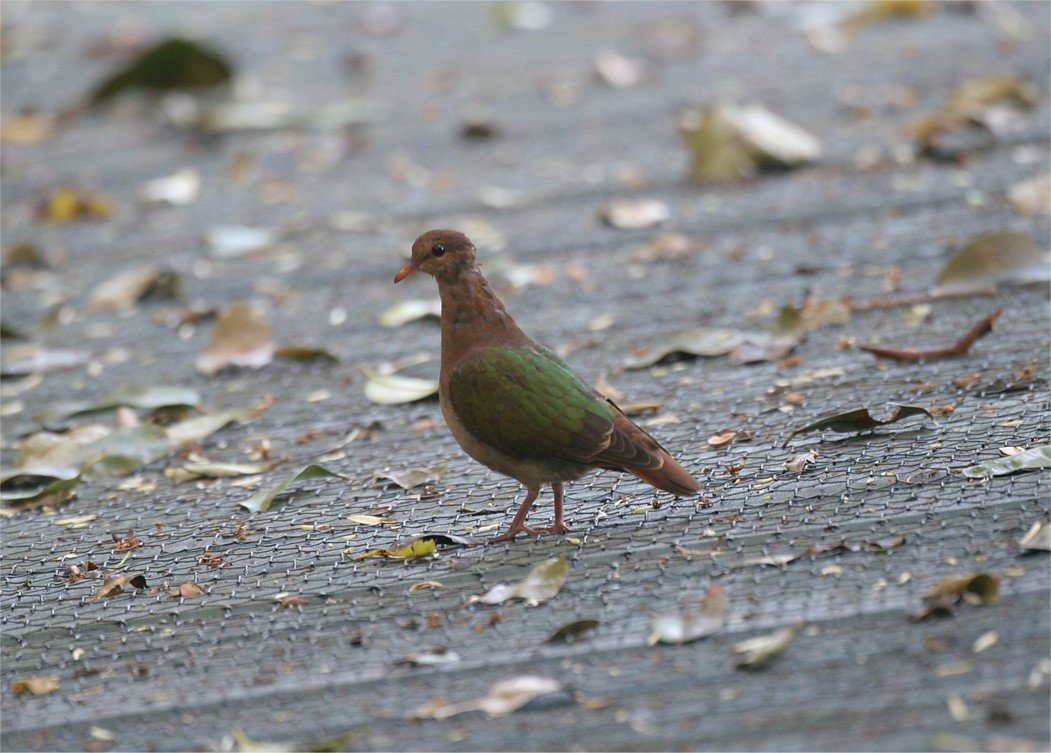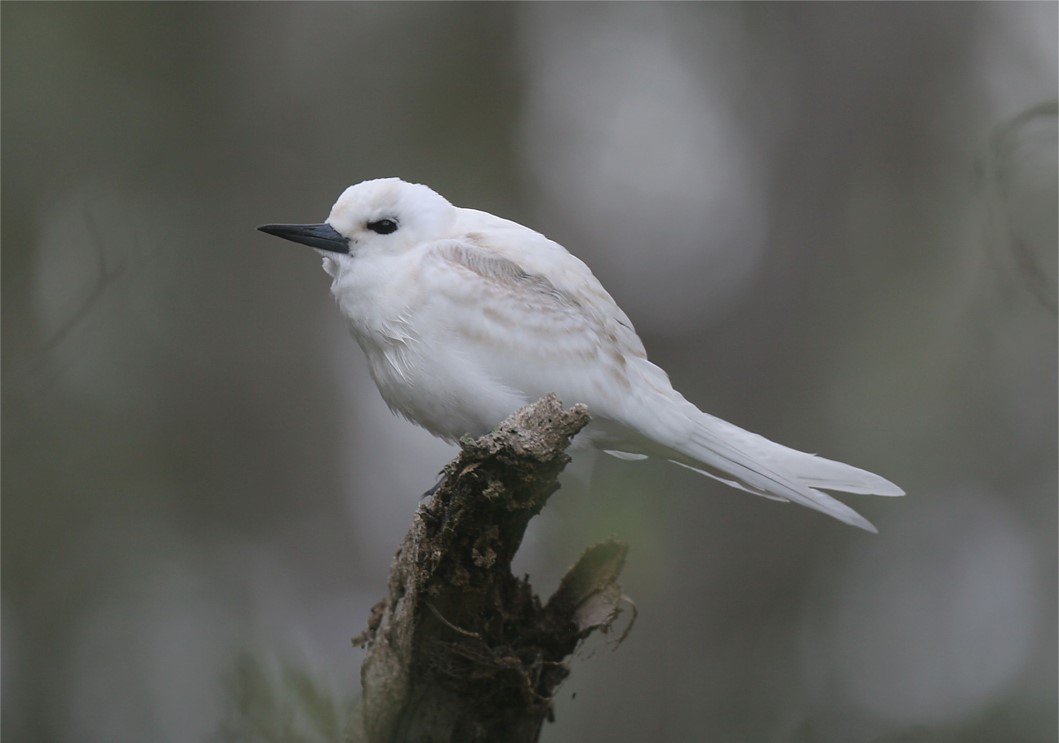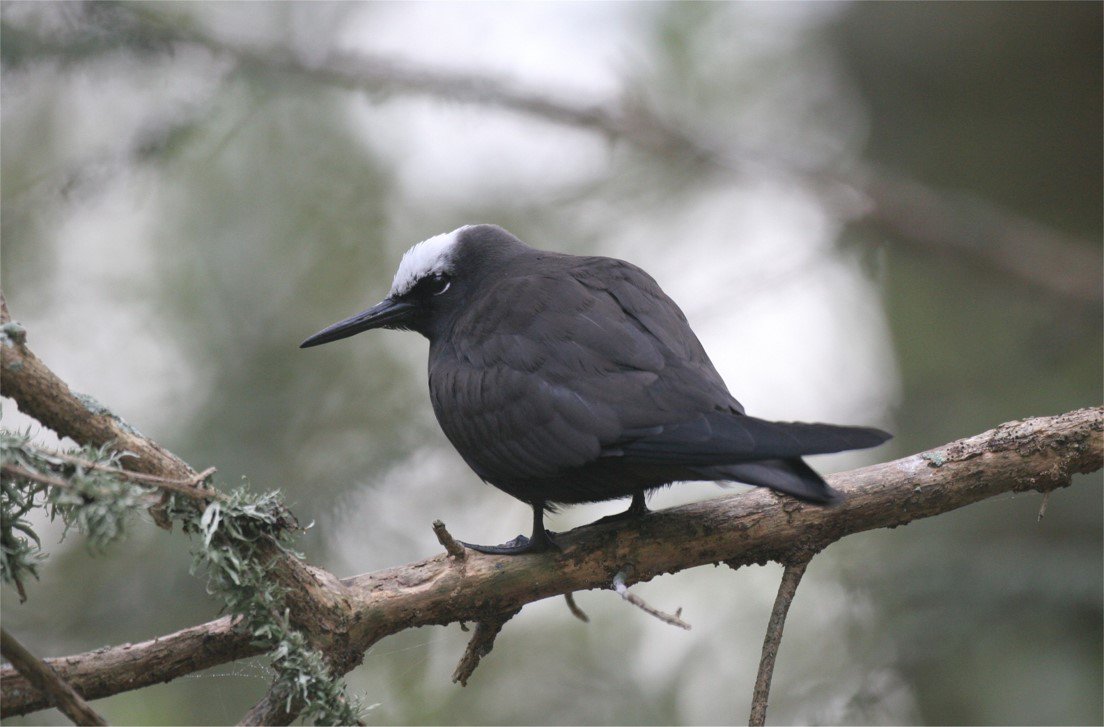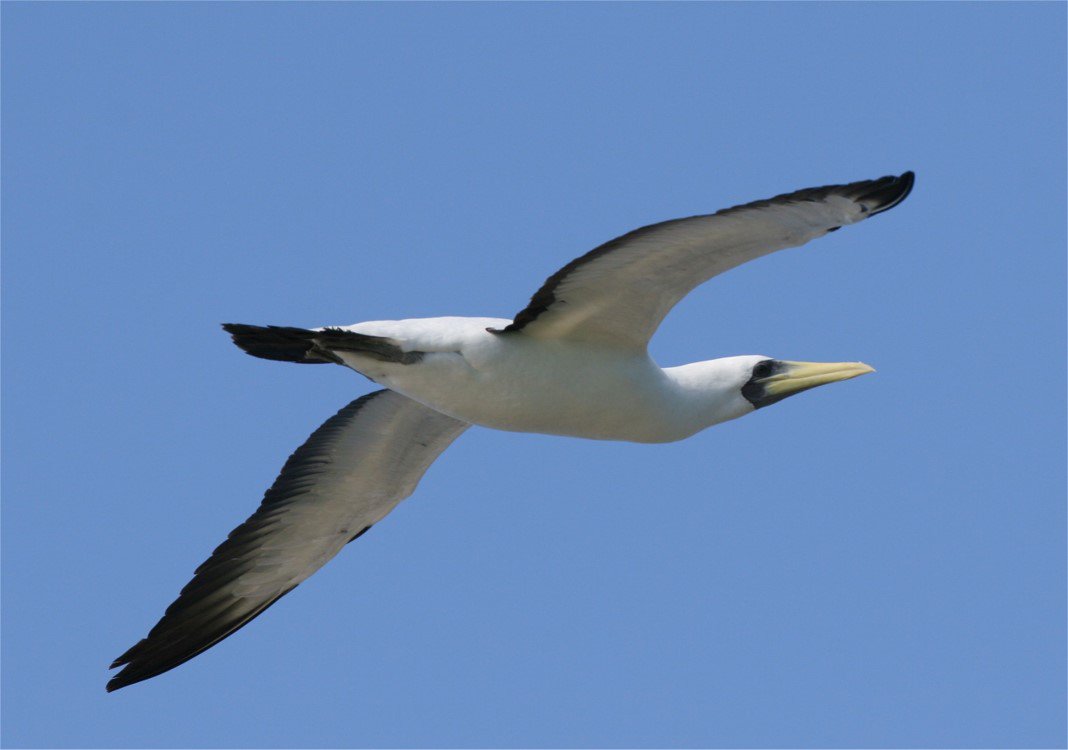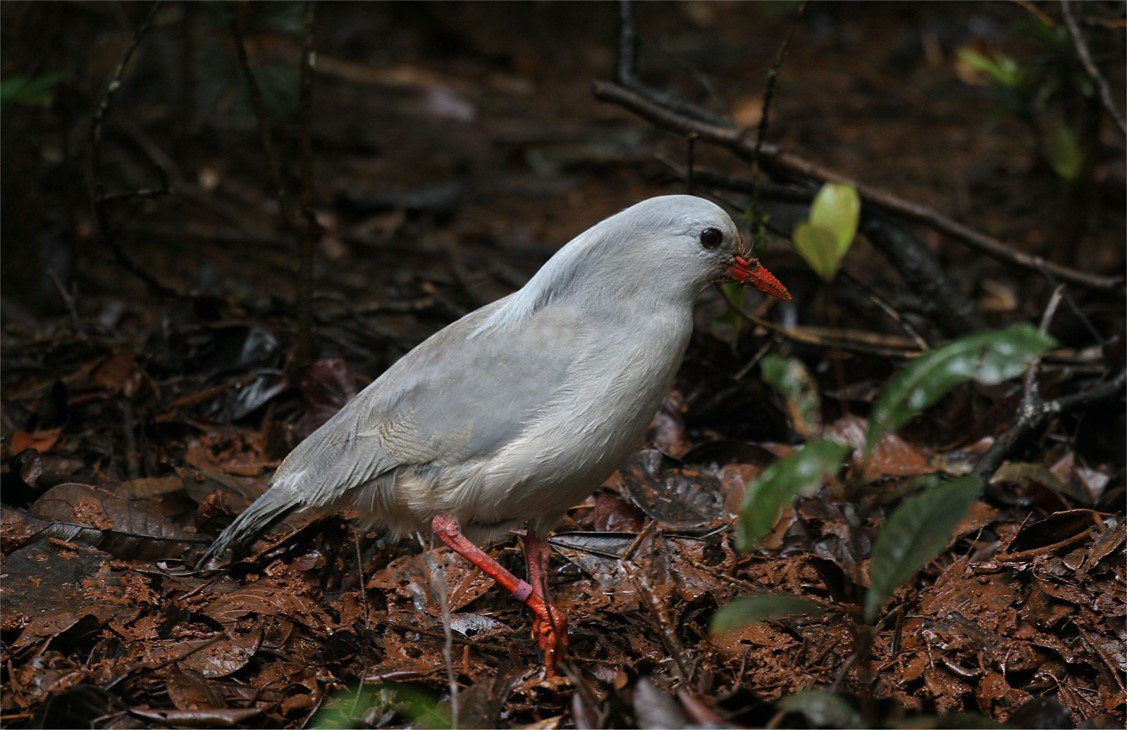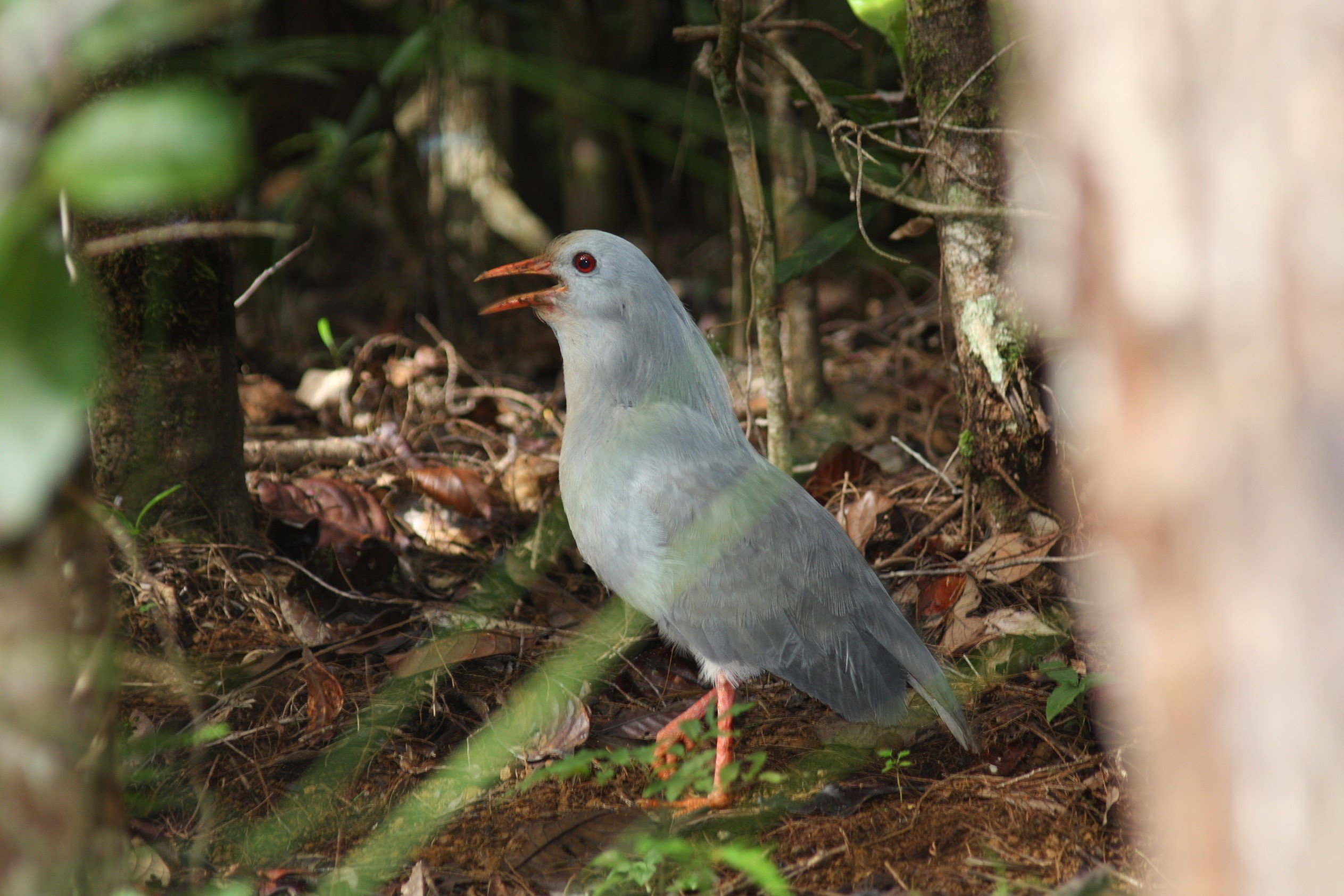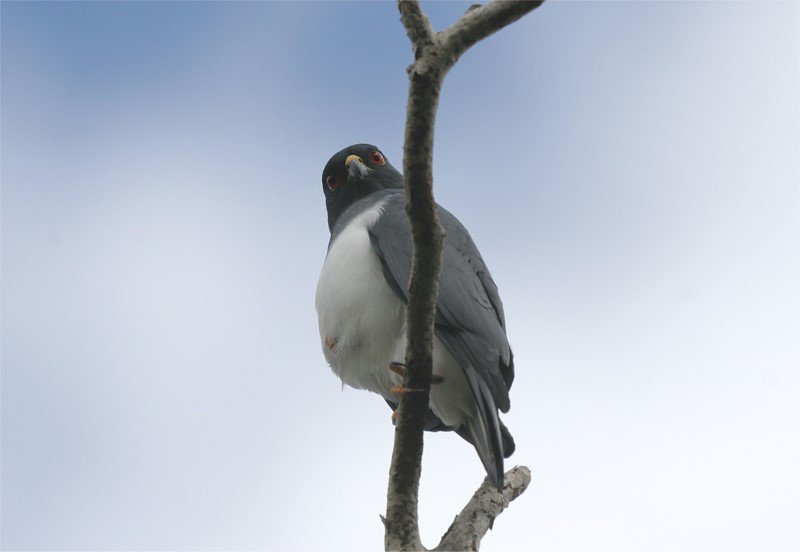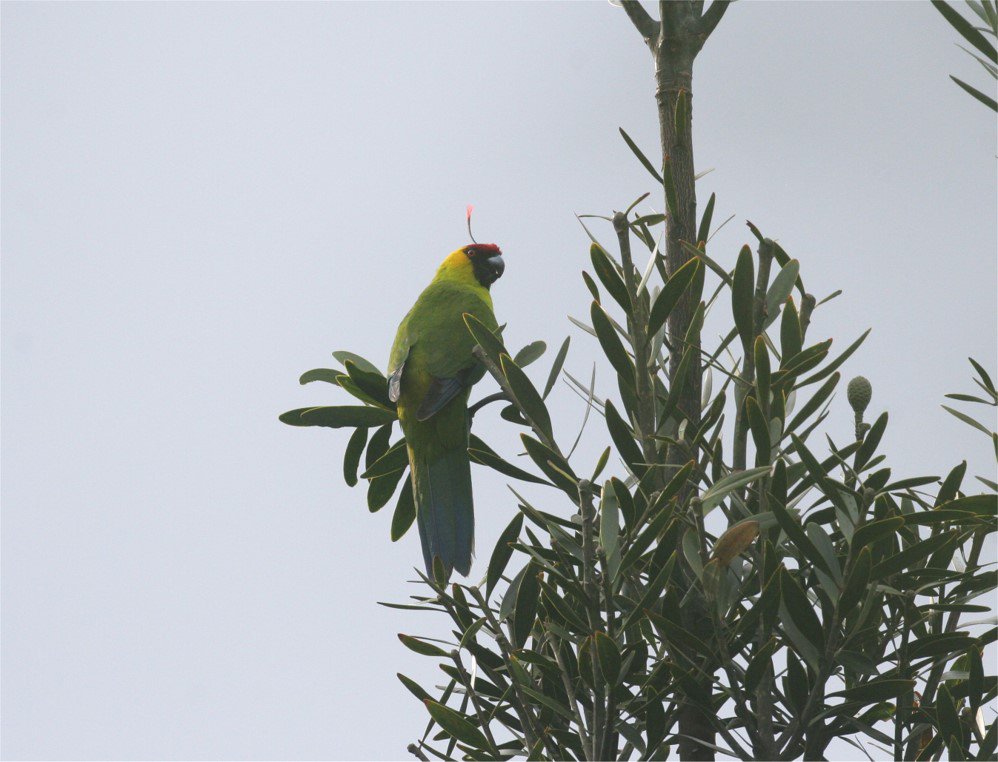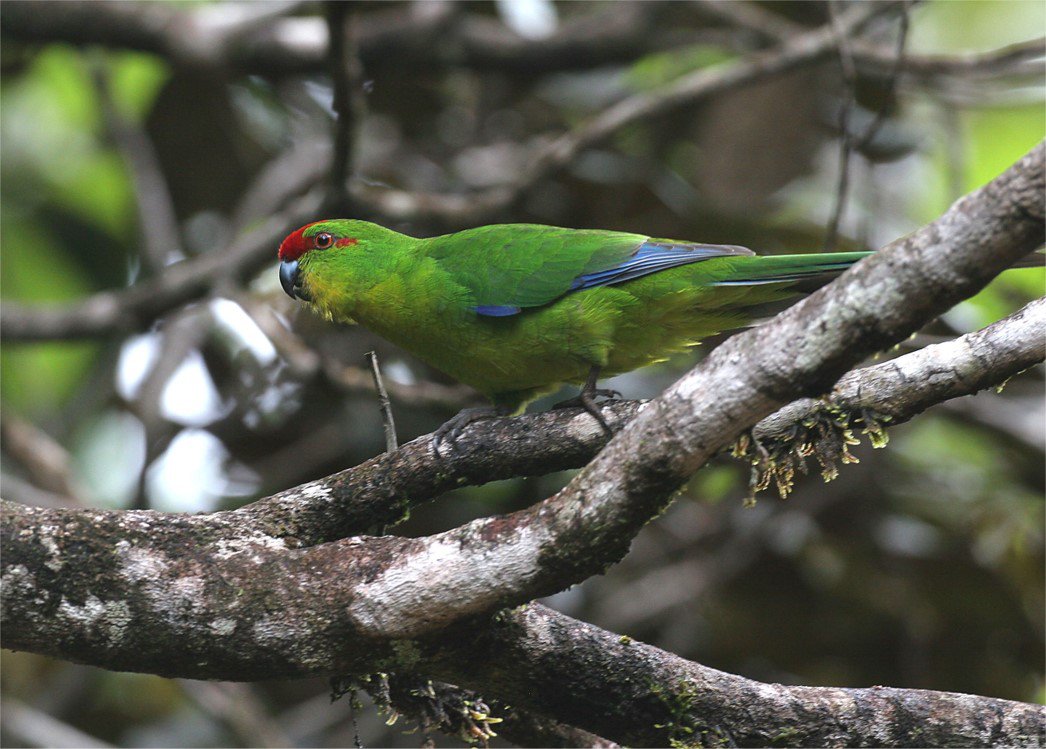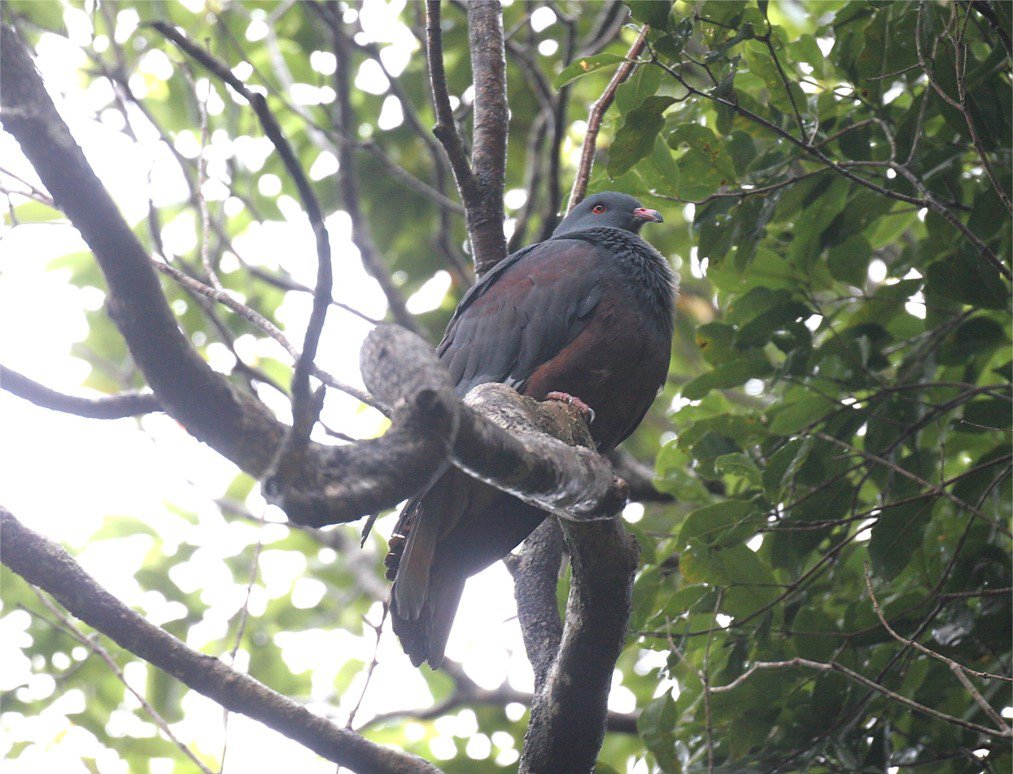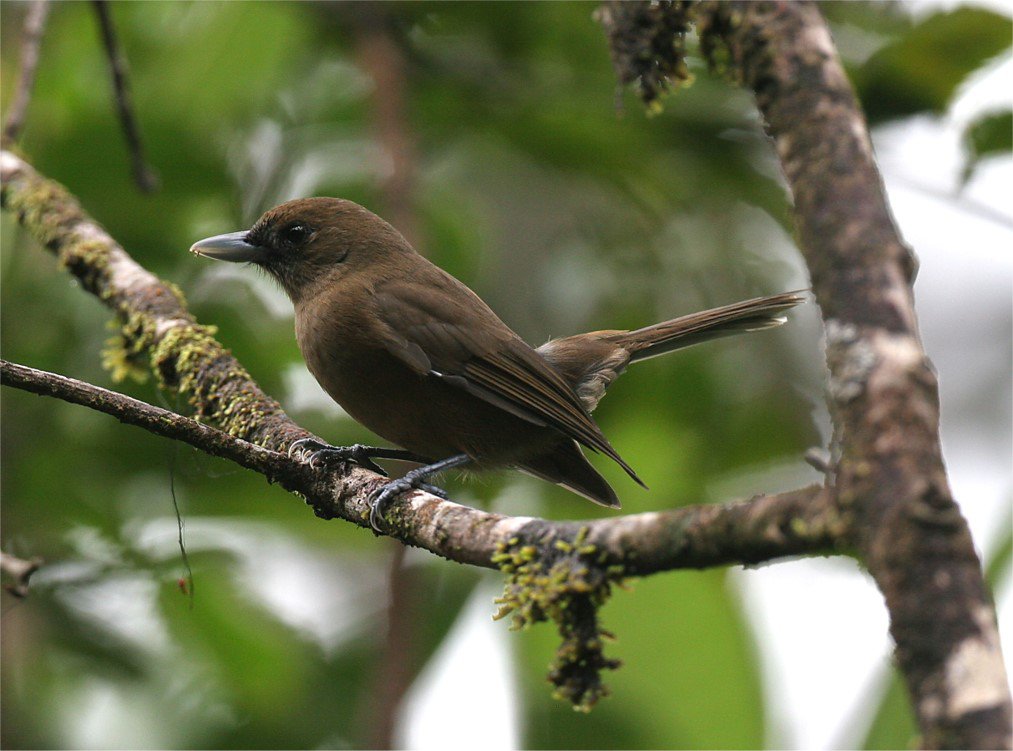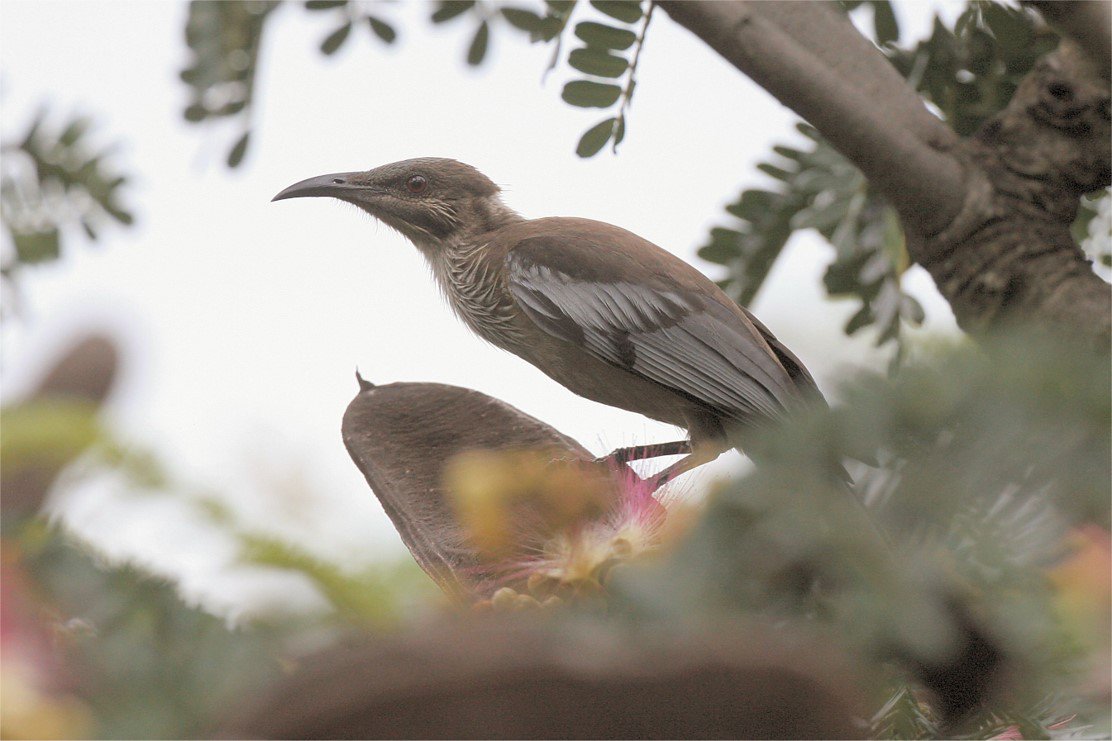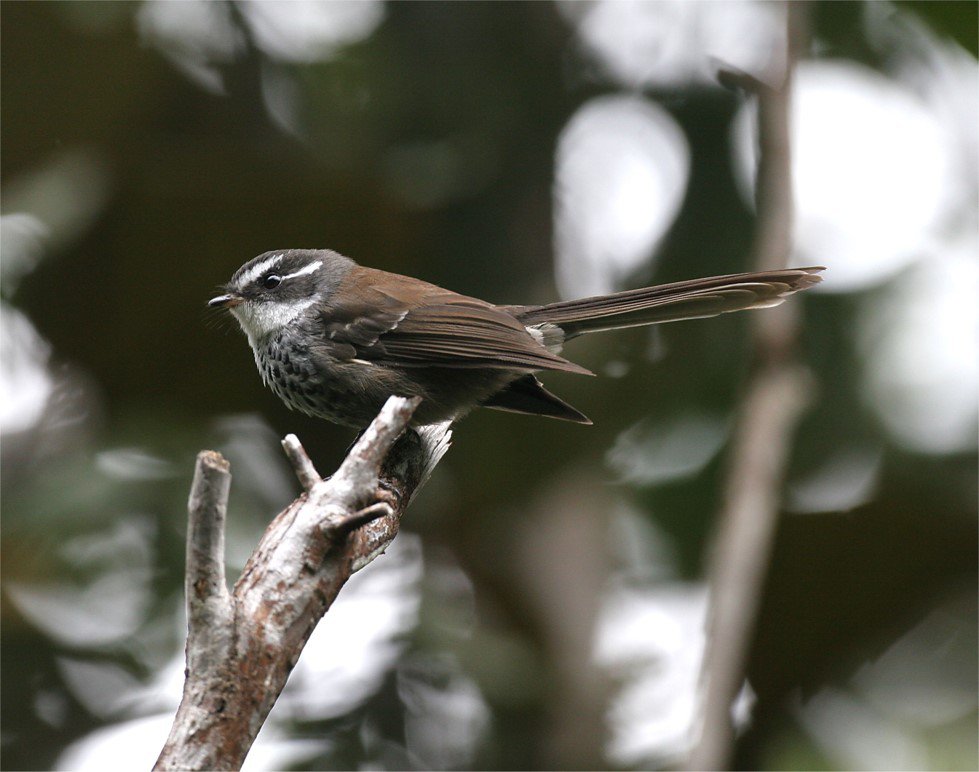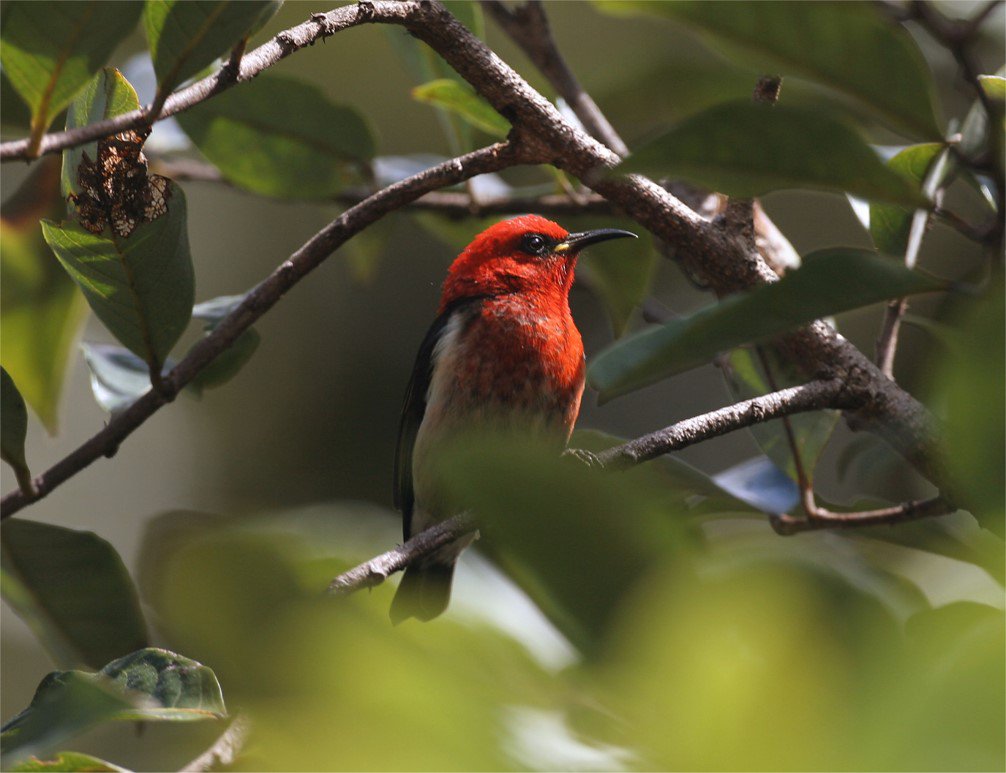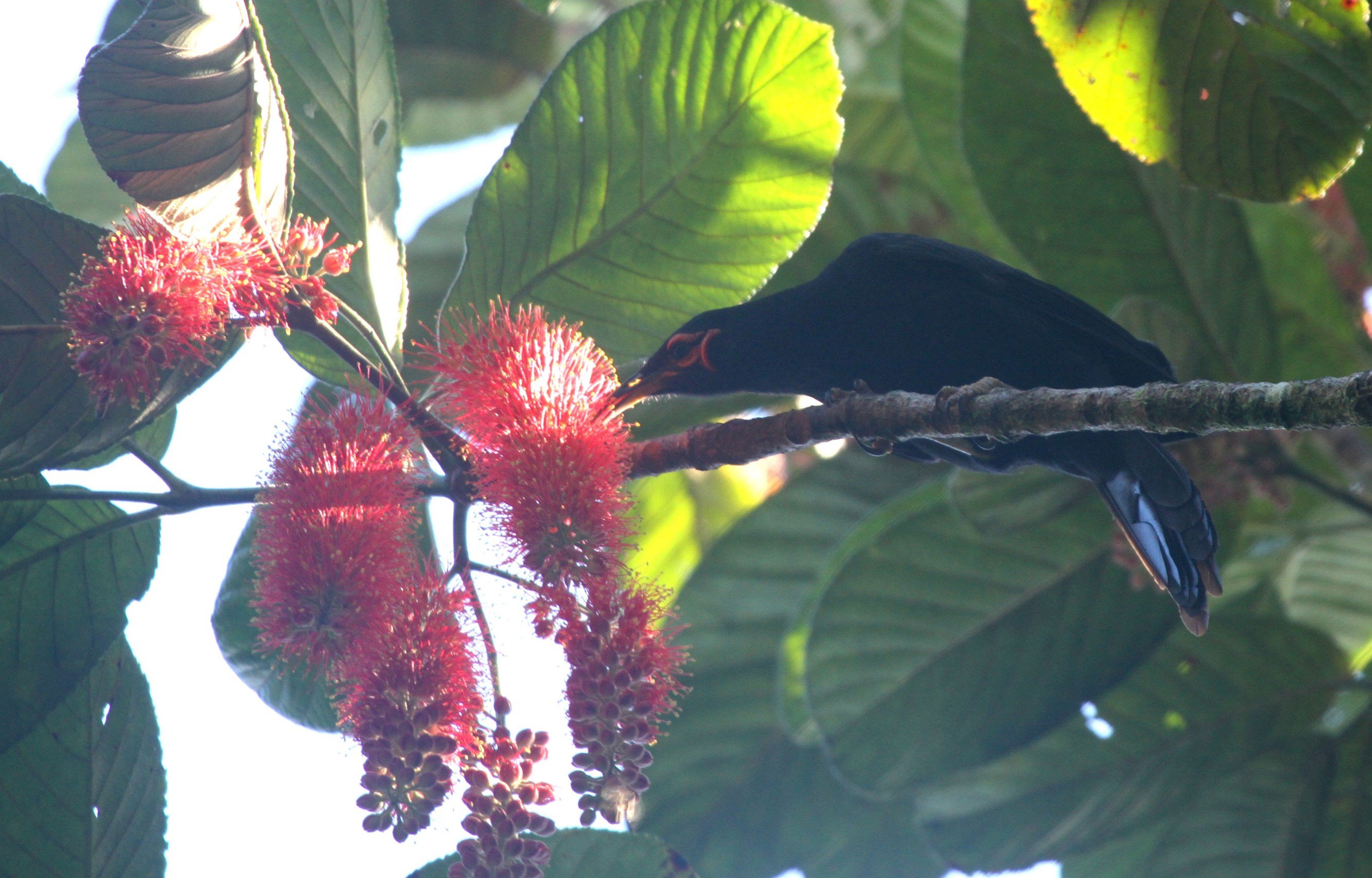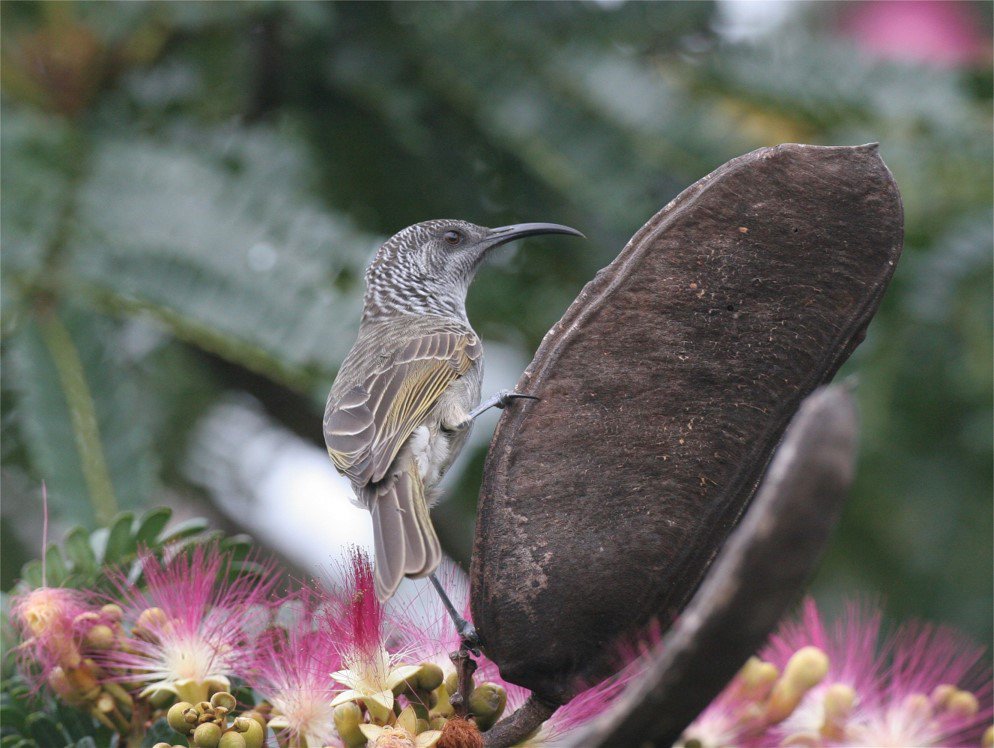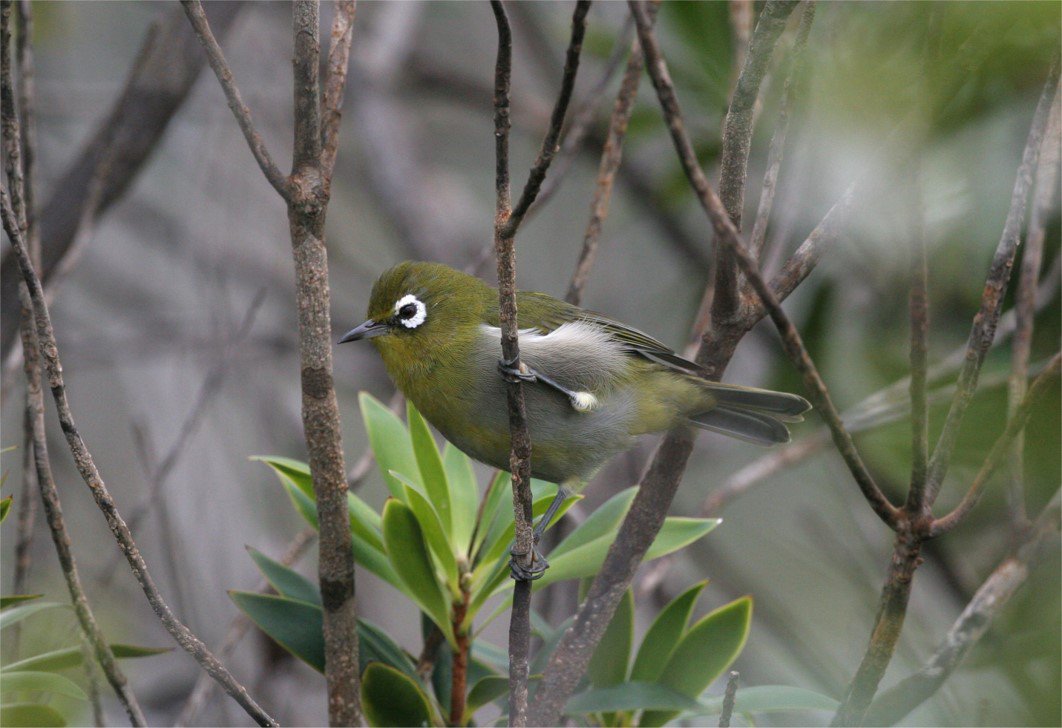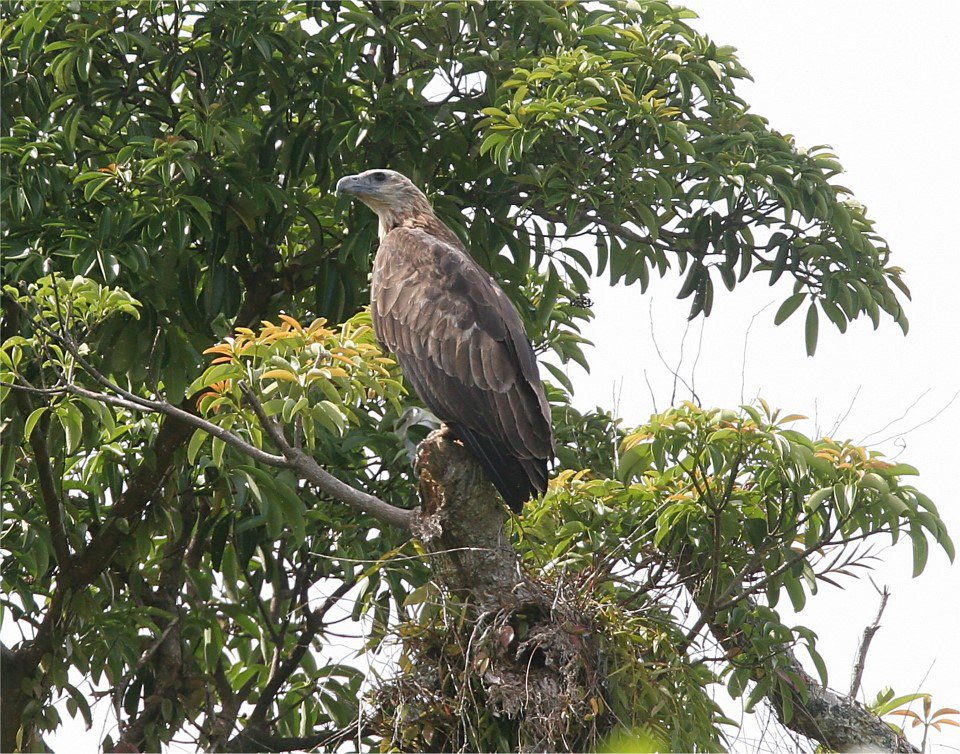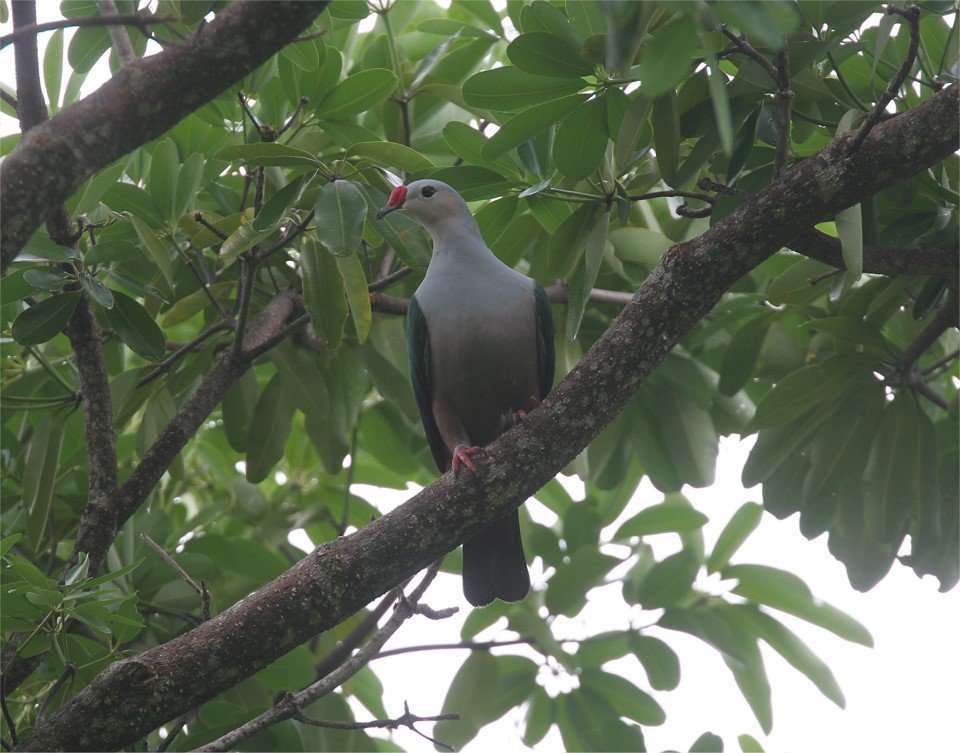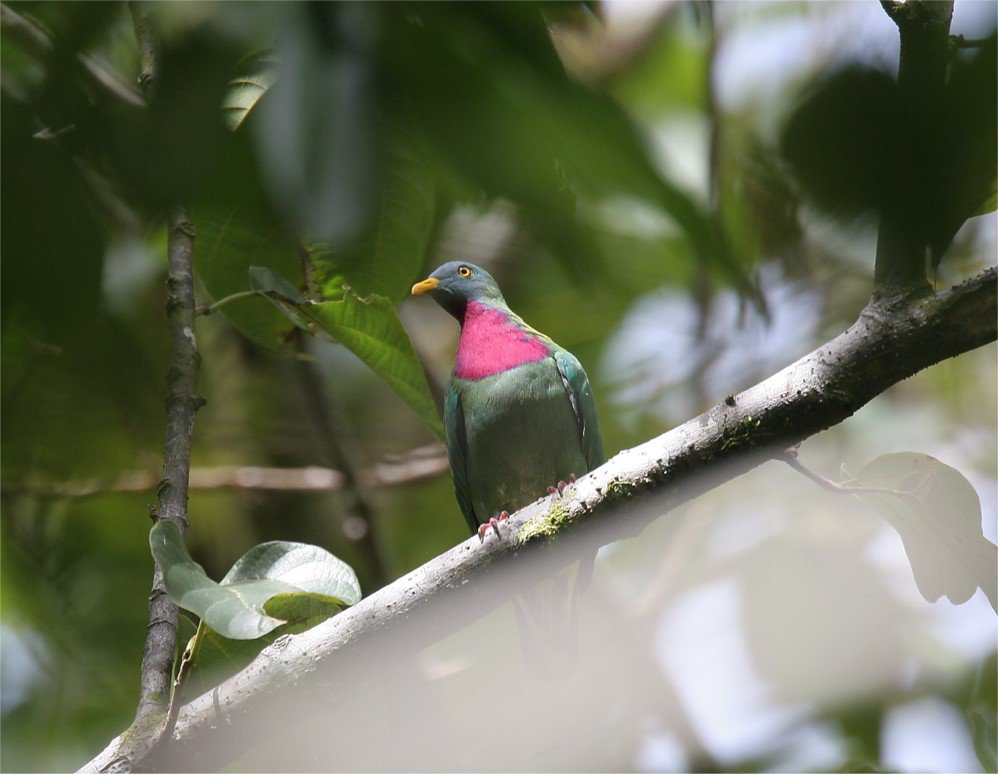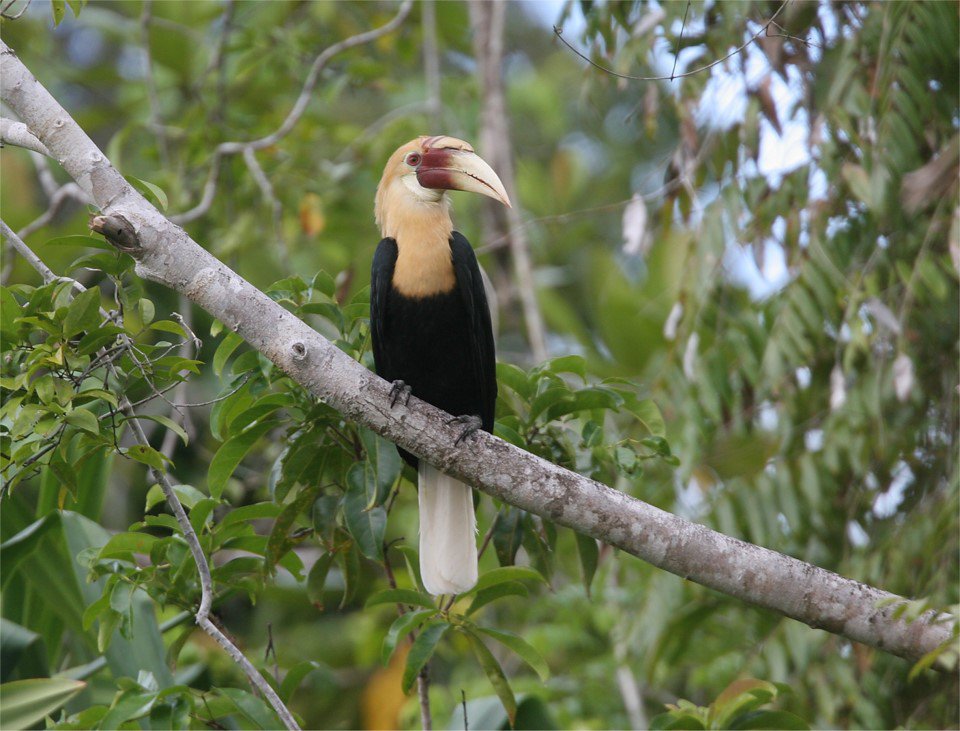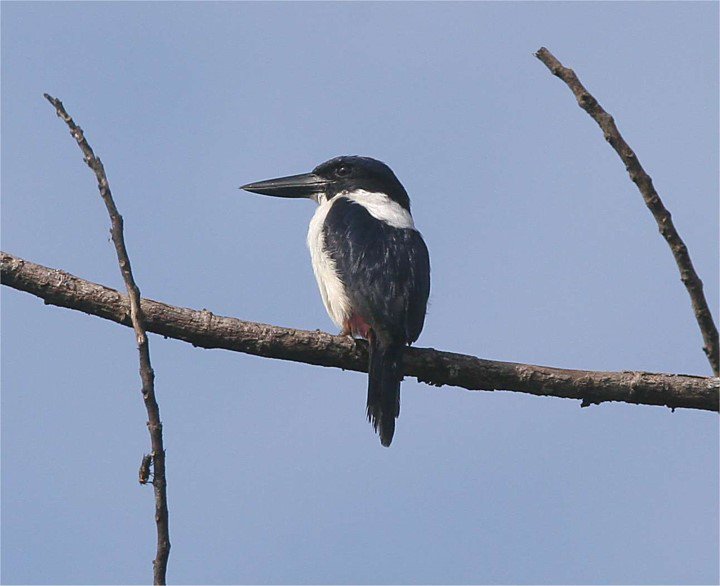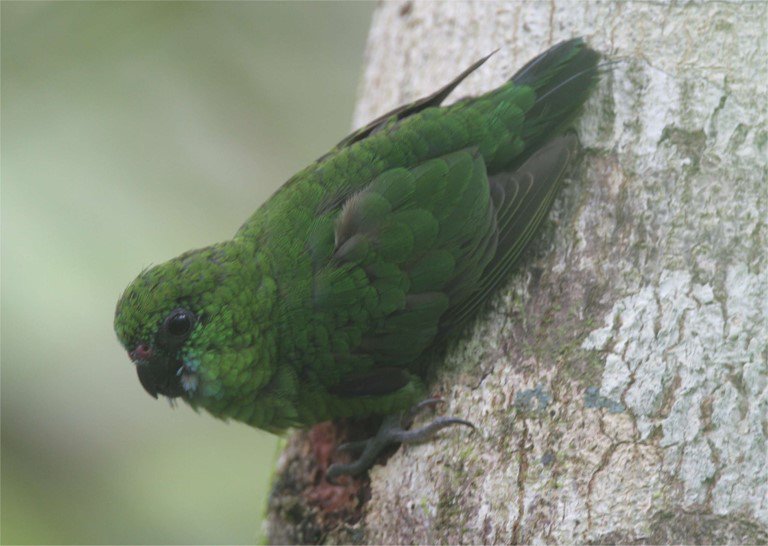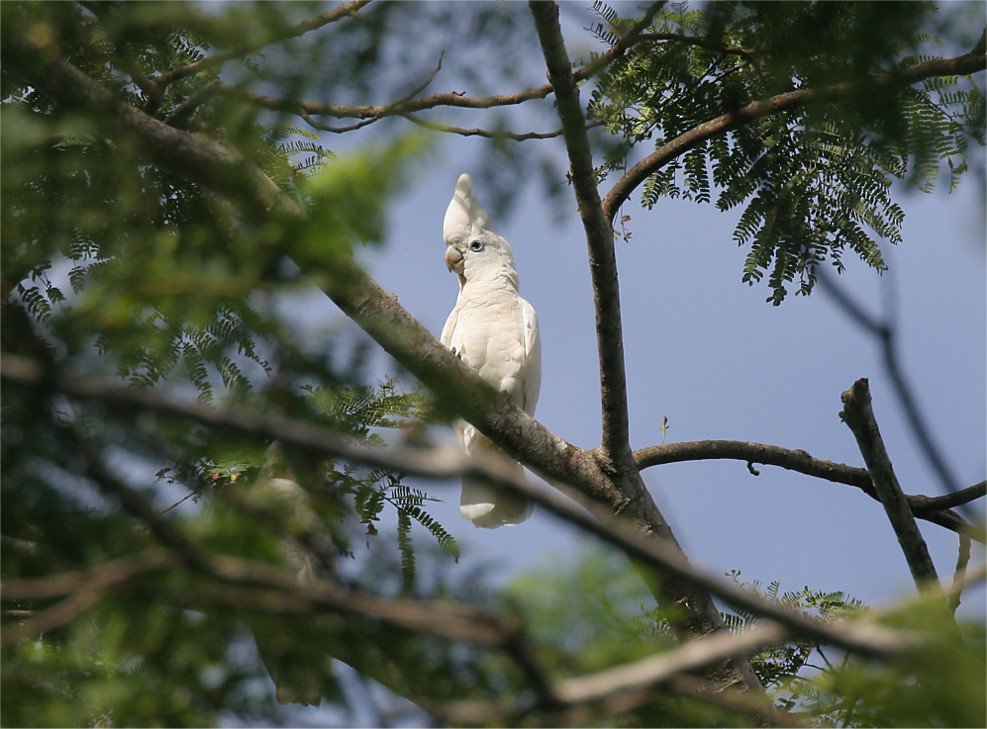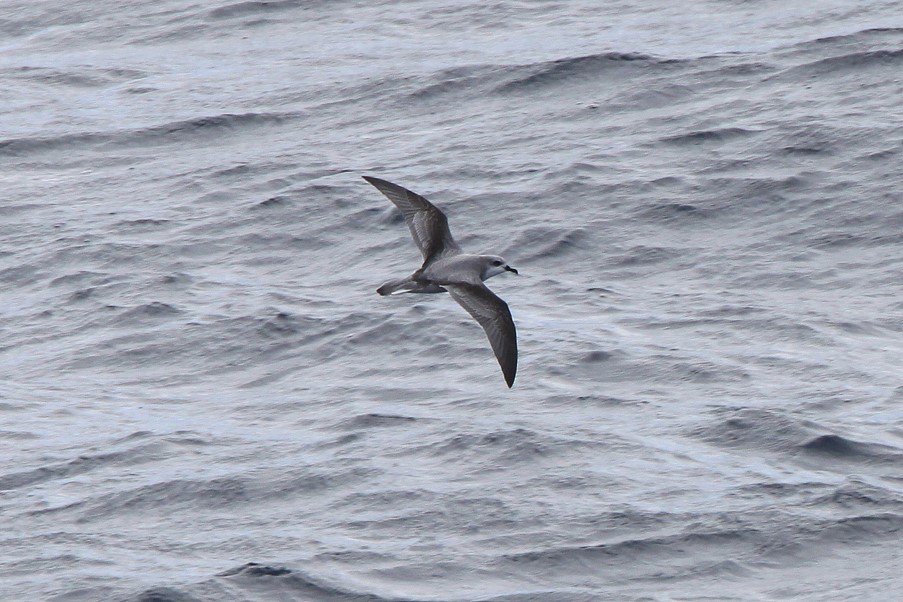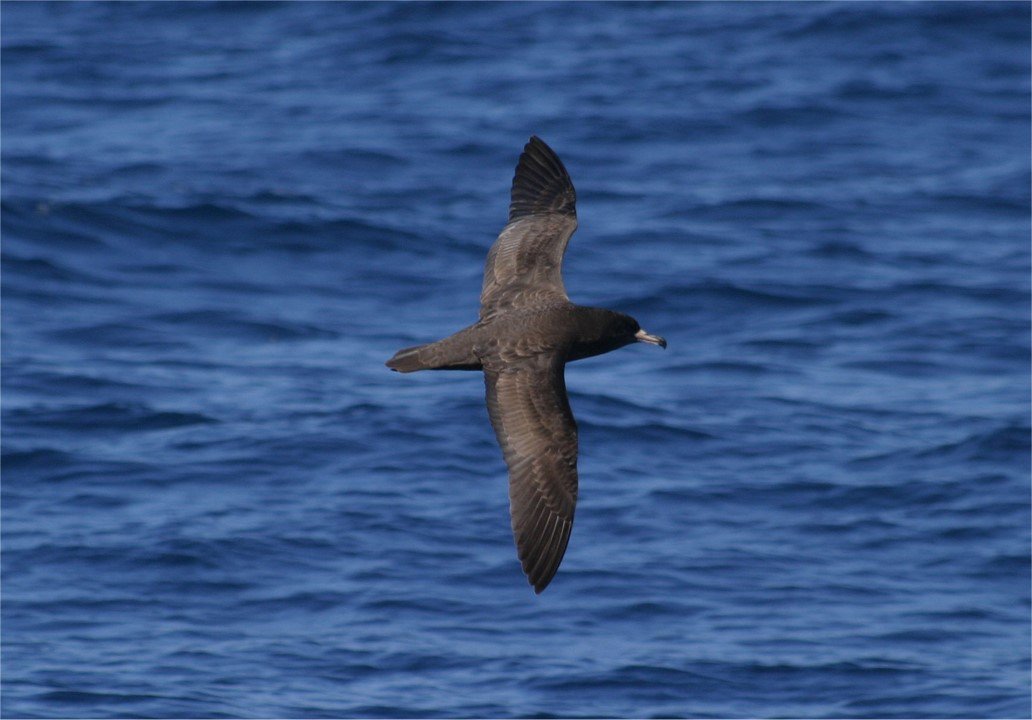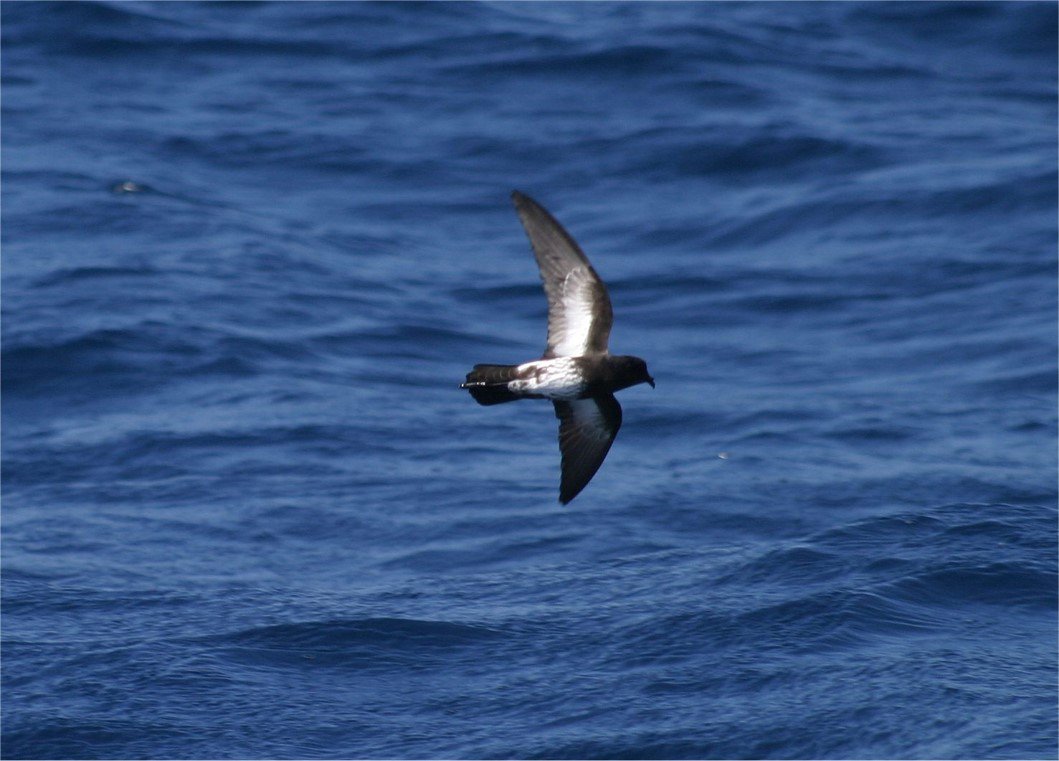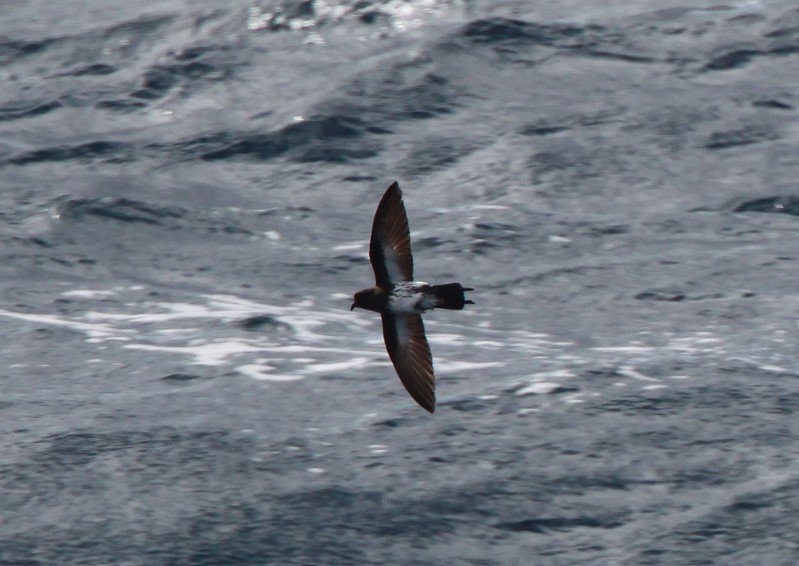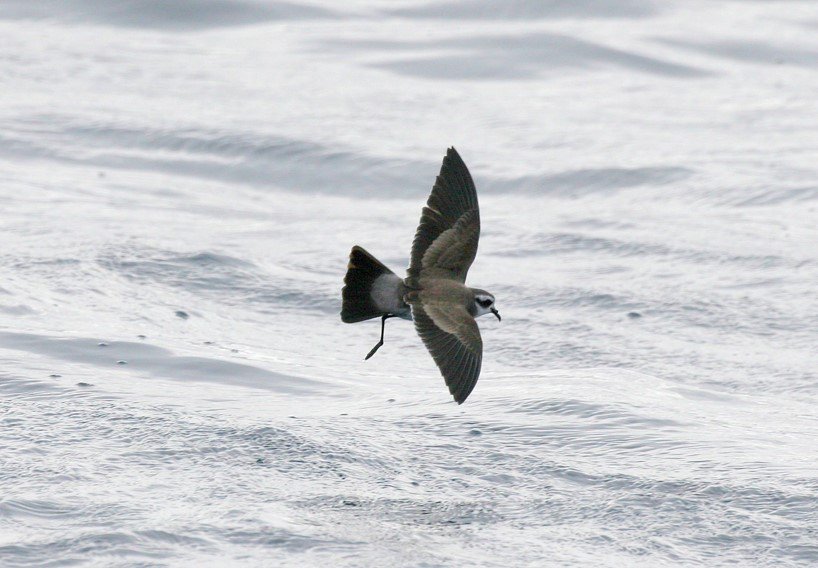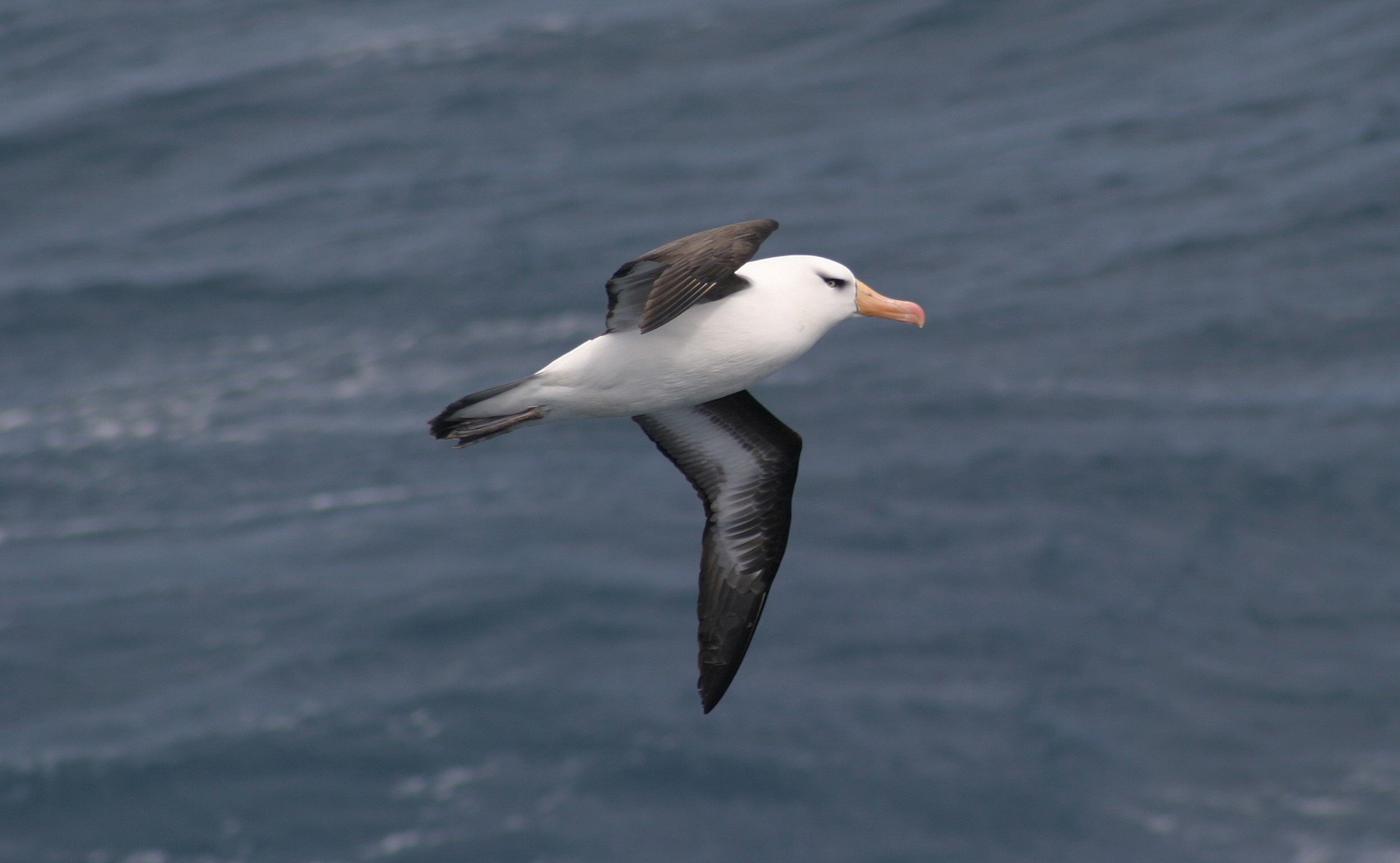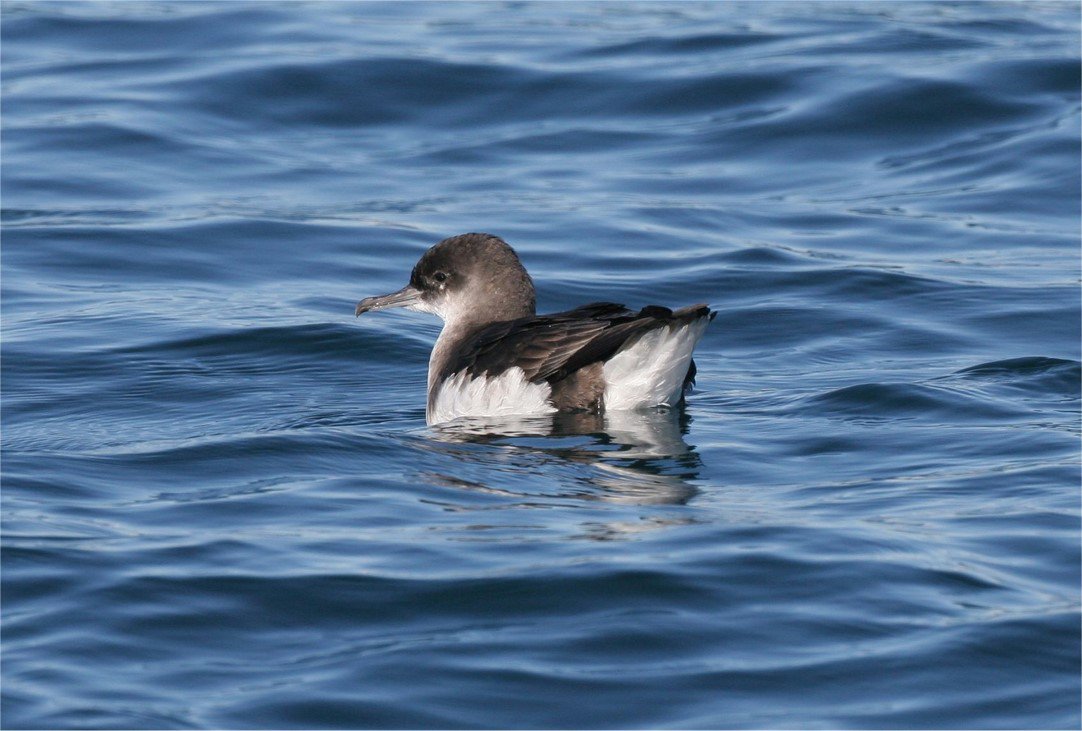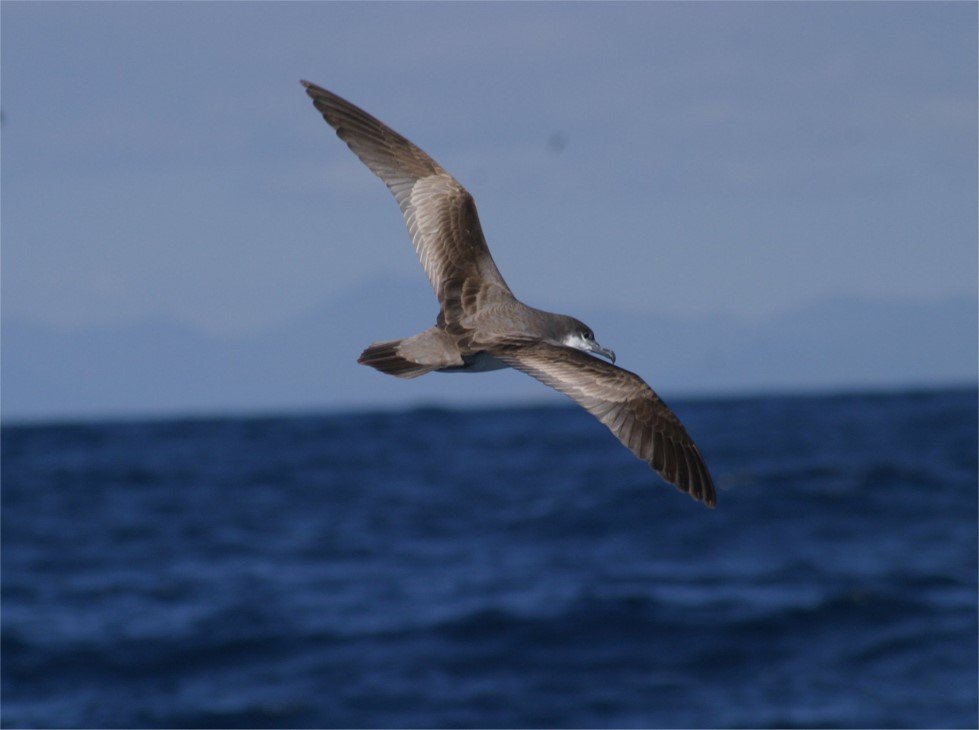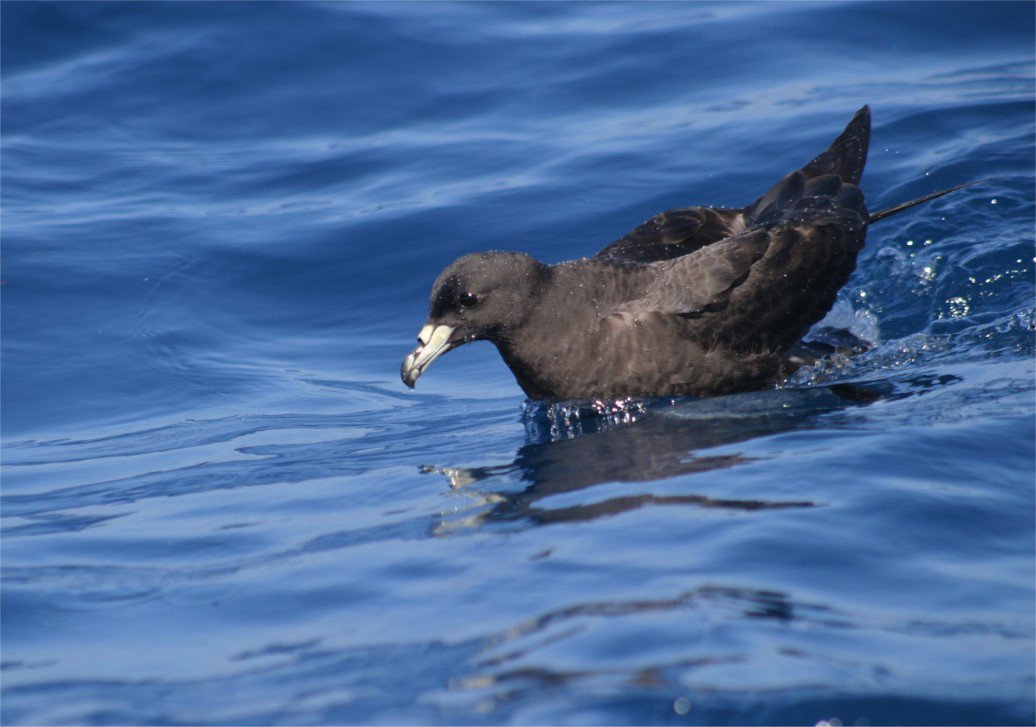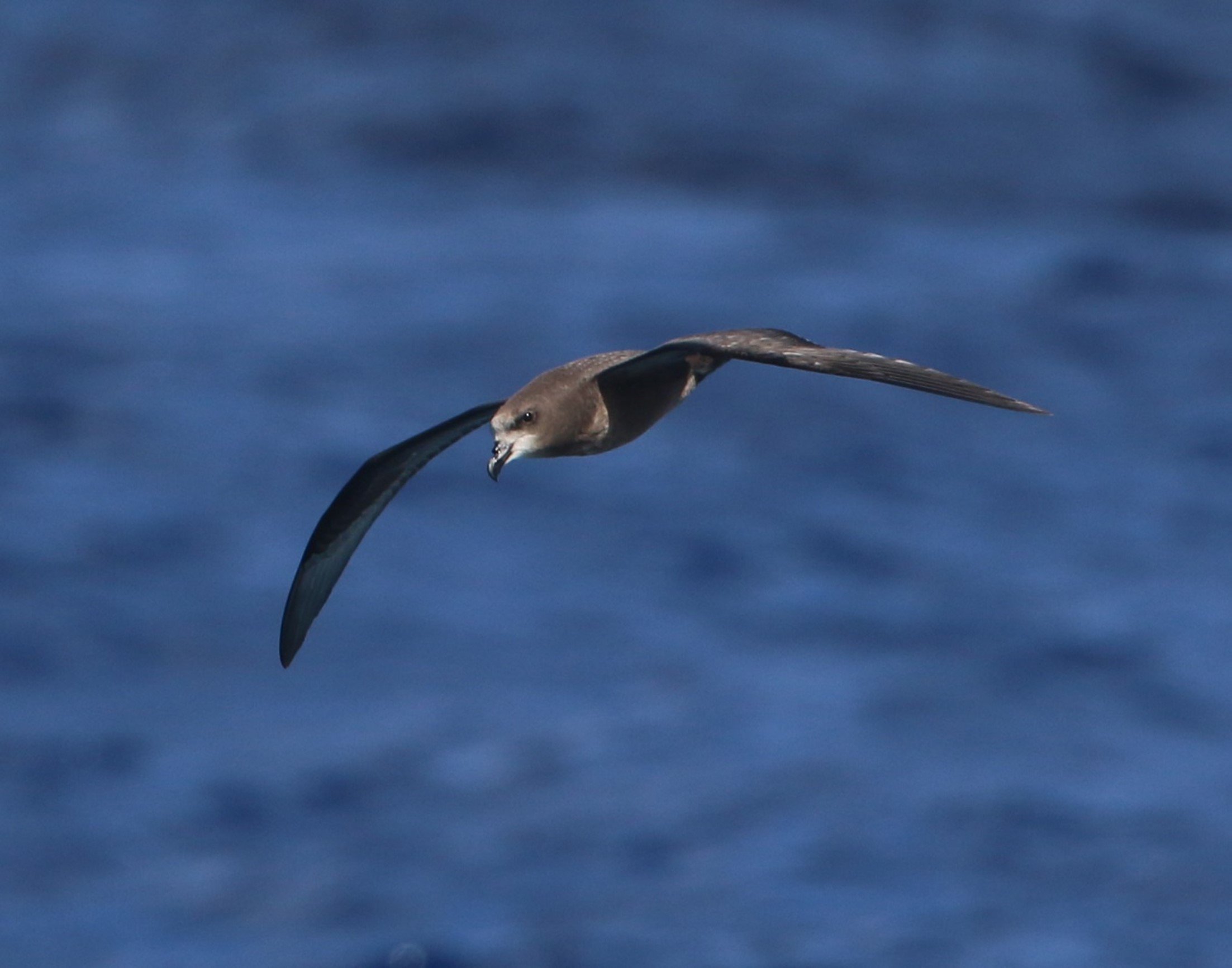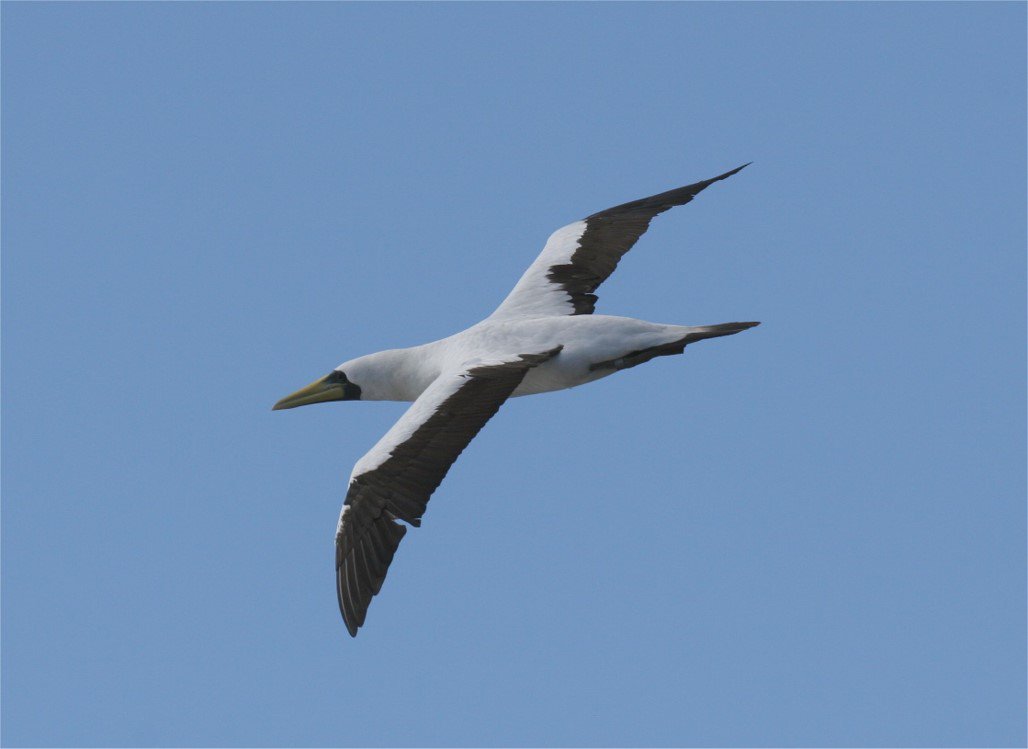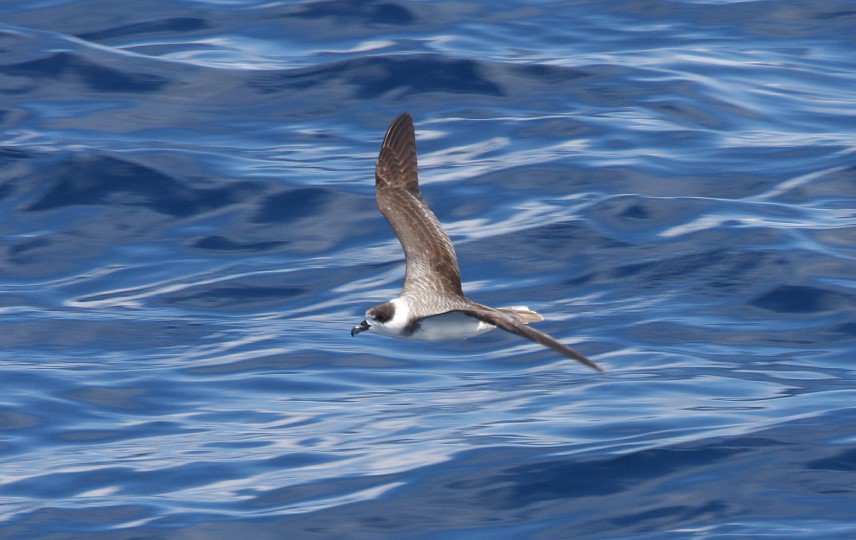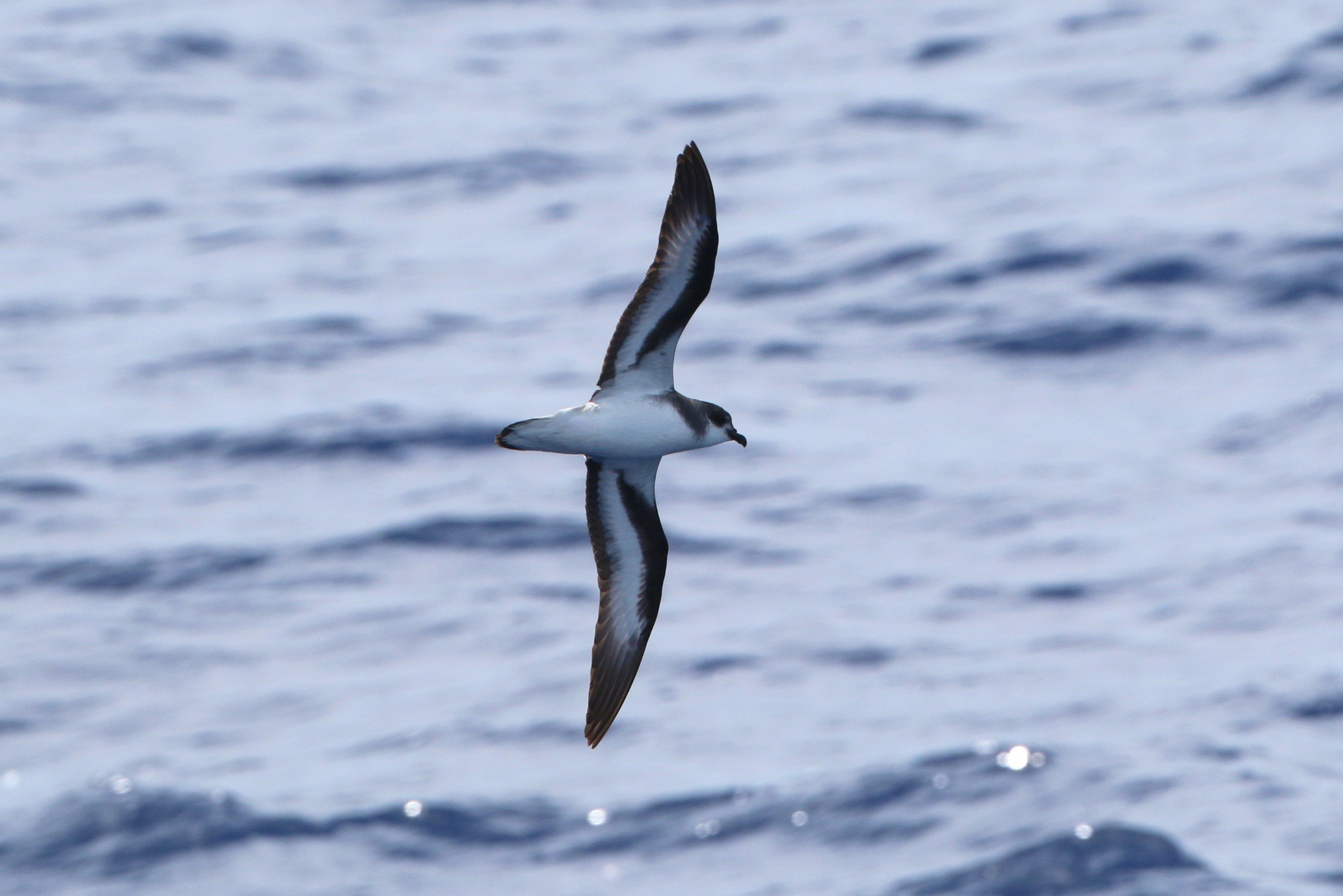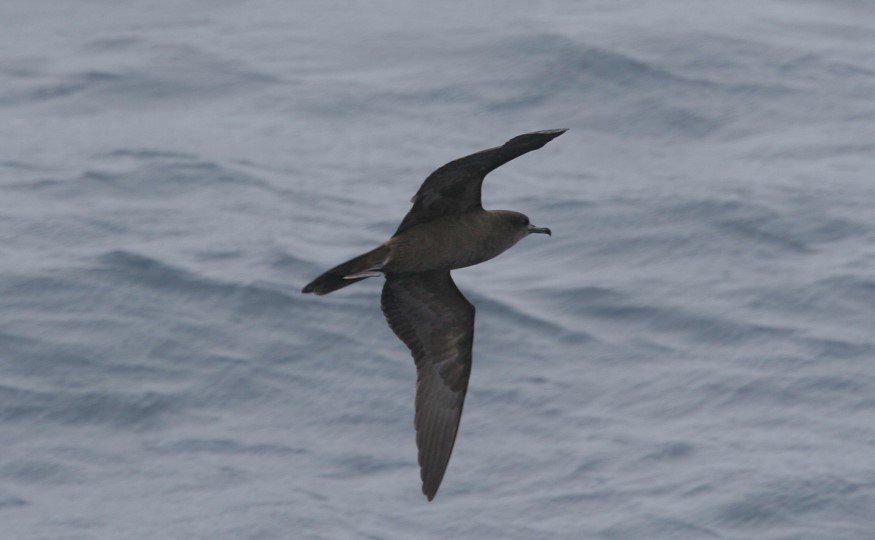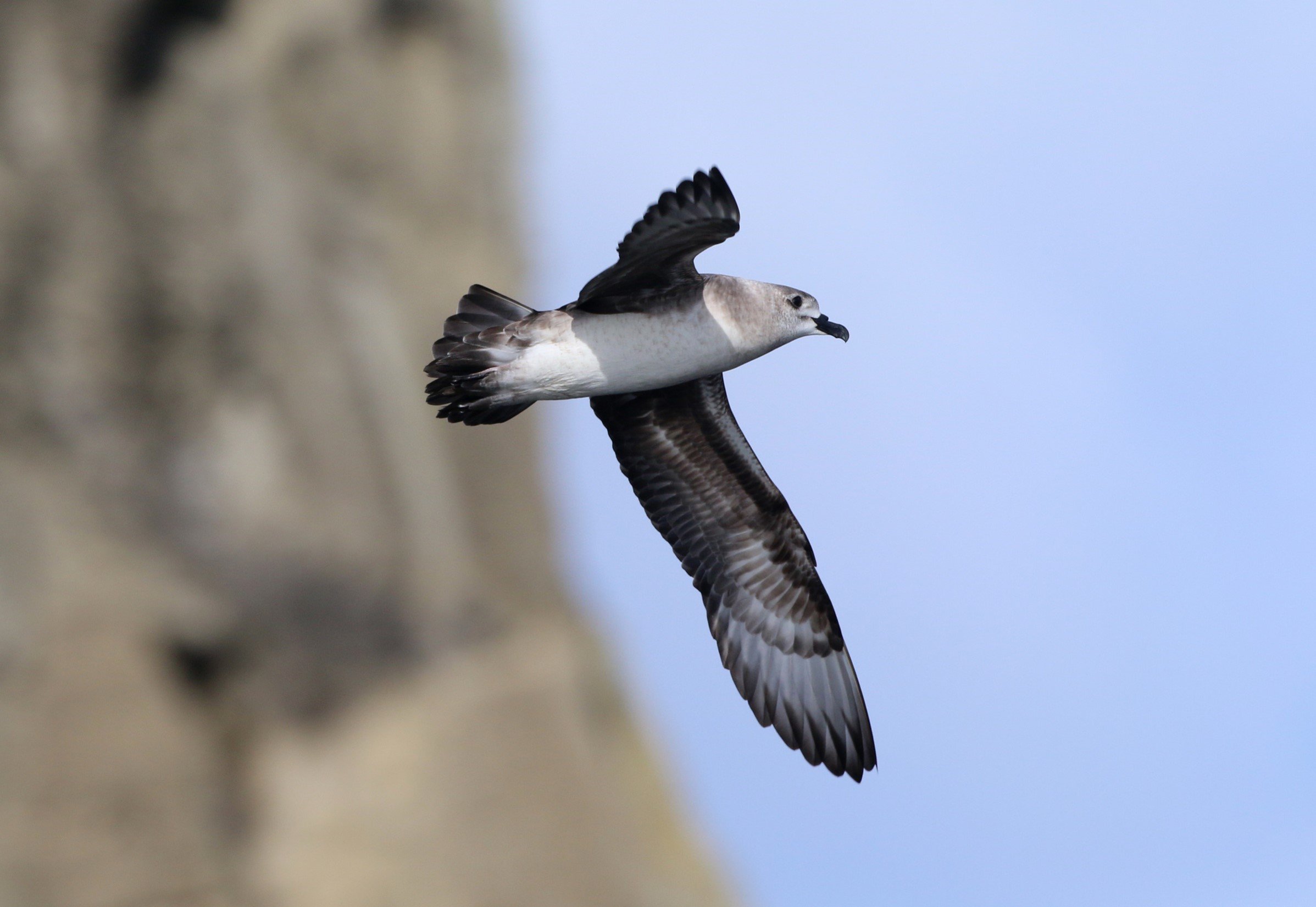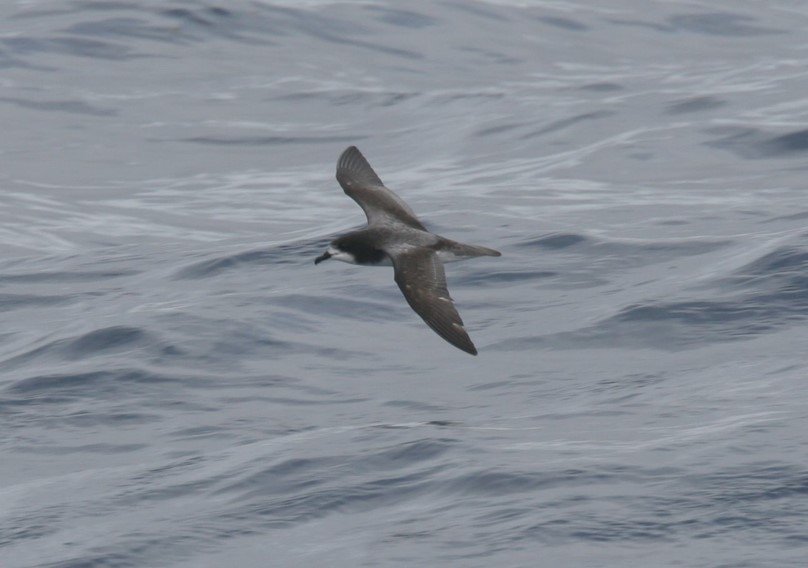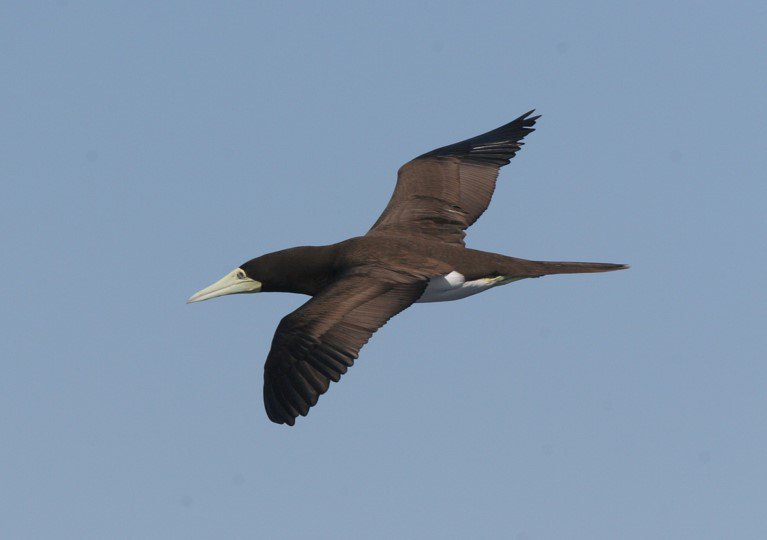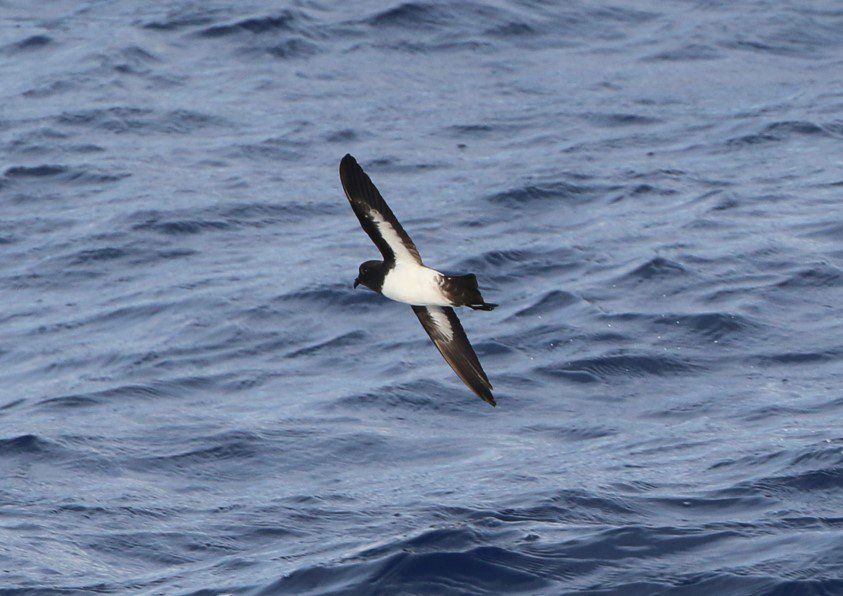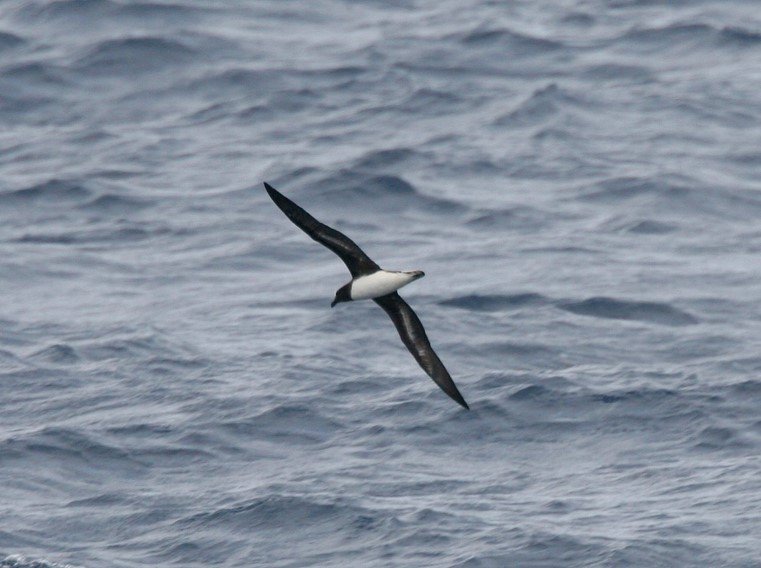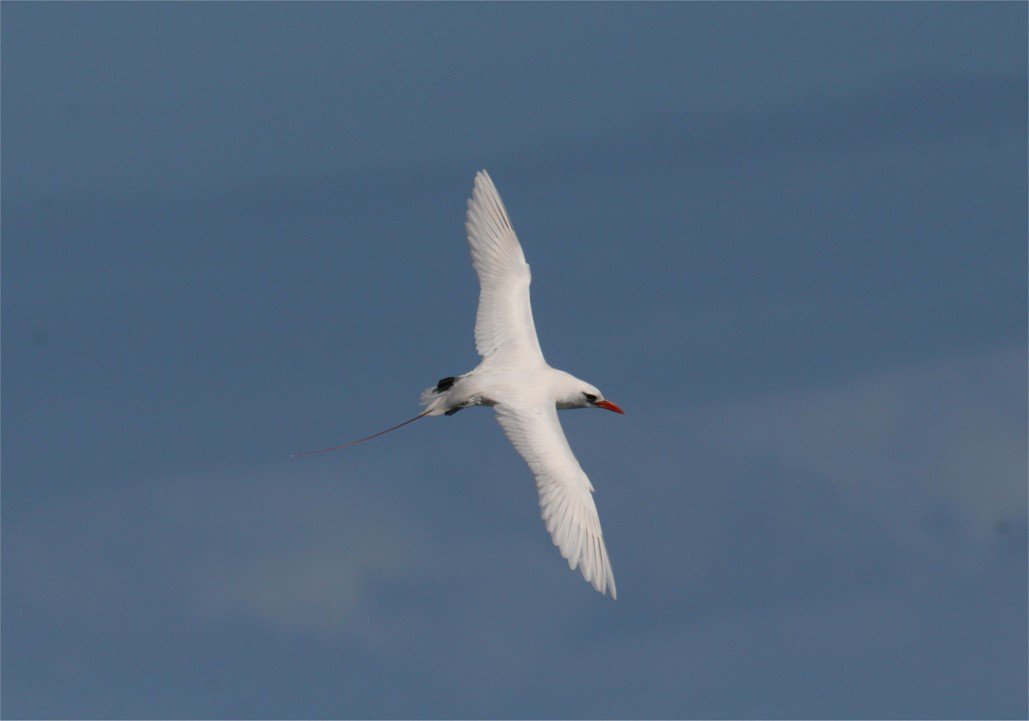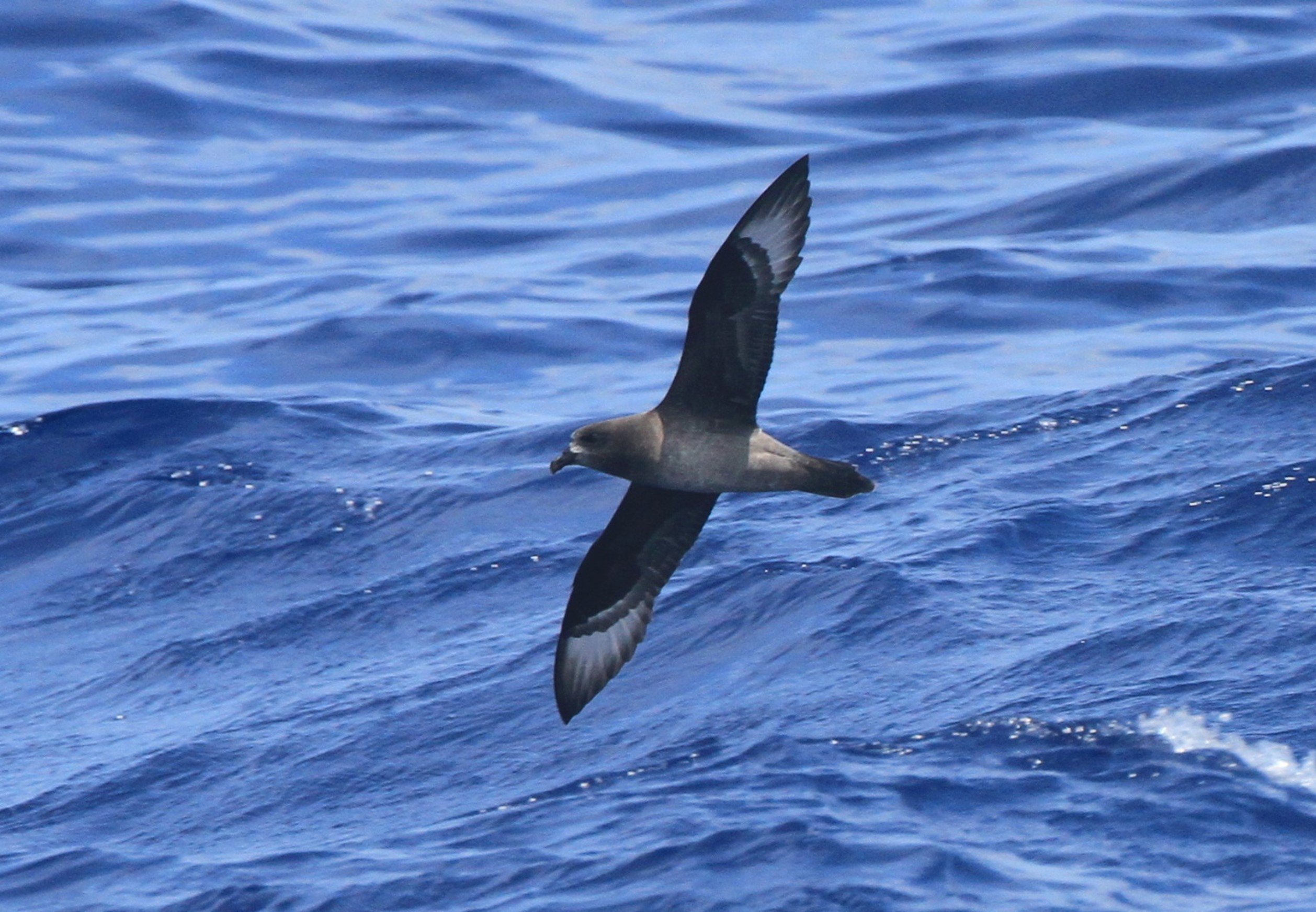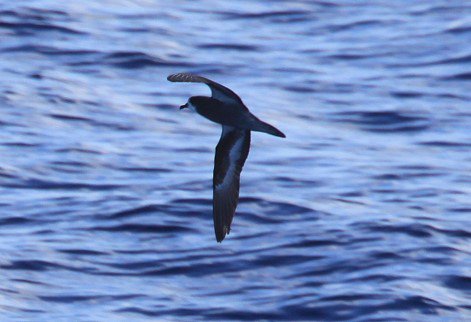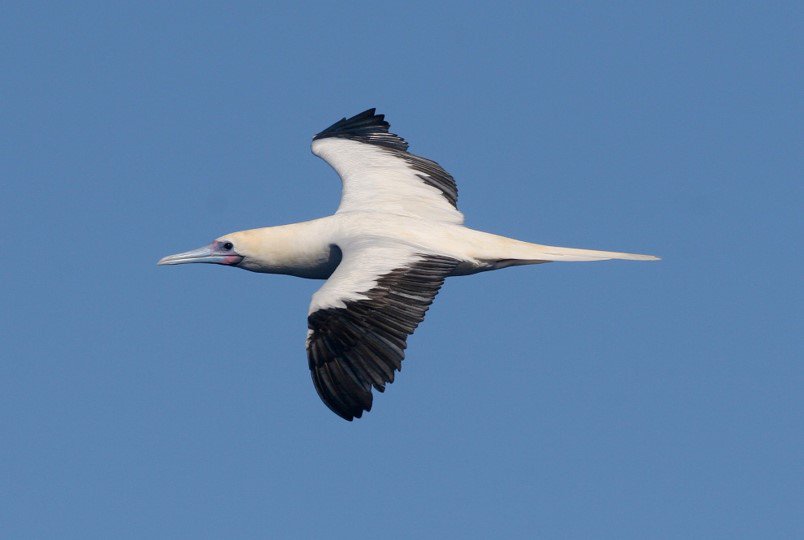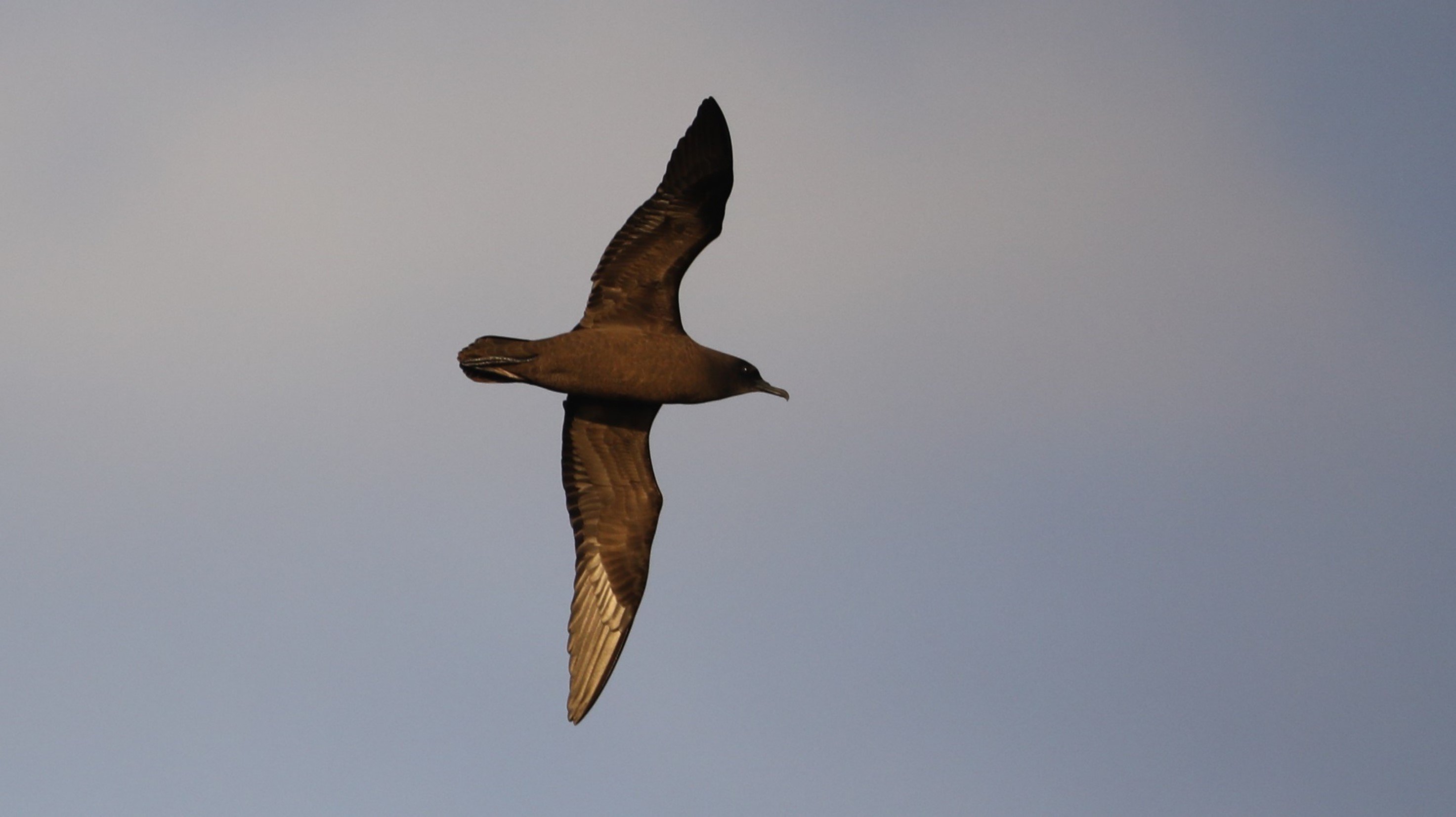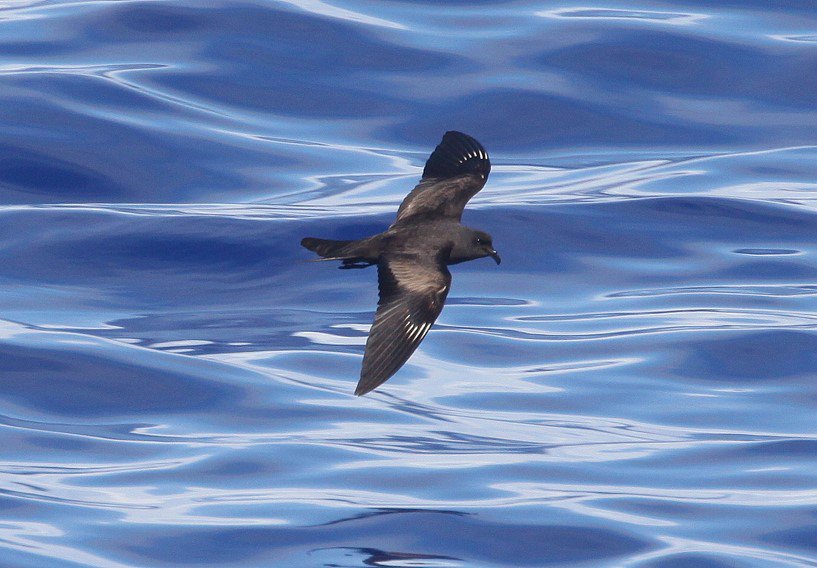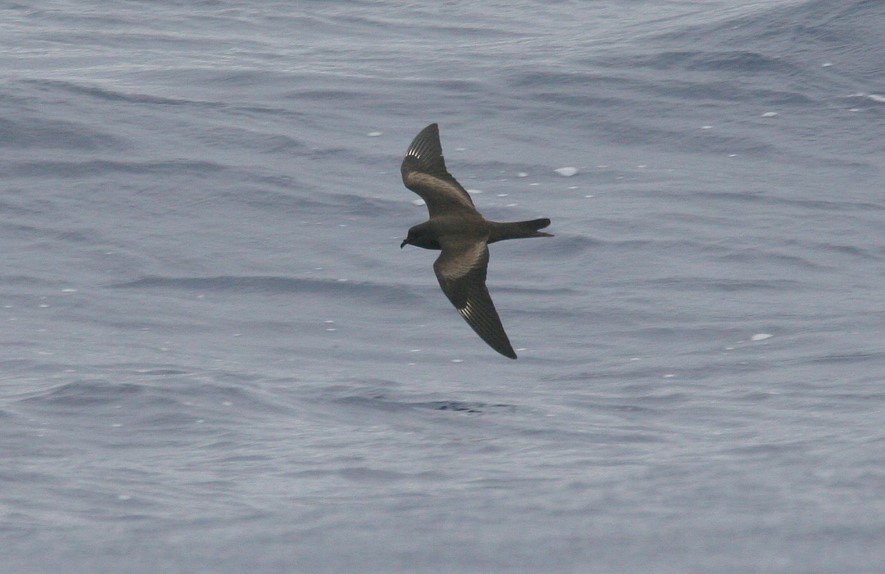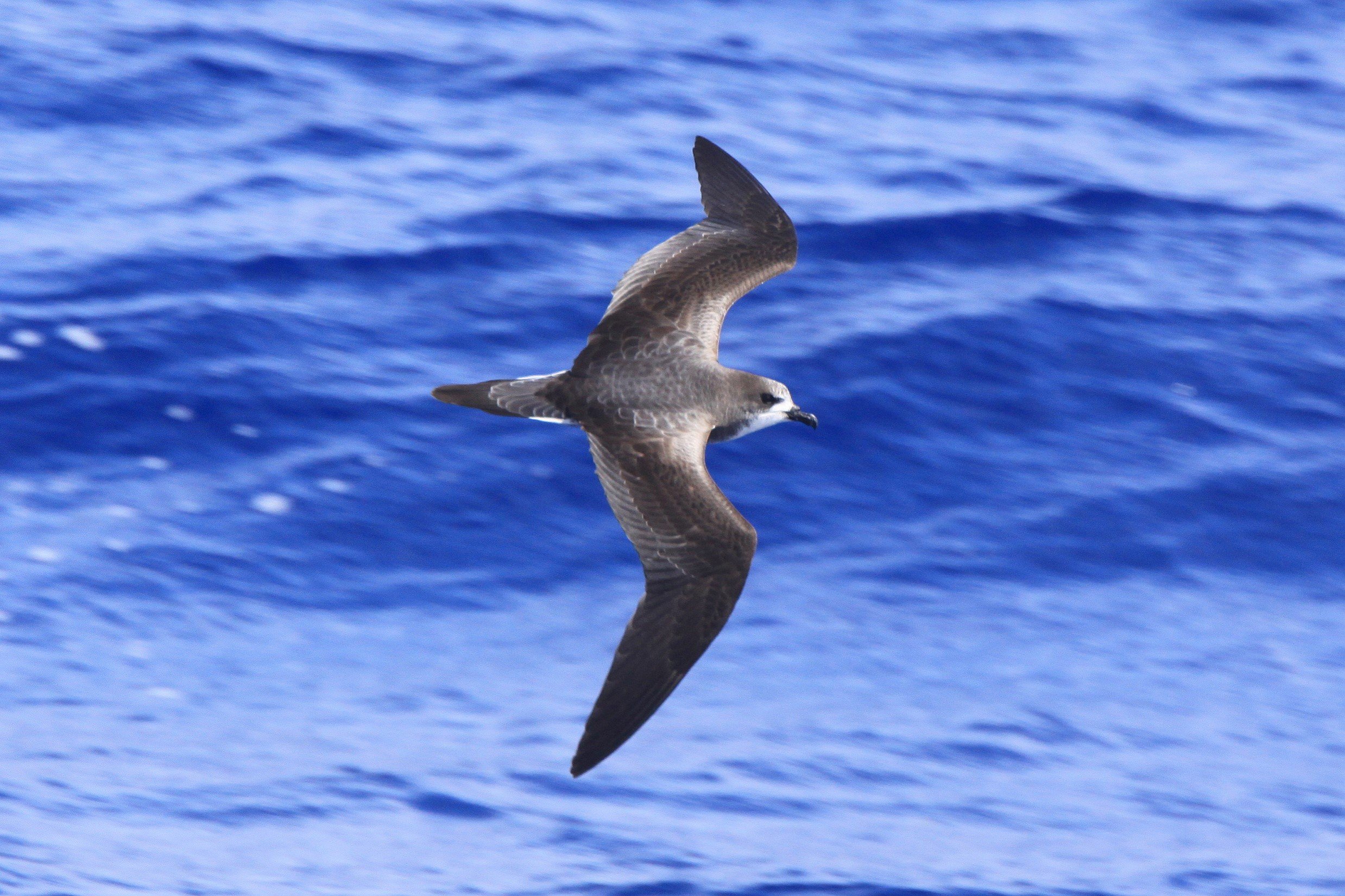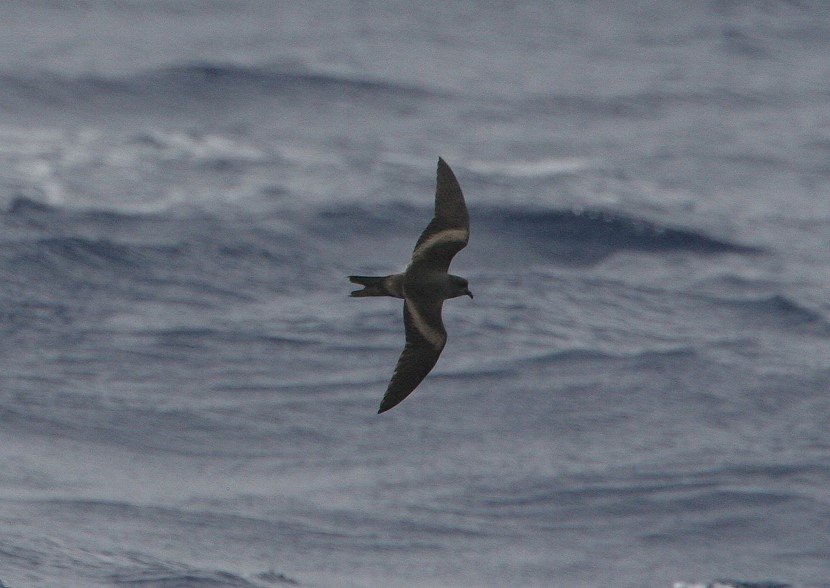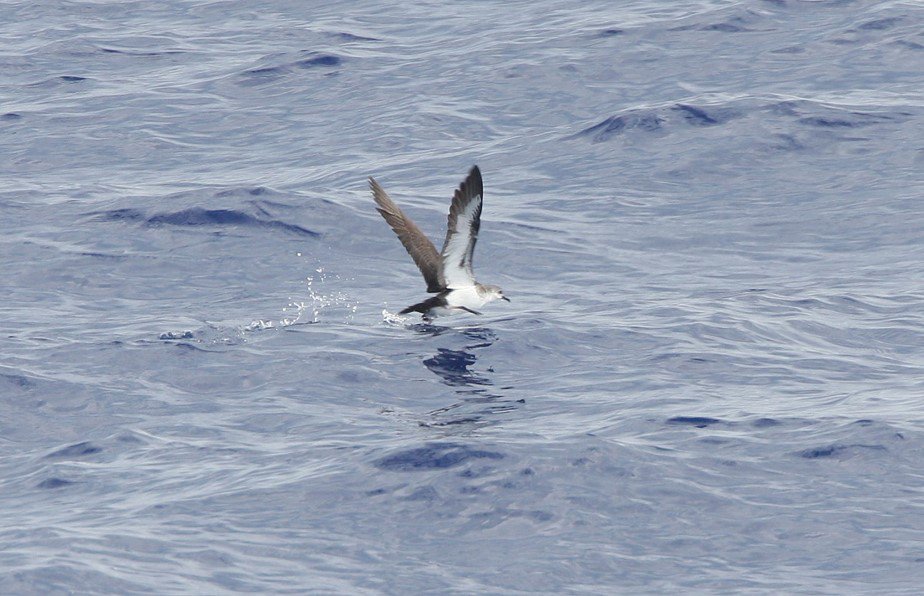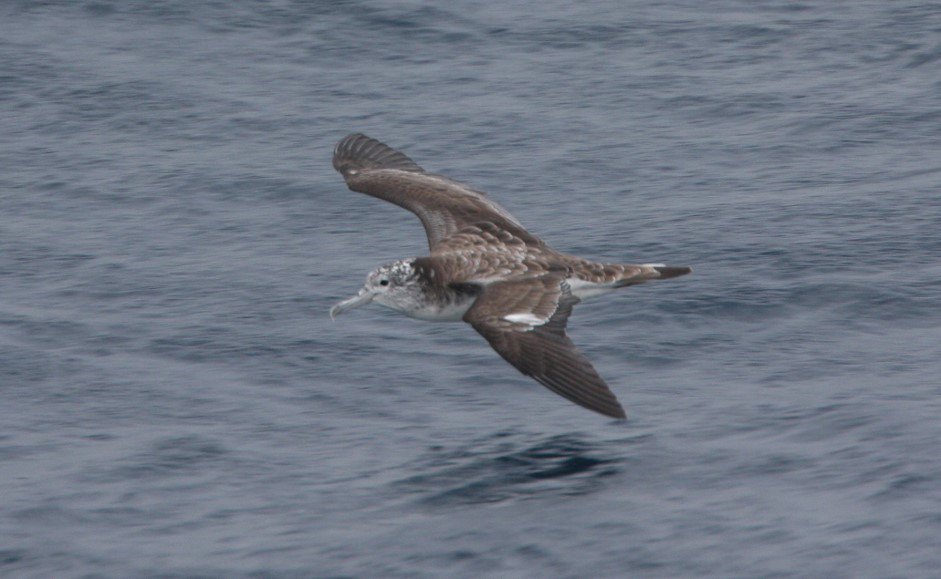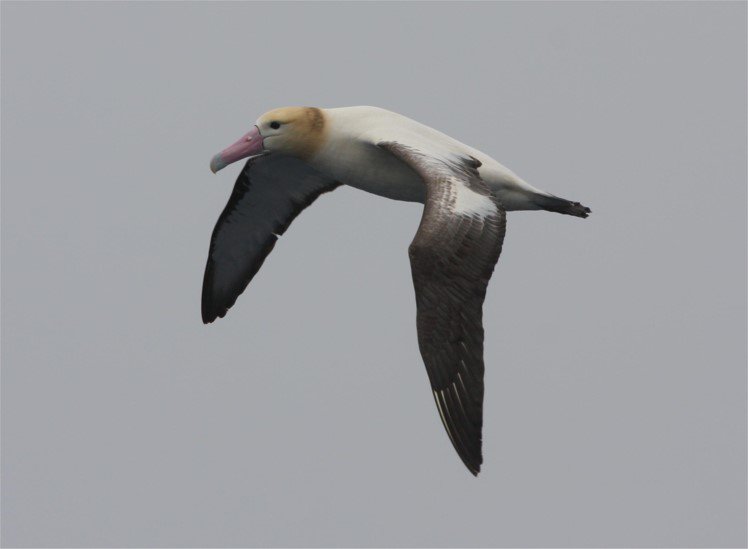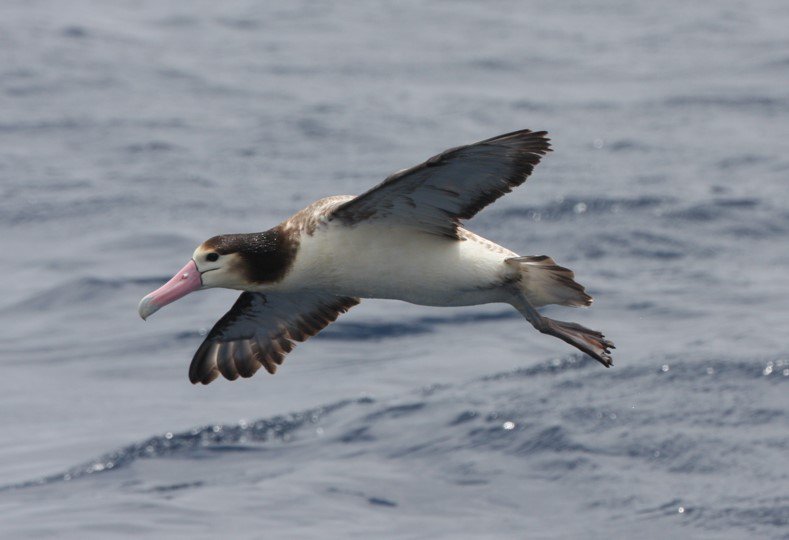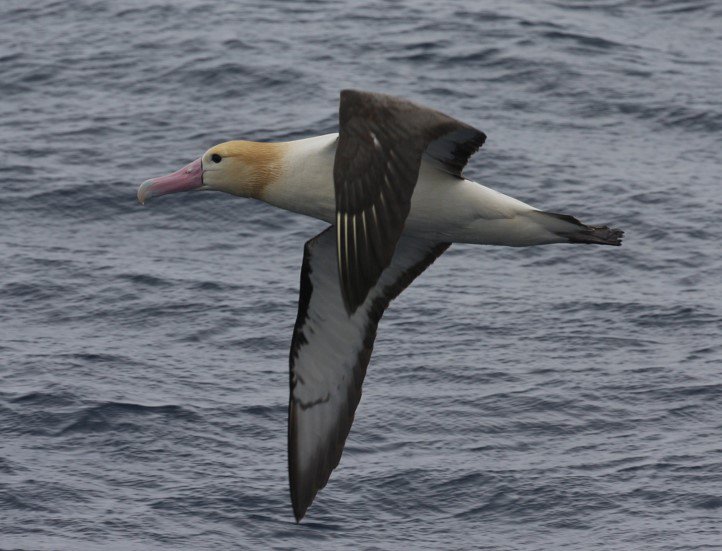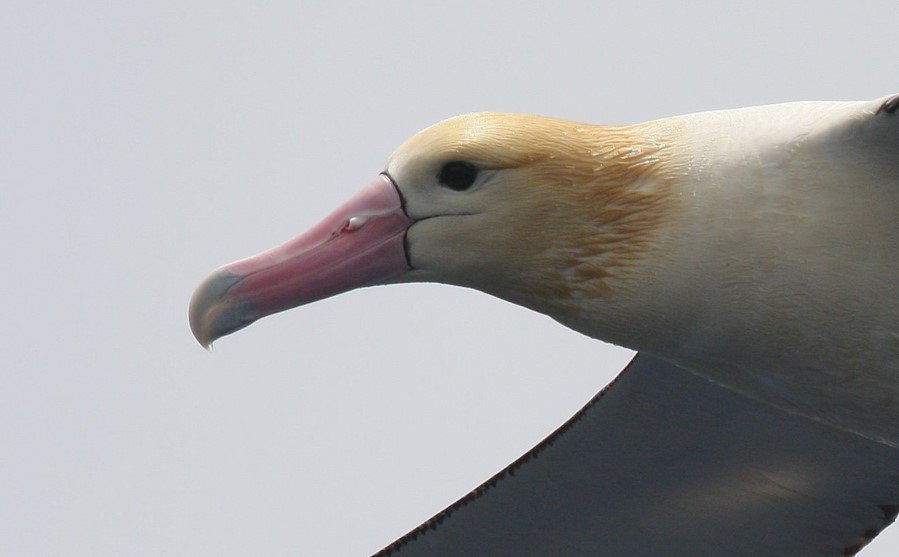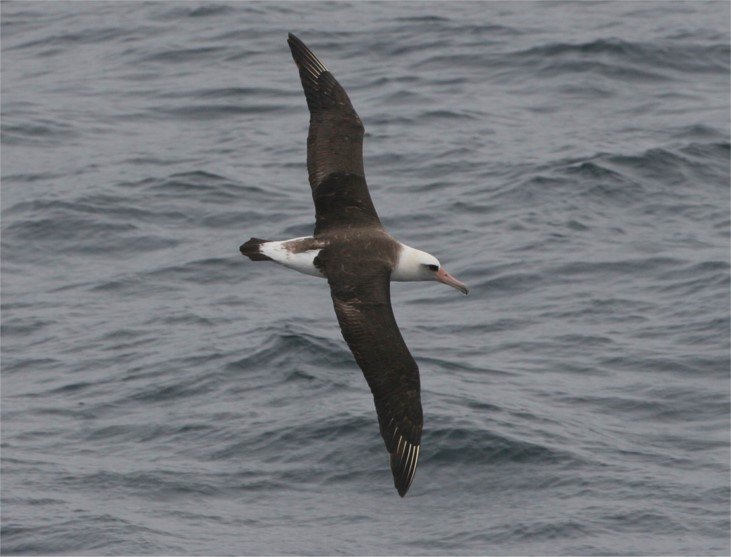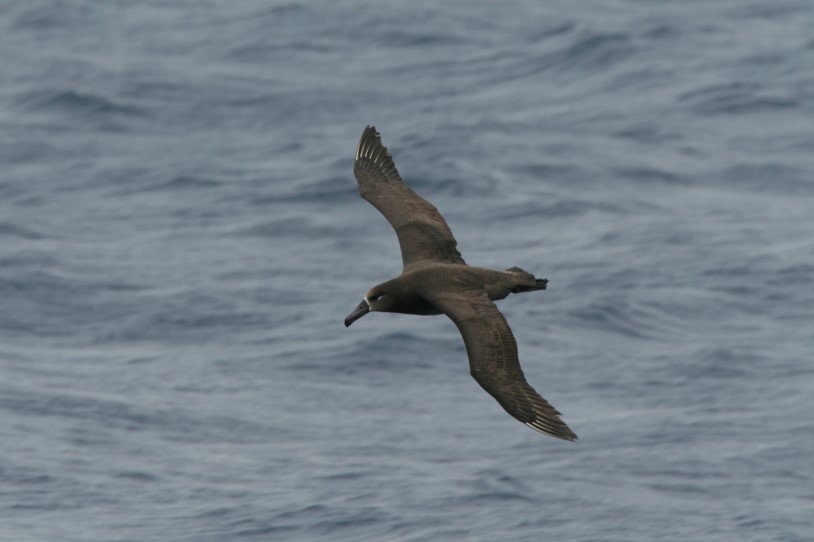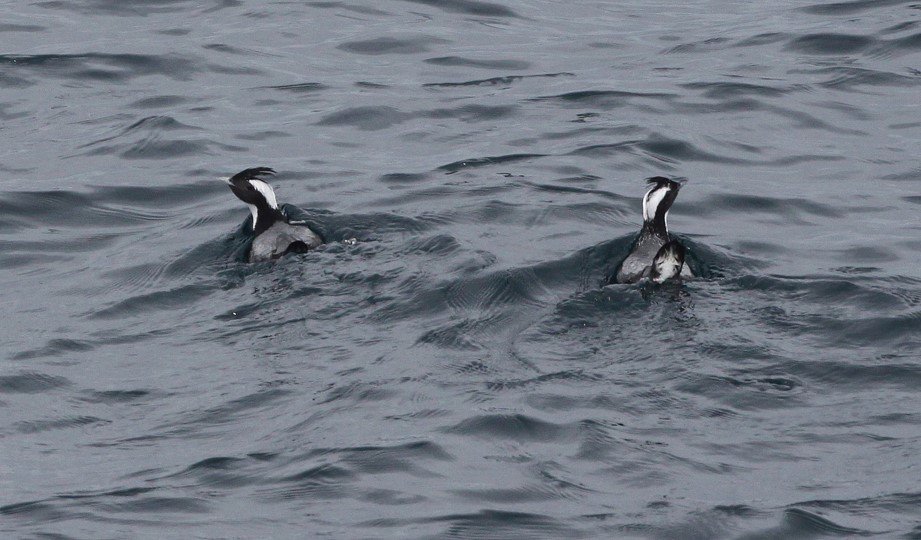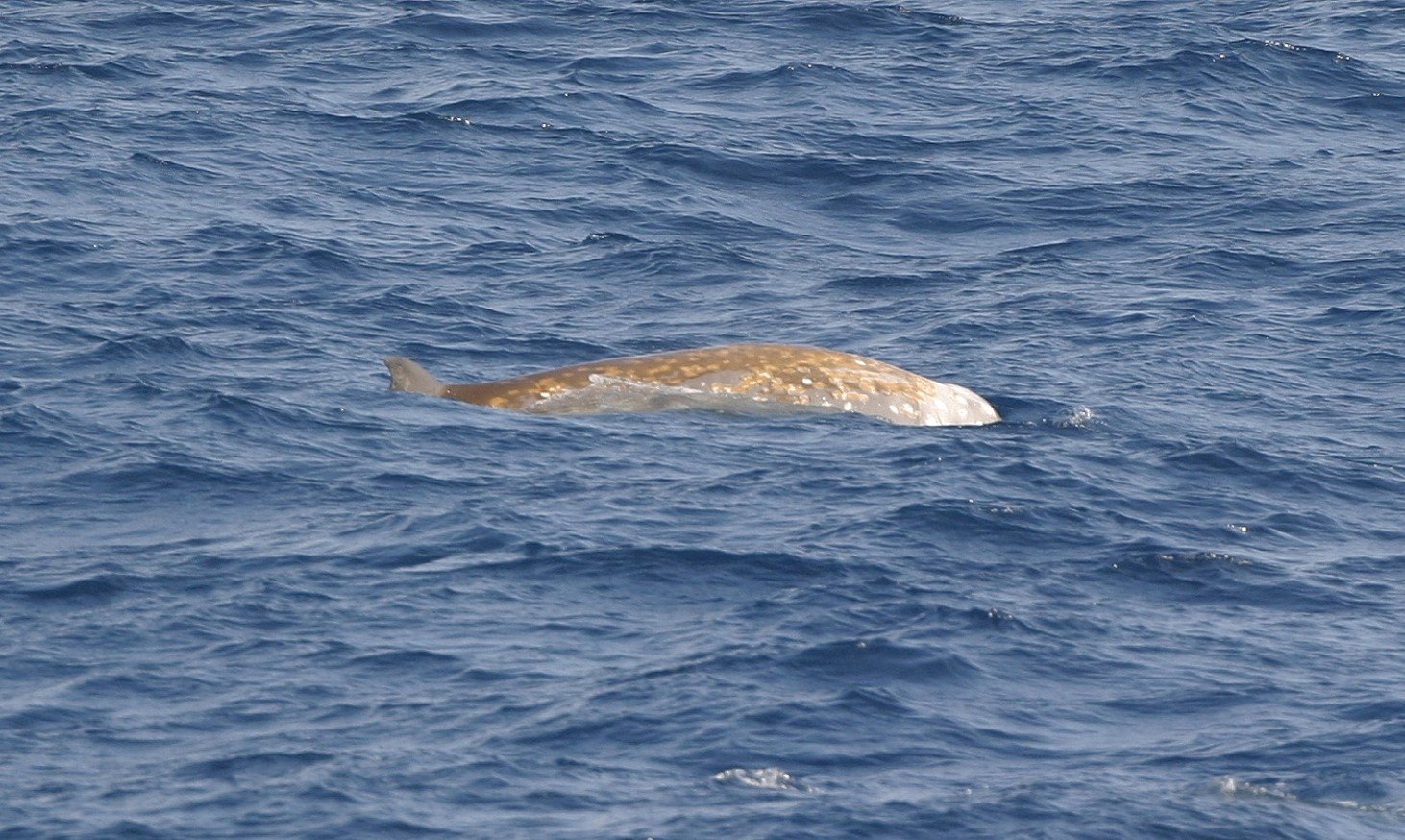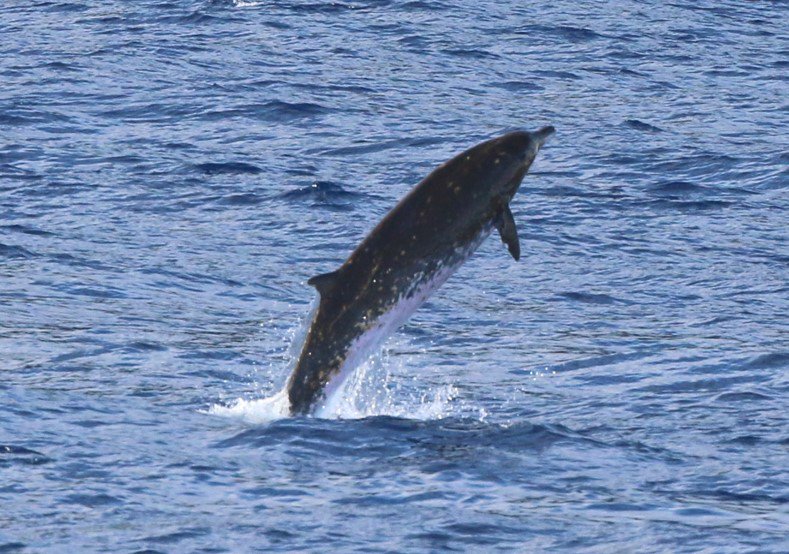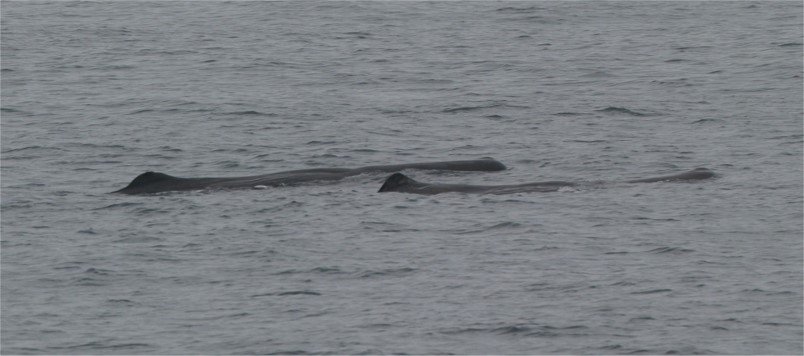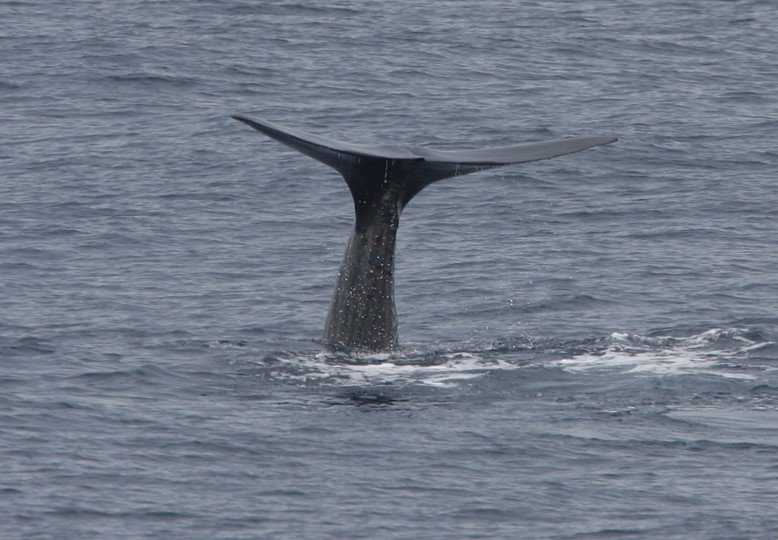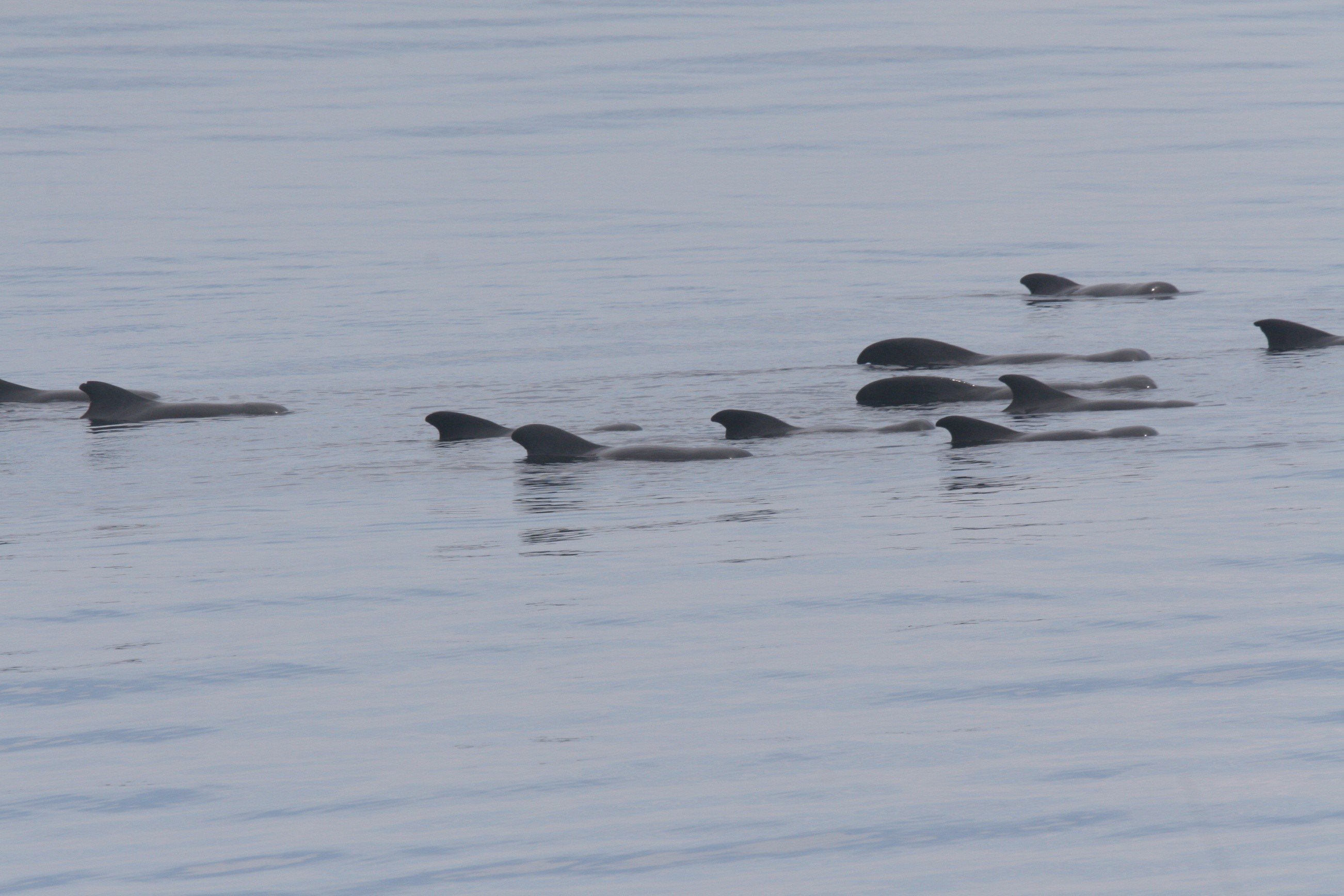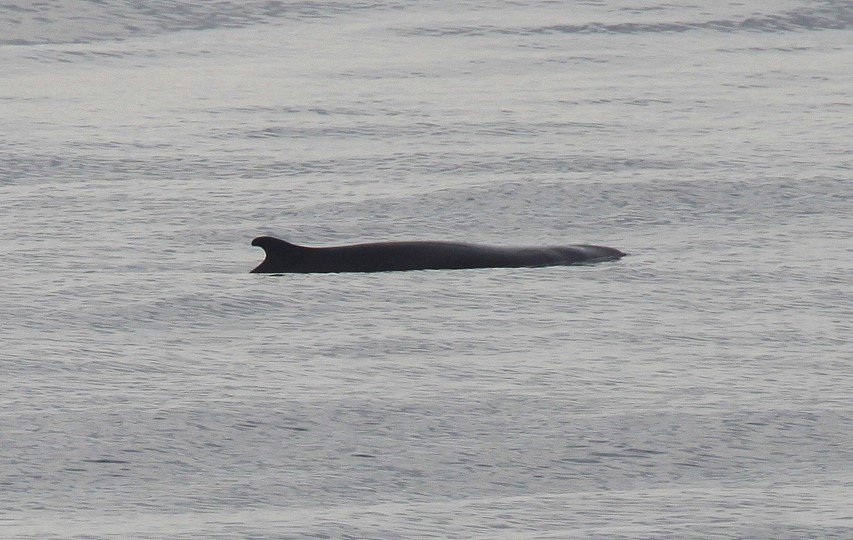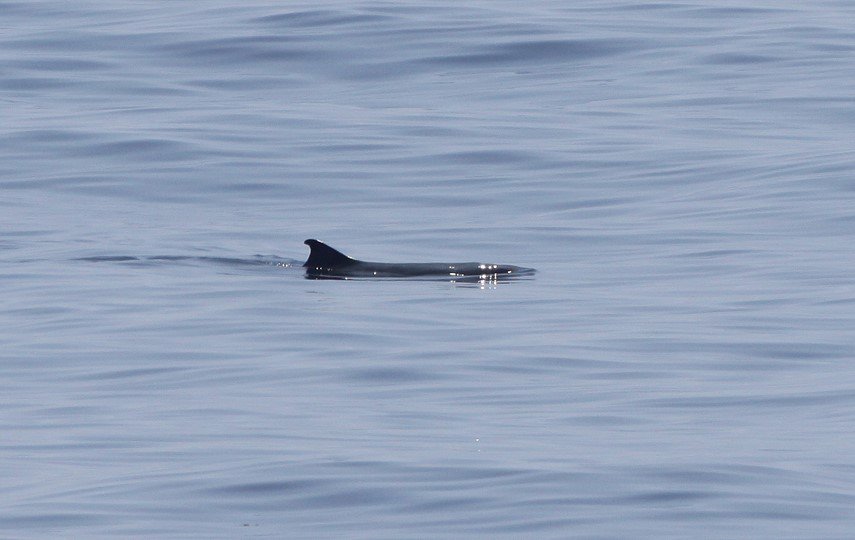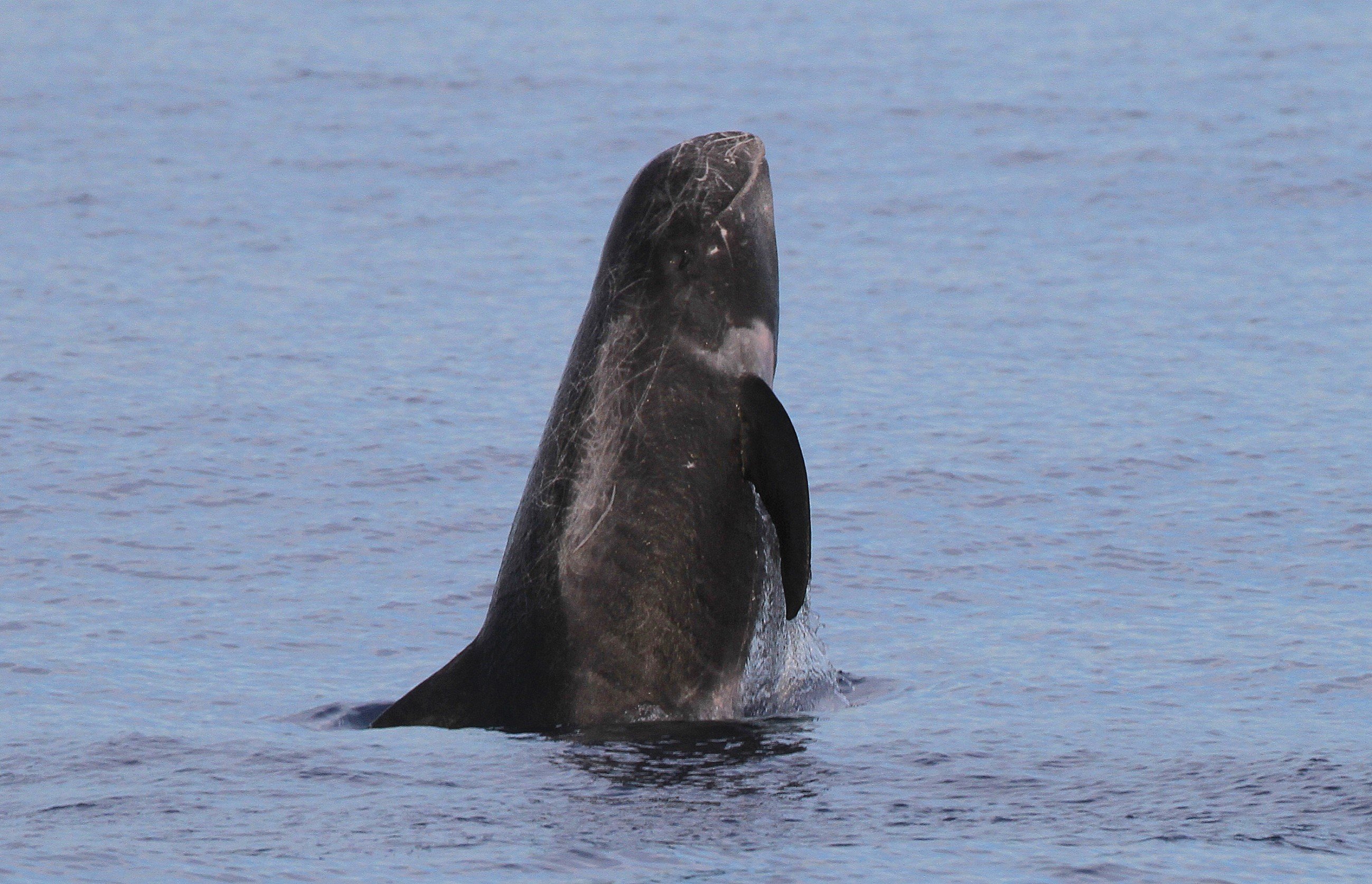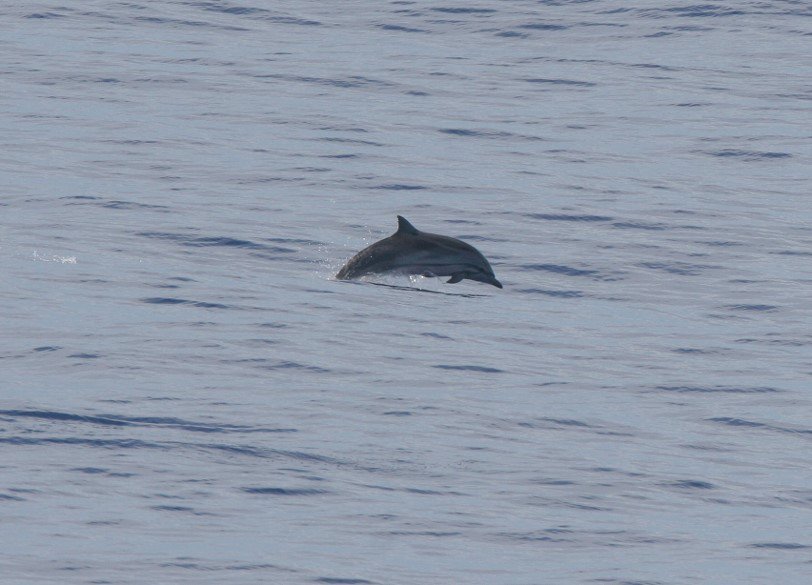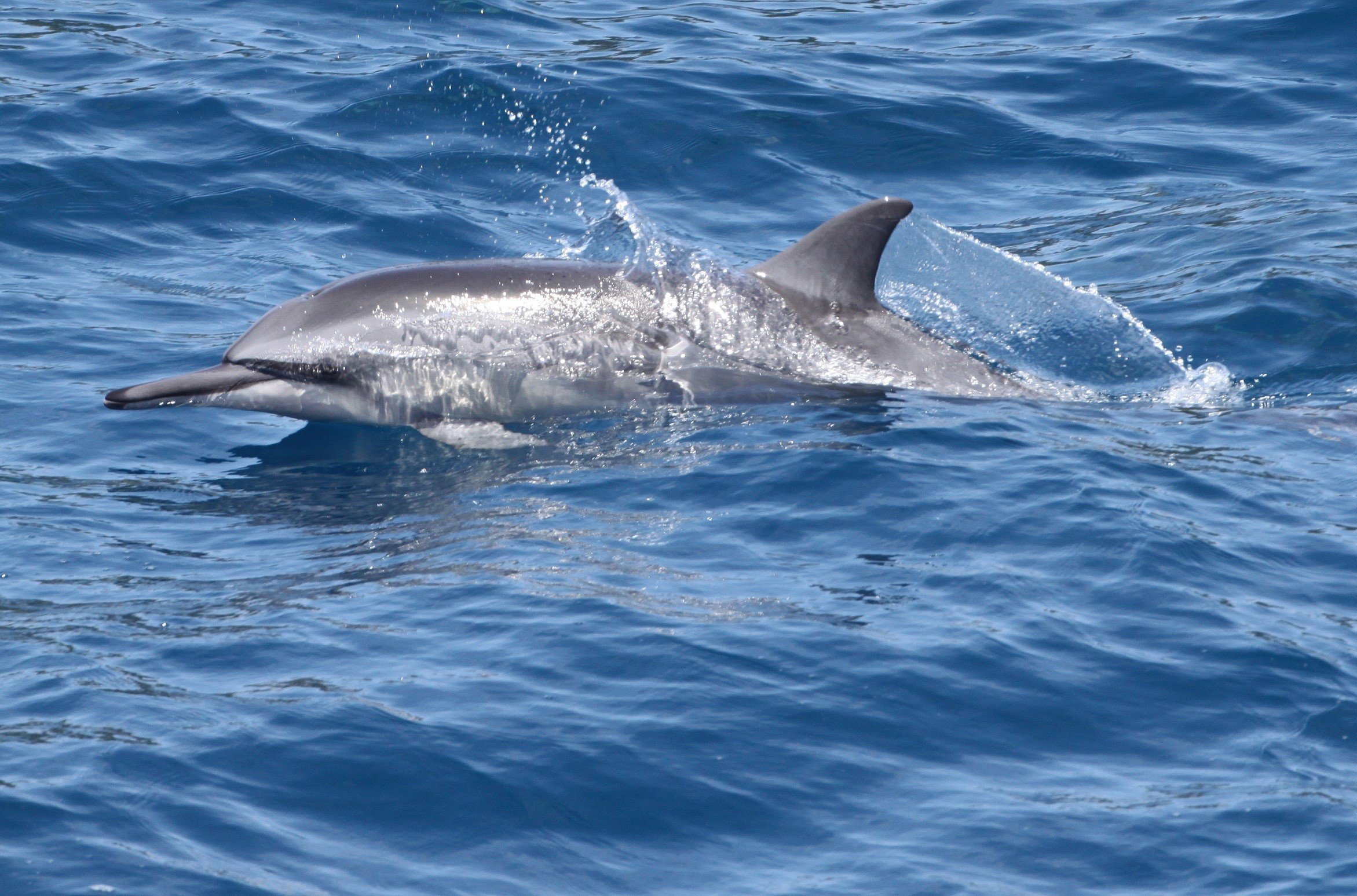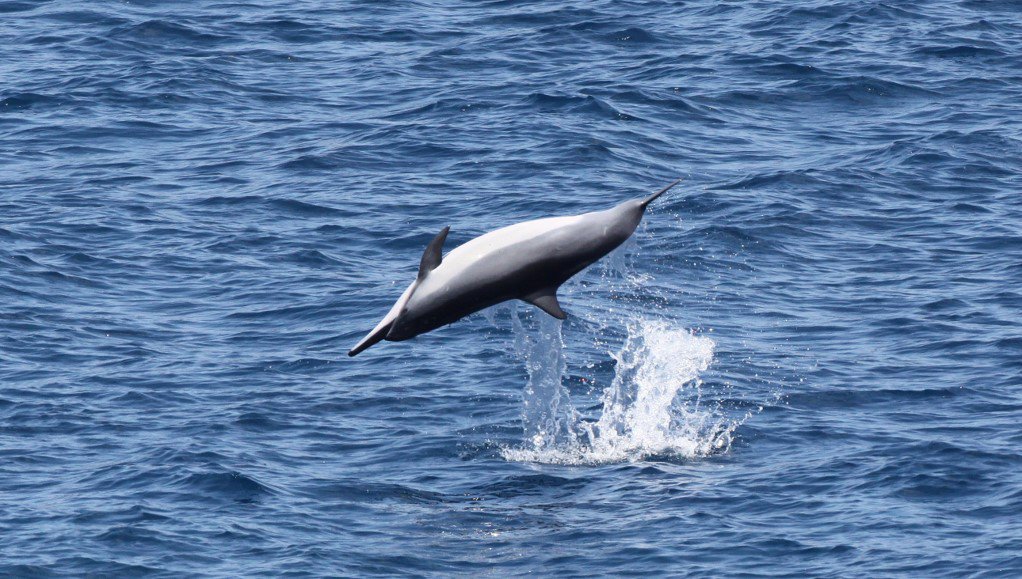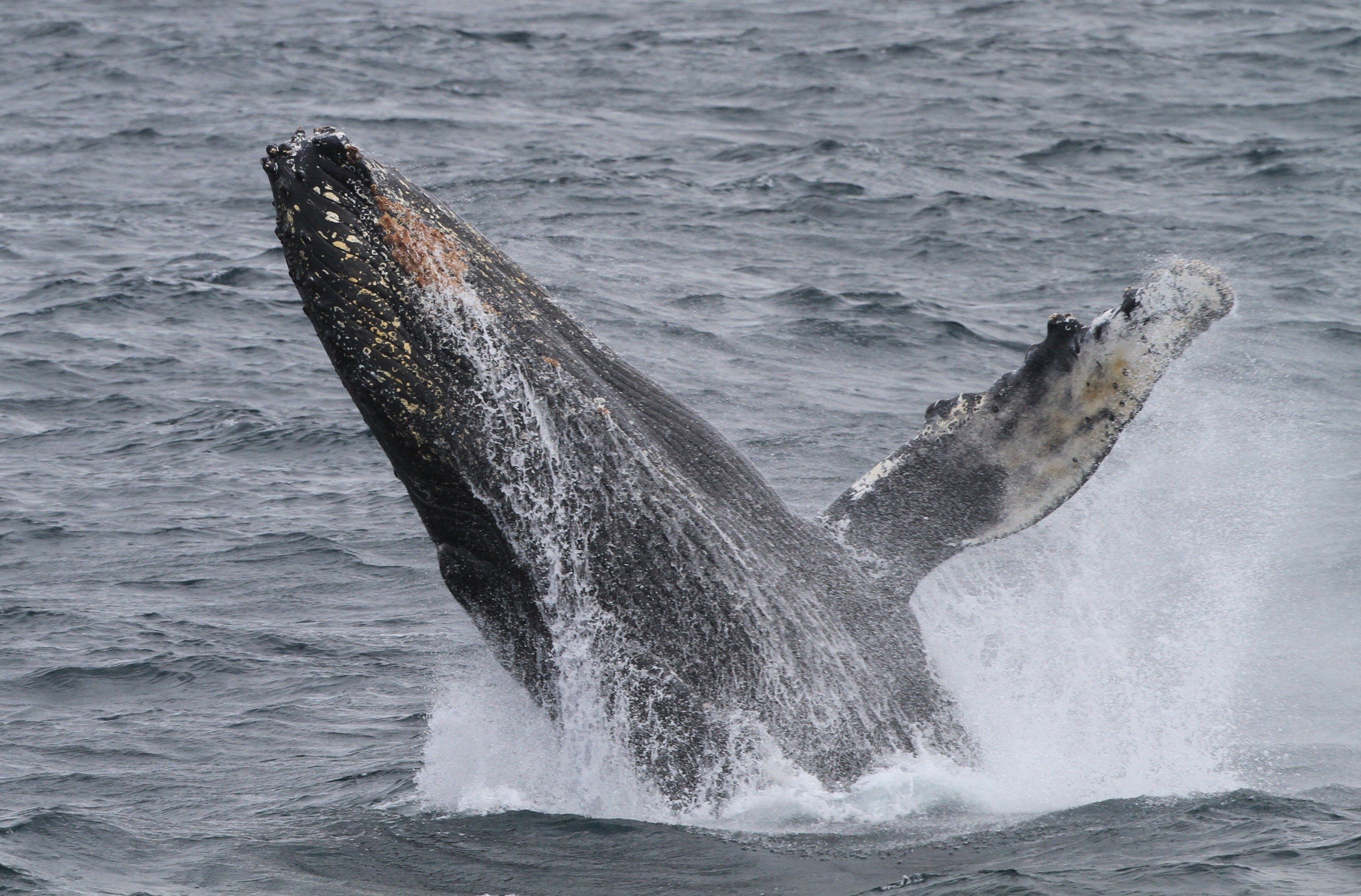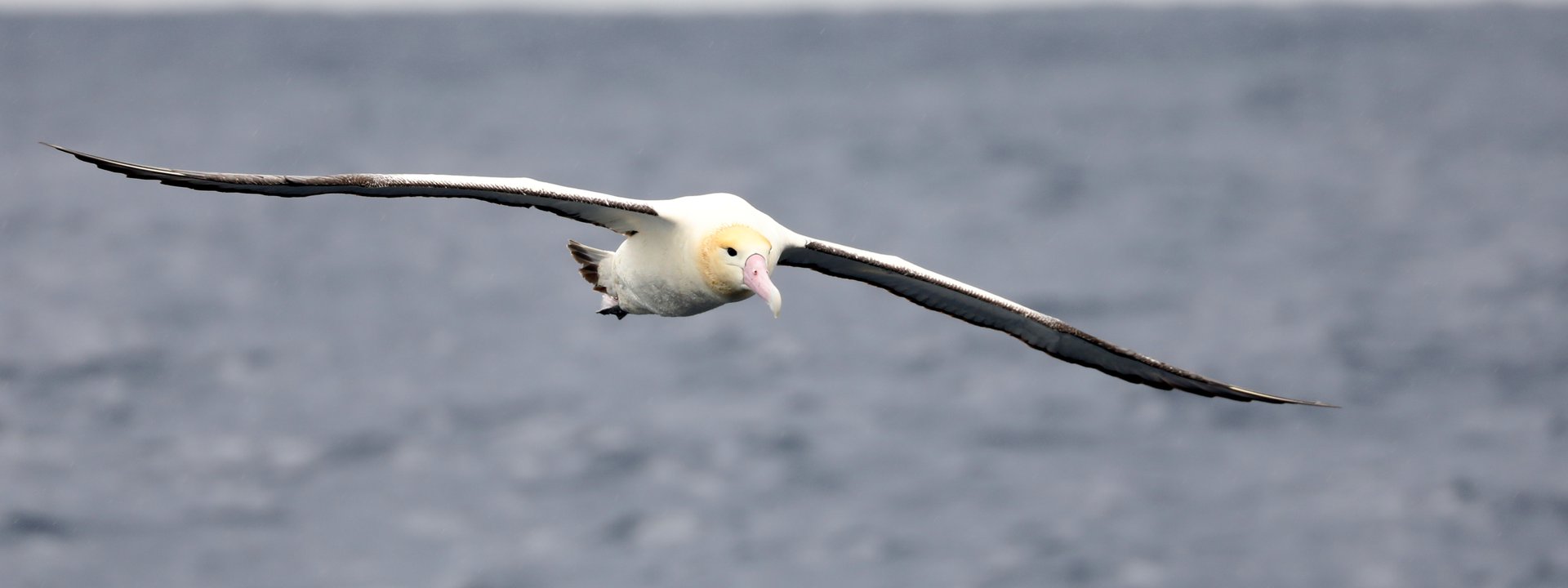New Zealand - Japan
Western Pacific Odyssey
The 'ultimate' wildlife cruise for Pacific seabirds, island endemics and cetaceans
Widely regarded as one of the ‘ultimate’ birding voyages in the world, this amazing trip travels over 6,000 miles from New Zealand to Japan on the comfortable expedition ship Heritage Adventurer.
The "WPO" has been specially designed to maximise on the birding opportunities and WildWings' Chris Collins was heavily involved in setting up this exciting tour in collaboration with colleagues at Heritage Expeditions in New Zealand. Chris has been on every sailing since the first in 2007 and works closely with the team in New Zealand to refine the itinerary.
The list of potential species is truly exceptional, and this wildlife-focussed cruise undoubtedly encounters more poorly known seabirds than any other voyage on the planet, from New Zealand Storm Petrel in the Hauraki Gulf (New Zealand) to Beck’s Petrel and Heinroth’s Shearwater off New Ireland, through to its conclusion in Japan where we look for Short-tailed Albatross.
The trip is, however, not just about seabirds, as we also visit some amazing islands including New Caledonia where the extraordinary Kagu can be found and Guadalcanal and Bougainville, two islands which are rich in Melanesian endemics. The 2025 trip is also scheduled to go to the rarely visited island of Haha-jima where we hope to find Bonin White-eye and Japan's rarest endemic, the Bonin Greenfinch.
The voyage is also spectacular for cetaceans with species such as Dwarf and Pygmy Sperm Whales (as well as the much larger Sperm Whale), False Killer Whale, Melon-headed Whale, Fraser's Dolphin, as well as a myriad of other species being possible.
Early enquiries are recommended as this exciting trip sometimes books up several years in advance.
Tour Dates & Prices
Thu 13th March 2025
Sun 6th April 2025
- Contact Us
Tour Cost: 25 Days from £8995 excluding flights
The price quoted above is per person for the most basic (triple) cabin. Heritage Adventurer has a number of single cabins and the "single supplement" shown above is the difference between a twin and single cabin on Deck 5. Please click on the 'trip info' tab for prices for all cabins types.
What's Included?
All on board ship accommodation, meals and expedition shore excursions. Limosa/WildWings checklist of birds and mammals.
Cost Excludes
All items of a personal nature, laundry, drinks, gratuities. International/domestic flights, visas and travel insurance.
Notes
The voyage will be accompanied by a Limosa/WildWings tour leader subject to a minimum number of bookings (please see "group size" above for the number required). If this total is not achieved, there are always expert bird guides employed by Heritage Expeditions aboard the vessel who are there to assist everyone.
The Tour Cost is the amount you will pay WildWings.
Please note that for all expedition cruises, WildWings is acting as agent for the ship operator and you will need to sign up to their terms and conditions.
Tour Highlights
- cruise from New Zealand to Japan on a comfortable expedition ship exploring islands such as Norfolk, New Caledonia, Guadalcanal, Bougainville and Haha-jima.
- look for some of the least known and rarest seabirds on the planet including New Zealand Storm Petrel, 'New Caledonia Storm Petrel' (only redescribed in 2022), Bryan's Shearwater, Short-tailed Albatross, Beck's Petrel and Heinroth's Shearwater
- land on Norfolk Island (Australian island) with its convict history and home to four endemic birds including Norfolk Robin, Slender-billed White-eye and Norfolk Island Parakeet
- look for the extraordinary Kagu on New Caledonia at the Riviere Bleue Provincial Park
- chances for the other 18 extant New Caledonian endemics including New Caledonia Goshawk, Crow Honeyeater (critically endangered), New Caledonian Myzomela and New Caledonian Crow
- visit Guadalcanal in the Solomon Islands for a great selection of Solomon endemics
- explore mid-elevation forests on the rarely visited island of Bougainville
- look for the critically endangered and only recently described Bryan's Shearwater off Chichi-jima in the Bonin Islands of Japan
- visit Haha-jima in the Bonin Islands for the endemic Bonin White-eye and Japan's rarest endemic, Bonin Greenfinch
- cruise offshore from the remote Japanese island of Torishima for Short-tailed Albatross
Outline Itinerary
Embark Heritage Adventurer in Auckland, New Zealand
Seabirds in the Hauraki Gulf, New Zealand
At sea
Norfolk Island
At sea
New Caledonia
At sea
Guadalcanal, Solomon Islands
At sea
Bougainville Island, Papua New Guinea
Off the coast of Bougainville/New Ireland
Kavieng, New Ireland
At sea
Chichi-jima, Bonin Islands, Japan
Haha-jima, Bonin Islands, Japan
Torishima, Japan
At sea
Disembark Osaka, Japan
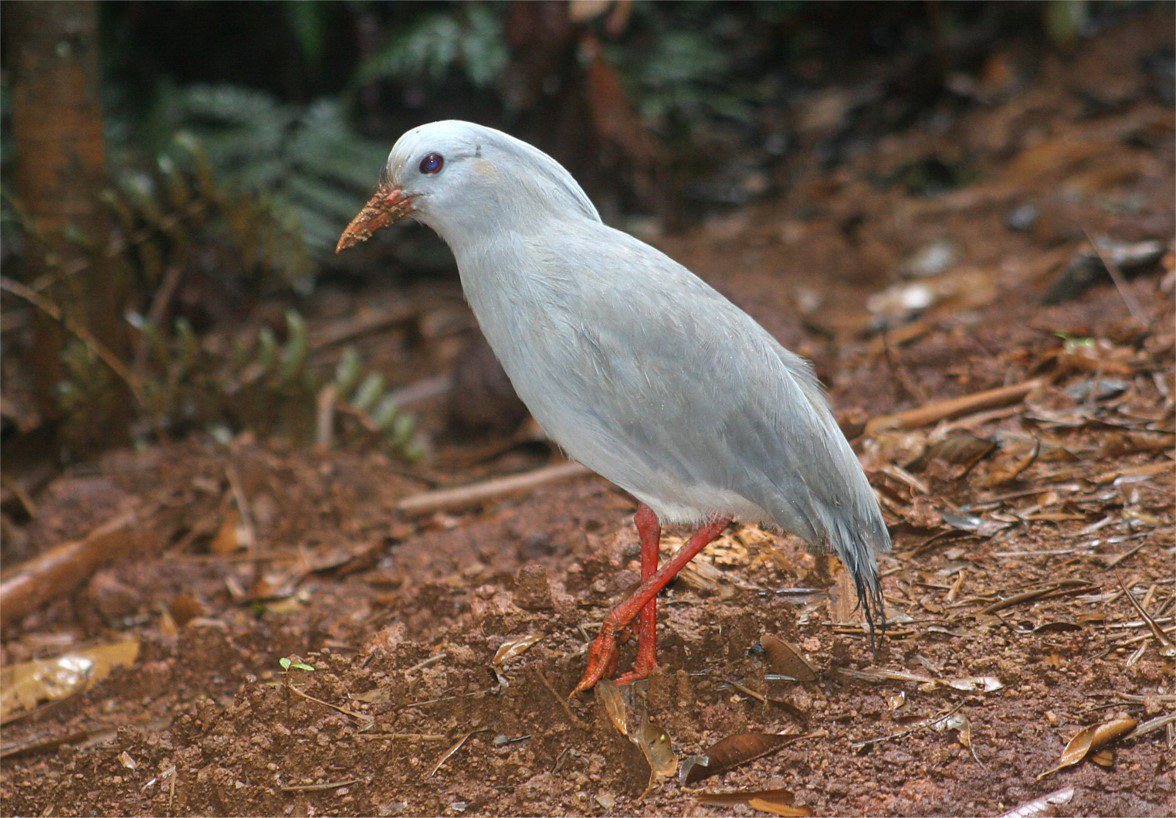
Known to many birders simply as the “WPO”, this incredible trip sails from New Zealand to Japan offering an opportunity to see a truly mouth-watering selection of seabirds, island endemics and cetaceans.
The expedition starts by visiting New Zealand’s famed Hauraki Gulf where we hope to find the critically endangered New Zealand Storm Petrel, as well other species such as Black Petrel, White-faced Storm Petrel and some of the southern albatrosses.
Continuing northwards, we plan to land on Norfolk Island where there are excellent chances of finding all the extant endemics (Norfolk Island Parakeet, Norfolk Gerygone, Norfolk Robin and Slender-billed White-eye) before one of the major highlights of the entire trip, a visit to the Rivière Bleue Regional Park on New Caledonia. This is one of the best places on this 300 mile long island to look for the unique Kagu and we also hope to find a good percentage of New Caledonia’s other endemic birds including White-bellied Goshawk, Cloven-feathered Dove, New Caledonia Imperial Pigeon, New Caledonian Whistler and Crow Honeyeater. There will also be an opportunity to visit Mount Koghi (a forest reserve about 45 minutes from where the ship is berthed) where there are chances for other endemics including New Caledonian Crow and the island's trickiest endemic, the New Caledonian Thicketbird.
As we sail on towards the Solomon Islands, one of our main seabird targets will be the ‘New Caledonian Storm Petrel’, a mysterious species which was first seen on the WPO in 2008. A recently published scientific paper has confirmed that this is indeed a long-lost species which was collected many years ago and then written off as an aberrant individual, something it most definitely is not !!!
Other seabirds we could find on this transit include specialities such as Polynesian Storm Petrel, Tahiti, Providence, Magnificent and Vanuatu Petrels, as well as more widespread species including Red-footed Booby and Red-tailed Tropicbird.
We then explore the forest slopes of Guadalcanal in the Solomon Islands which should allow us to find a great range of regional endemics. These could include Solomons Sea-Eagle, Chestnut-bellied Imperial Pigeon, Solomons Cockatoo, Yellow-bibbed Lory, Finsch’s Pygmy-Parrot, Buff-headed Coucal, Ultramarine Kingfisher, Solomons Cuckooshrike, White-winged Fantail, Solomons Monarch, Midget Flowerpecker and Brown-winged Starling.
Leaving the Solomon Islands, our next landing will be on the rarely visited island of Bougainville where we will visit some mid-elevation forest for more specialities including Bougainville Monarch and Bougainville Crow.
Our next major targets are two very special seabirds, Beck’s Petrel and Heinroth’s Shearwater. These highly localised species are extremely poorly known with the breeding grounds yet to be located but we stand a good chance of seeing them both. The shelf-edge off Bougainville and New Ireland is also excellent for cetaceans and on previous visits our sightings have included Pygmy Killer Whale, Melon-headed Whale, False Killer Whale, Spinner Dolphin, Rough-toothed Dolphin, Sperm Whale and both Pygmy and Dwarf Sperm Whales.
The landing at Kavieng, the capital of the Papua New Guinean province of New Ireland, is where those not continuing to Japan will disembark. For those journeying onwards, there will a chance for some local birding with the New Ireland endemic Mottled Mannikin being one of the targets, along with Bismarck Crow which also occurs on New Britain.
Crossing the Equator and continuing north, the emphasis moves back to speciality seabirds and we hope to find Short-tailed, Black-footed and Laysan Albatrosses, Matsudaira’s and Tristram’s Storm Petrels, plus the critically endangered Bryan’s Shearwater, as the ship heads onwards towards Japan.
Our final landing will be on Haha-jima in the Bonin Islands archipelago of southern Japan where we will look for Bonin White-eye (which is endemic to the island) and Japan’s rarest endemic, the Bonin Greenfinch.
The cruise will hopefully conclude with the final speciality seabird of this incredible voyage, the tricky Japanese Murrelet.
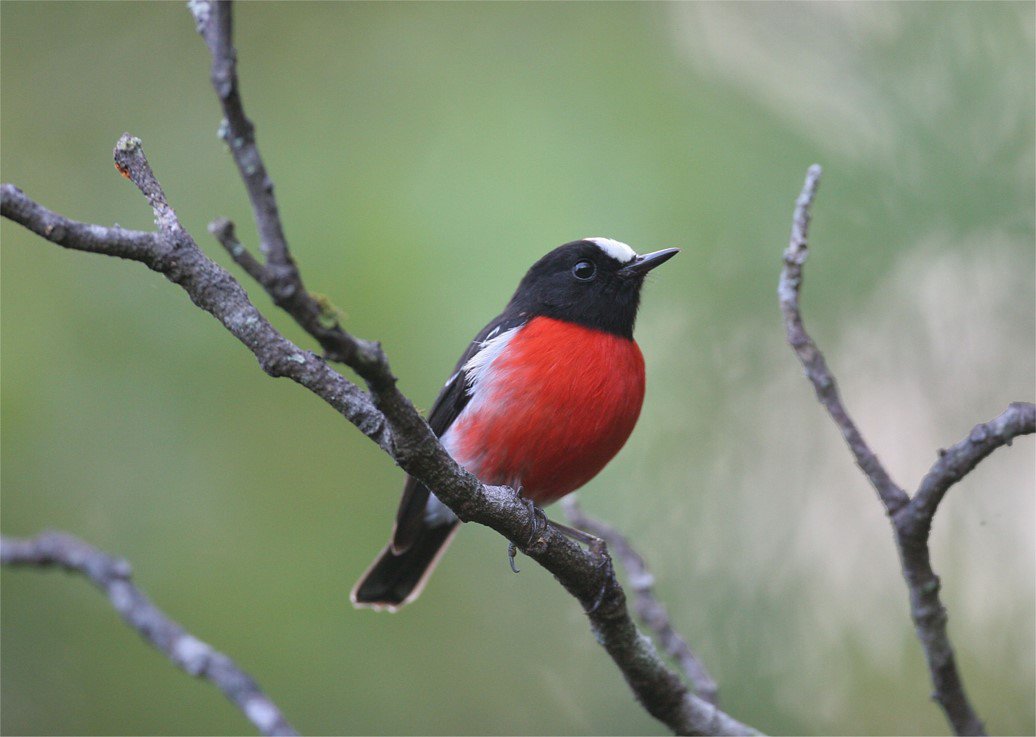
Day 1: AUCKLAND, NEW ZEALAND
Board the ship and sail late afternoon with the first seabirds of the trip likely to include Australasian Gannet, Fluttering Shearwater and Silver Gull.
Day 2: HAURAKI GULF
We plan to spend the morning exploring the Hauraki Gulf where we will look for the critically endangered New Zealand Storm Petrel as well as Little Penguin, Buller’s, Fluttering and Little Shearwaters and Grey-faced and Black Petrels.
Day 3: AT SEA
On the transit to Norfolk Island, potential species could include Gould’s, Black-winged, Kermadec, White-necked and Grey-faced Petrels, plus Wedge-tailed and Short-tailed Shearwaters.
Day 4: NORFOLK ISLAND
This Australian island (once an infamous penal colony in the days when convicts were transported from the UK to Australia) is home to four endemics - Norfolk Island Parakeet, Norfolk Gerygone, Norfolk Robin and Slender-billed White-eye. Once ashore, we plan to visit the island’s remnant forest where there are good chance of seeing all of these plus the highly distinctive form of Golden Whistler.
As we head north in the late afternoon, we will look for the endemic subspecies of Little Shearwater as well as White-bellied Storm Petrel.
Day 5: AT SEA
As the ship heads towards New Caledonia, there are several underwater seamounts close to our route and these can be productive for seabirds including Tahiti, Collared, White-necked, Providence and Kermadec Petrels. In 2008, we found the first Australian record of Polynesian Storm Petrel in this area and there are also chances for the New Caledonian Storm Petrel.
This species was first seen on the WPO expedition in 2008 and has been found on a number of occasions since then. Although seemingly a close relative of the New Zealand Storm Petrel, it is unquestionably different and is now considered that this is the same as a long-lost species collected in Samoa more than 200 years ago.
Day 6: NEW CALEDONIA - PARC DE LA RIVIERE BLEUE
Once immigration and customs clearance has been completed in Noumea, the capital of New Caledonia, we will leave the ship for a visit to the Parc de la Rivière Bleue Regional Park where our main priority will be the island’s endemics including the incredible Kagu and critically endangered Crow Honeyeater.
Other species we might find include White bellied (New Caledonian) Goshawk, Horned and New Caledonian Parakeets, New Caledonian Imperial Pigeon, Southern Melanesian and New Caledonian Cuckooshrikes, Yellow-bellied Robin and Red-throated Parrotfinch.
Day 7: NEW CALEDONIA - MOUNT KOGHI AND AT SEA
We plan to leave the ship before dawn for a morning visit to the forested slopes of Mount Koghi where there are chances for both New Caledonian Crow and New Caledonian Thicketbird, birds we are highly unlikely to have seen at Parc de la Rivière Bleue. Other possibilities include White bellied (New Caledonian) Goshawk, South Melanesian Cuckooshrike, New Caledonian Streaked Fantail, Southern Shrikebill and Yellow-bellied Robin.
We will head back out to sea in the late morning and there will be further opportunities to look for New Caledonian Storm Petrel as we cruise up the western coast of the island, with other possibilities including Tropical Shearwater, Red-footed Booby and Gould's Petrel.
Days 8 to 10: AT SEA
As the ship heads for the Solomon Islands, new seabirds could include Polynesian Storm Petrel, Providence Petrel, Vanuatu Petrel, Collared Petrel and Tahiti Petrel. We will also hope to see Band-rumped Storm Petrel as we have seen this on several occasions, even though this species is normally regarded as one which is not found in the southwest part of the Pacific.
There are also chances for some interesting cetaceans on this transit and in 2019 we had one of the first at sea sightings of the recently described Deraniyagala’s Beaked Whale.
Day 11: HONIARA, GUADALCANAL, SOLOMON ISLANDS
We will anchor off Honiara, the capital city of the Solomon Islands, and depart before dawn for the forested slopes behind the town. The birding here is exceptional and the specialities could include Ultramarine Kingfisher, Solomons Cuckooshrike, Chestnut-bellied Monarch, Steel-blue Flycatcher, Midget Flowerpecker, Brown-winged Starling and Black-headed Myzomela. Depending on the number of fruiting trees, there could also be a good variety of parrots and pigeons, including Yellow-bibbed Lory, Solomons Cockatoo and Red-knobbed Imperial Pigeon.
Day 12: AT SEA
We will spend the day cruising westwards through the waters of the Solomon Islands with this being our first opportunity to see the poorly known Heinroth's Shearwater. The breeding grounds of this small all-dark shearwater remain to be discovered but it is thought that at least some of the birds nest on the mountainous island of Kolombangara as they are regularly seen offshore from there in the late afternoon.
We may see some mixed species feeding flocks too and as well as checking these for shearwaters, we will also need to be on the lookout for Grey-backed Tern as this is also a possibility in this region.
These waters can also be good for cetaceans with both Dwarf and Pygmy Sperm Whales amongst the species we have seen previously.
Day 13: BOUGAINVILLE, PAPUA NEW GUINEA
Although politically Bougainville is part of Papua New Guinea, from a biological perspective it has more in common with the Solomon Islands and after being closed to outsiders for many years (due to political problems), the island is now a welcoming destination.
After clearing customs and immigration, we will head up a paved road to explore some mid-elevation forest and whilst the habitat is somewhat degraded, it still offers some excellent birding on an island that very few birders have had the opportunity to visit.
There are a number of species which are endemic to Bougainville and nearby islands which we could see and these include Boungainville Rail, Bougainville Monarch, Bougainville Bush Warbler, Bougainville Crow and Bougainville White-eye. Other possibilities include Blyth's Hornbill, Ultramarine Kingfisher, Meek's Lorikeet, Solomons Cuckooshrike, Solomons Rufous Fantail and Yellow-throated White-eye.
Day 14: SHIP CRUISING OFF THE COAST OF BOUGAINVILLE AND NEW IRELAND
The waters off the coast of Bougainville and New Ireland are where we stand our best chance of finding the critically endangered Beck’s Petrel. This species was only rediscovered in 2007 after the original specimens were collected in 1928/29.
This area will be our final opportunity to look for Heinroth’s Shearwater, however, there is also a dark pseudobulweria petrel which has been seen here on a number of occasions which appears to be an undescribed species.
Due to a deeply shelving trench between New Ireland and Bougainville, the waters off these two islands are a fantastic place for cetaceans with the possibilities including Melon-headed Whale, Dwarf and Pygmy Sperm Whales and Orca.
Day 15: KAVIENG, NEW IRELAND
Kavieng is the capital of the Papua New Guinean province of New Ireland and the largest town on the island and those not continuing to Japan will disembark after breakfast with a transfer provided to the nearby airport.
For those journeying on to Japan, there should be time for some local birding with one of our main targets being Mottled Mannikin (otherwise known as Mottled Munia or Hunstein's Mannikin) which is endemic to New Ireland. We will also hope to find Bismarck Crow (which is endemic to New Ireland and New Britain) with other possibilities including Variable Goshawk, White-bellied Sea Eagle and Red-knobbed Imperial Pigeon.
Days 16 to 20: AT SEA
Over the next five days the ship will cross the Equator and Tropic of Cancer as we head north for Japan.
Initially the birding is likely to be relatively slow with the possibility of species such as Bulwer’s Petrel, Tropical Shearwater, White-tailed Tropicbird and Sooty Tern, however, as we pass the North Mariana Islands, we will begin to encounter a different suite of birds with Christmas Shearwater, Matsudaira's Storm Petrel and Bonin Petrel amongst the possibilities.
As we get closer to the Bonin Islands, there will be increased chances for Bannerman's Shearwater and we will also hope to pick out Tristram's Storm Petrel from amongst the much more numerous Matsudaira's.
Day 21: CHICH-JIMA, BONIN ISLANDS, JAPAN
After clearing into Japan at the largest of the Bonin Islands, Chichi-jima, we may have time to go ashore to look for Japanese Bush Warbler, Blue Rock Thrush, Brown-eared Bulbul and Japanese White-eye. Our main priority, however, is to be off the eastern coast by mid-late afternoon as there is a small islet which is the only known breeding site for the critically endangered Bryan’s Shearwater.
It is thought the world population of this recently described species could be as low as 70 individuals and we will have to search through the Bannerman’s Shearwaters in the hope of finding this smallest member of the shearwater family.
Day 22: HAHA-JIMA, BONIN ISLANDS, JAPAN
During the night, the ship will reposition approximately forty kilometres to the south to allow us to make a landing on the rarely visited island of Haha-jima. Reaching this island by ferry from mainland Japan is extremely time-consuming so few foreign birders have been here despite it being the only place in the world where the extremely handsome Bonin White-eye can be found.
We stand a good chance of finding this important speciality, however, we will also hope to encounter Bonin Greenfinch which is now regarded as a full species by authorities such as the IOC. Whilst it is known that the greenfinch breeds on some of the very small islands offshore from Haha-jima, it remains unclear if it is actually resident on the island itself, however, birds are certainly seen here periodically. As this is now regarded as Japan's rarest endemic, we will certainly hope to find it along with the white-eye.
Other possibilities include Black (Japanese) Wood Pigeon, Eastern Buzzard, Brown-eared Bulbul, Japanese Bush Warbler, Warbling (Japanese) White-eye and Blue Rock Thrush and with the northbound migration underway, we may also see some transient species.
As we head north and away from Haha-jima, there will be an excellent chance of seeing Humpback Whales as there are often good numbers around the Bonin Islands.
Day 23: TORISHIMA, JAPAN
Landings are not permitted on this special island but we plan to cruise offshore in the hope of finding what is surely one of the most beautiful seabirds in the world, the gorgeous Short-tailed Albatross. This species was believed to have been driven to extinction in the early part of the 20th Century due to feather trade but has slowly begun to recover and it is now thought to number about 2,500 birds.
We will hopefully also find Black-footed Albatross and there are also chances of Laysan Albatross and Streaked Shearwater.
We may also find some cetaceans and previous WPOs have recorded Risso’s and Pantropical Spotted Dolphin, Melon-headed Whale, Cuvier’s Beaked Whale and the very rarely seen Ginkgo-toothed Beaked Whale in this region.
Day 24: AT SEA
We will have a final day at sea and whilst we are unlikely to find any new seabirds, there will be a final opportunity to enjoy those we have encountered over the preceding days with Short-tailed Albatross, Streaked Shearwater, Matsudaira's Storm Petrel and Bonin Petrel amongst the possibilities.
Day 25: OSAKA, JAPAN
After completing Japanese arrival formalities, this amazing trip concludes at the port of Osaka and after breakfast there will be a complementary transfer to Osaka Air Terminal.
Please note: All itineraries are subject to weather, local conditions and final approval by the relevant authorities.
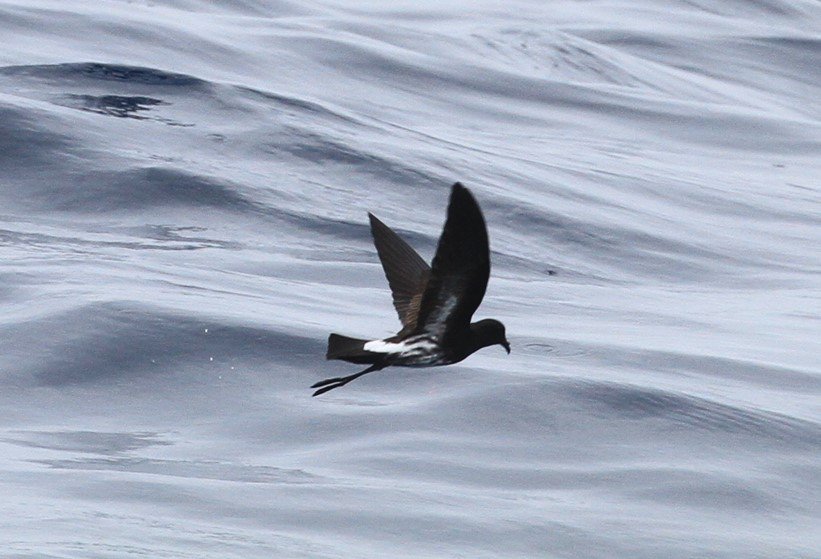
THE SHIP
Heritage Expeditions have been running the "WPO" since 2007. Previously these expeditions ran on a converted Russian research vessel, the Spirit of Enderby (or to give it it's Russian name Professor Khromov), however, since mid-2022 Heritage Expeditions have been operating Heritage Adventurer, and all future Western Pacific Odyssey voyages will be on this vessel.
This purpose built expedition ship (which was previously known as Hanseatic and Resolute) offers extremely comfortable cabins and passenger facilities and is so smooth that on flat seadays it is possible to use a telescope to look for seabirds.
Originally designed to accommodate 184 guests, Heritage Adventurer will carry a maximum of 140 expeditioners ensuring spacious, stylish and comfortable voyages. There will be a fleet of 14 zodiacs to ensure all guests are able to maximise on their expedition experience.
CABINS OPTIONS AND PRICES - 2025
Main Deck Triple - 2025: £8,995 including landing fees
Main Deck Triple Cabins on Deck 3 are a spacious 22m2 and feature two porthole windows, two single beds and one Pullman bed which folds down from the wall, comfortable lounge, writing desk, private en-suite with shower, ample storage and a flat screen entertainment system.
Superior Triple - 2025: £10,100 including landing fees
Superior Triple Cabins on Deck 5 are a spacious 22m2 and feature large panoramic windows, two single beds and one Pullman bed which folds down from the wall, comfortable lounge, writing desk, private en-suite with shower, ample storage and a flat screen entertainment system.
Deck 4 Superior - 2025: £10,675 including landing fees
Superior Cabins on Deck 4 are a spacious 22m2 and feature large panoramic windows, king or two single beds, comfortable lounge, writing desk, private en-suite with shower, ample storage and a flat screen entertainment system.
Deck 5 Superior - 2025: £11,550 including landing fees
Superior Cabins on Deck 5 are a spacious 22m2 and feature large panoramic windows, king or two single beds, comfortable lounge, writing desk, private en-suite with shower, ample storage and a flat screen entertainment system.
Main Deck Single - 2025: £12,985 including landing fees
Main Deck Single Cabins on Deck 3 are a spacious 22m2 and feature two porthole windows, king bed, comfortable lounge, writing desk, private en-suite with shower, ample storage and a flat screen entertainment system.
Superior Single - 2025: £13,095 including landing fees
Superior Single Cabins on Deck 5 are a spacious 22m2 and feature large panoramic windows, king bed, comfortable lounge, writing desk, private en-suite with shower, ample storage and a flat screen entertainment system.
Worsley Suite - 2025: £16,595 including landing fees
Located on Deck 6, Worsley Suites are a spacious 22m2 and feature large panoramic windows, king or two single beds, comfortable chaise-style lounge suite, writing desk, private en-suite with shower, ample storage and a flat screen entertainment system.
Heritage Suite - 2025: £23,100 including landing fees
Located on Deck 6, Heritage Suites are an expansive 44m2 and feature large double panoramic windows, king bed, large living area with a sofa, coffee table and chairs and grand marble bathroom with a double basin, bathtub and shower, large writing desk, floor to ceiling cabinetry for storage and a flat screen entertainment system.
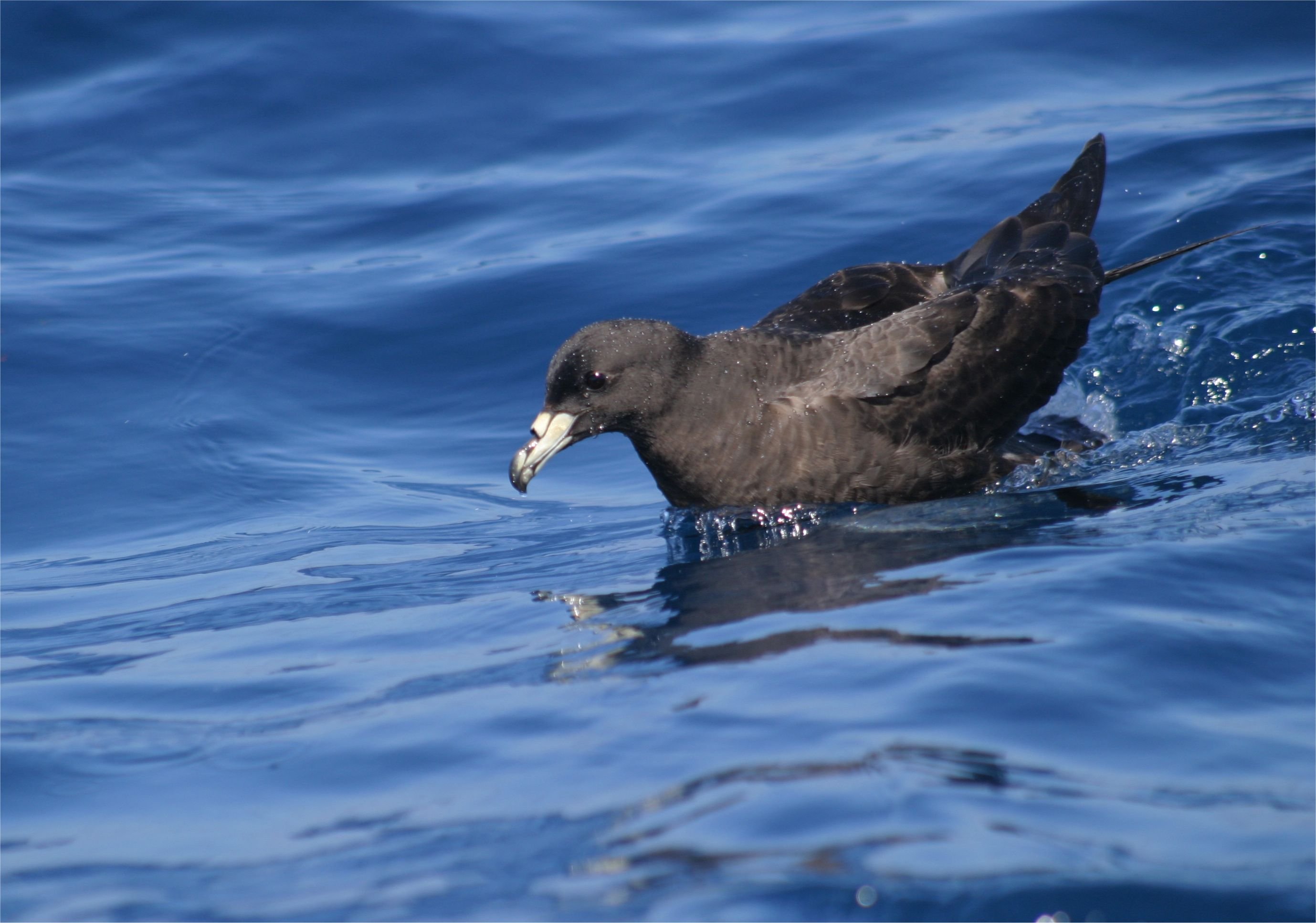
Tour Gallery
View a gallery of images for this tour below, click on an image to view as full size with caption
